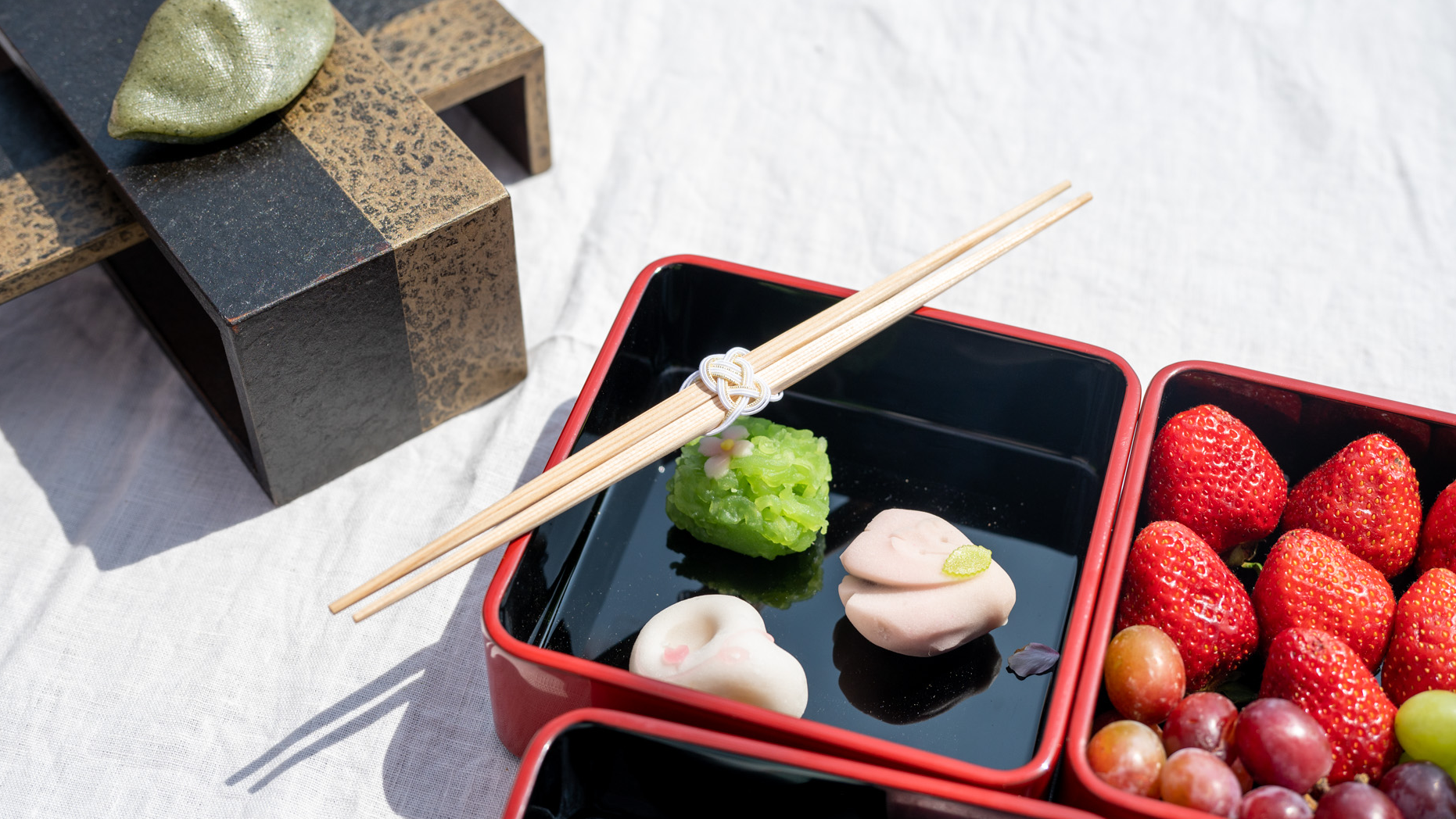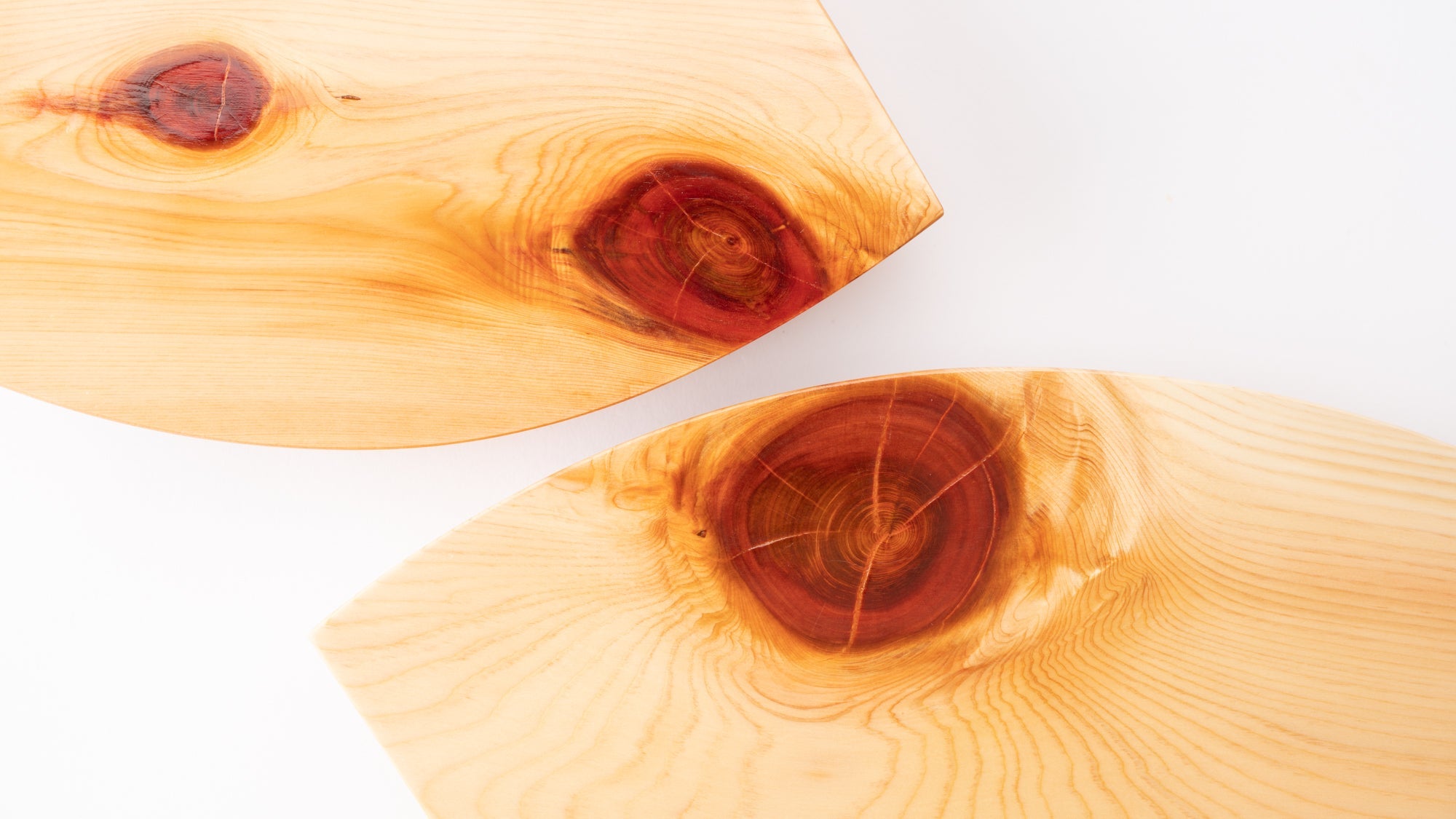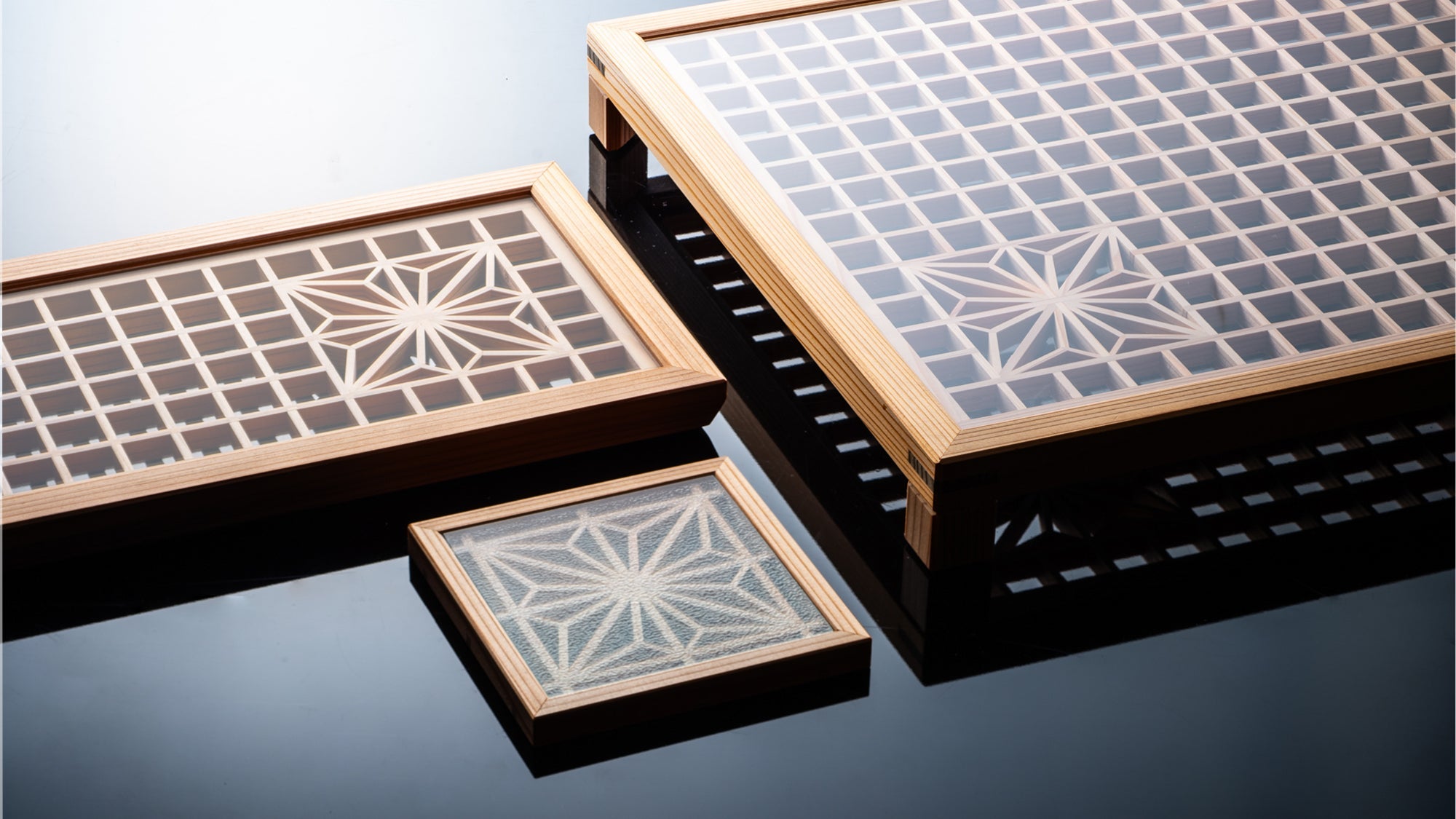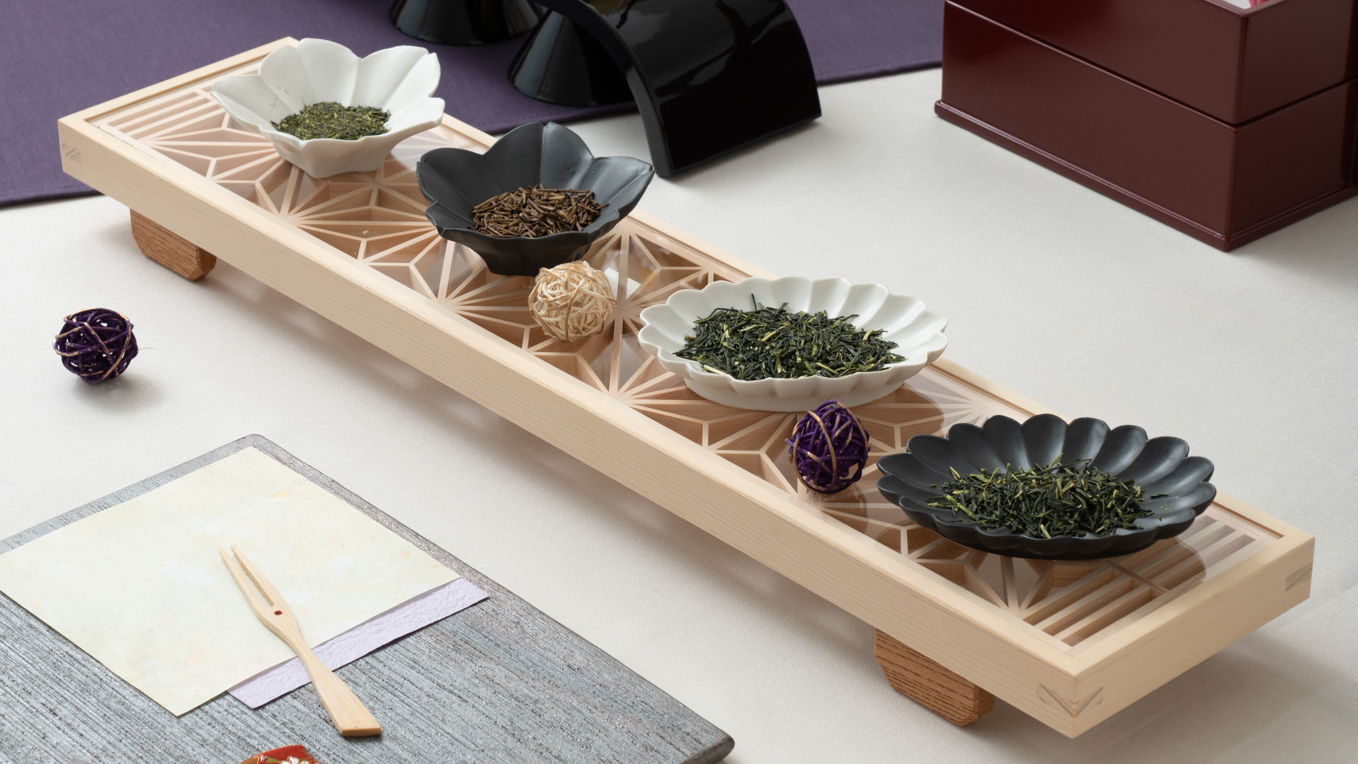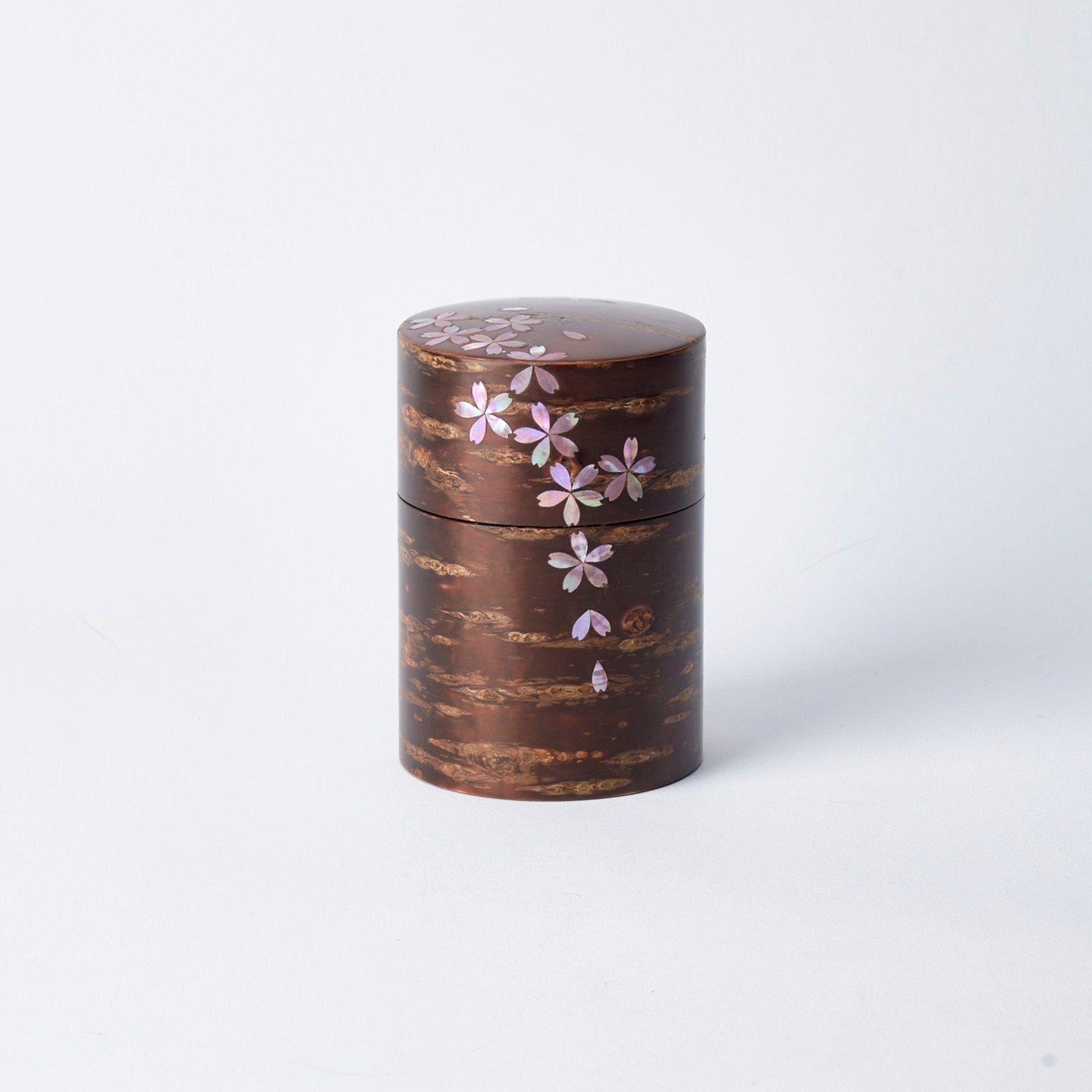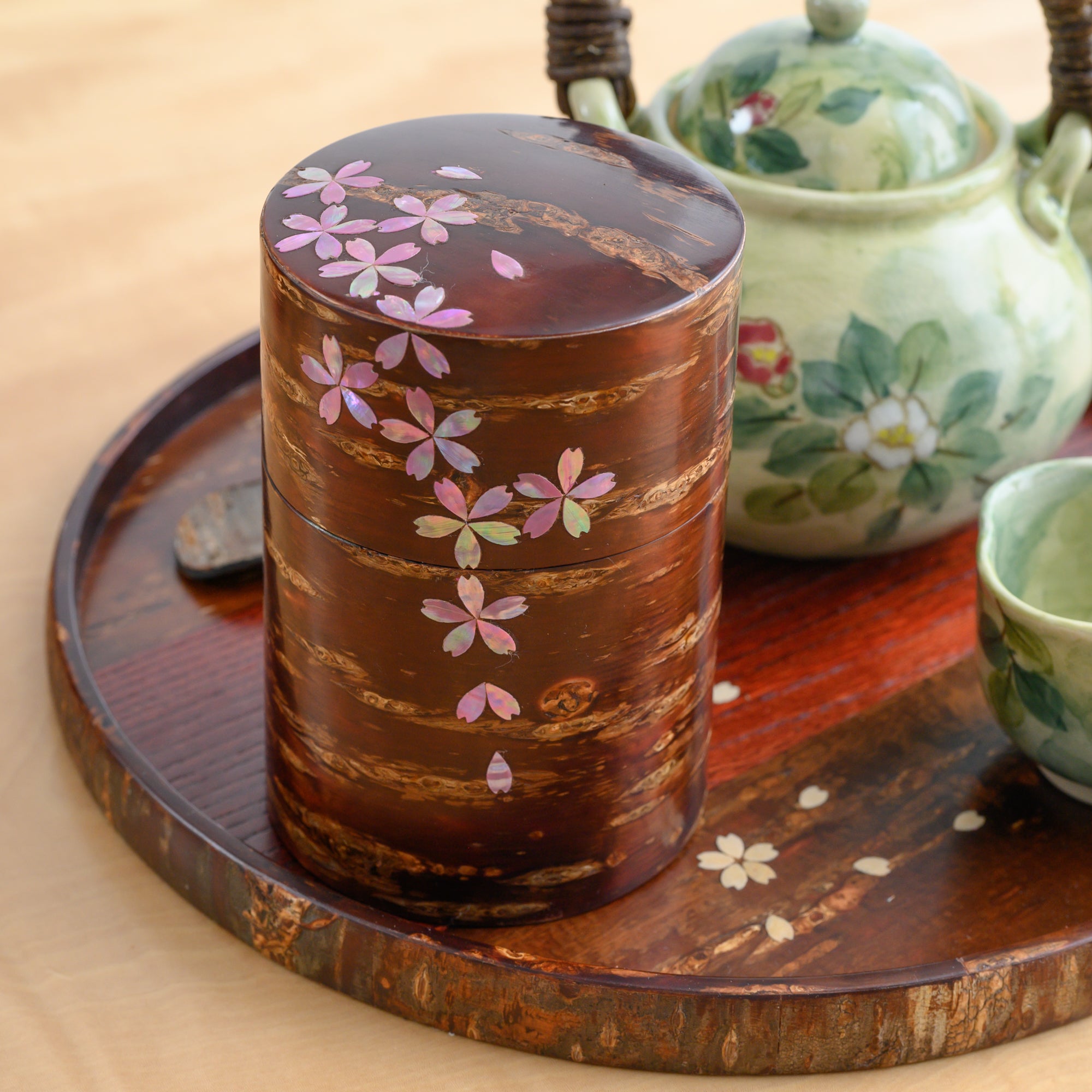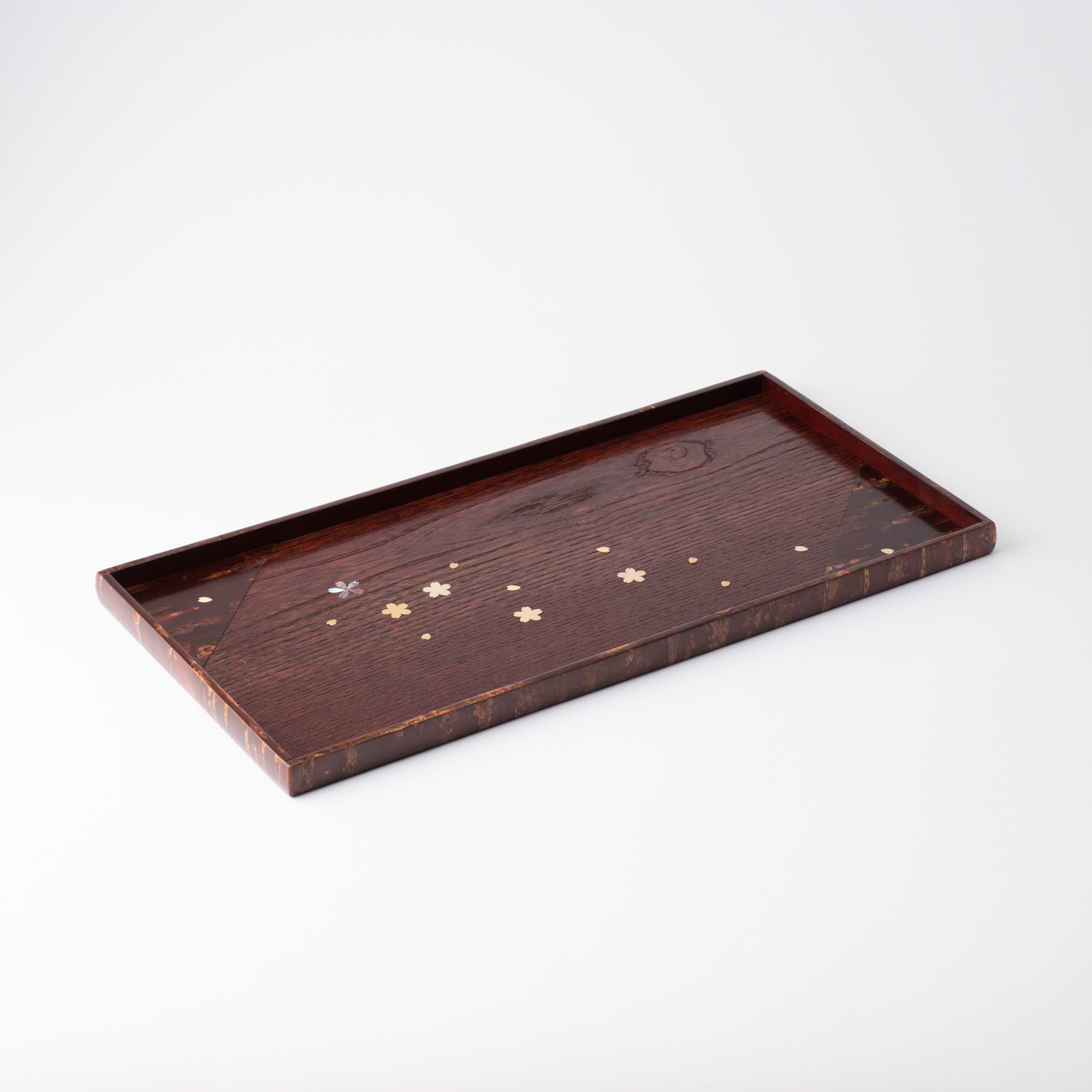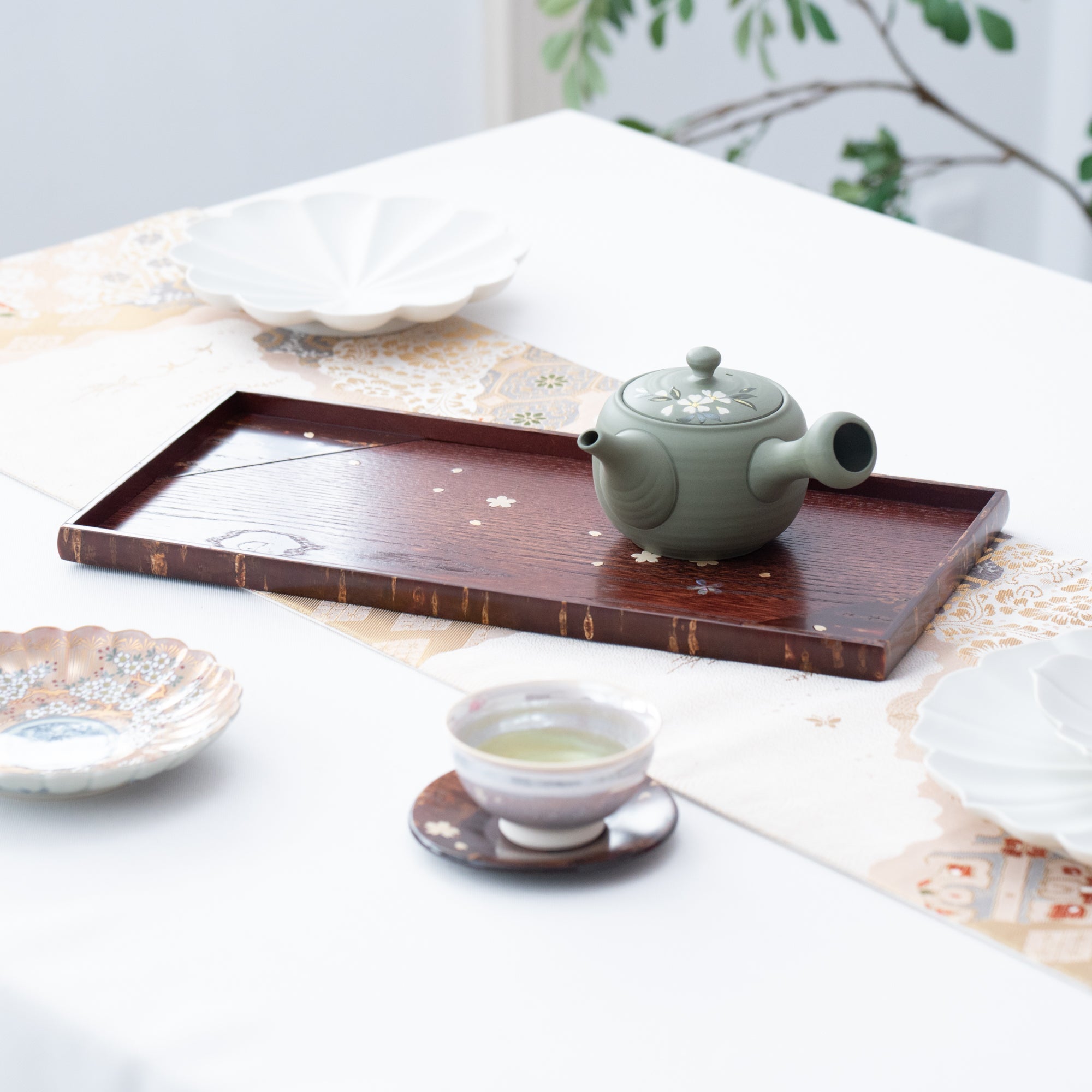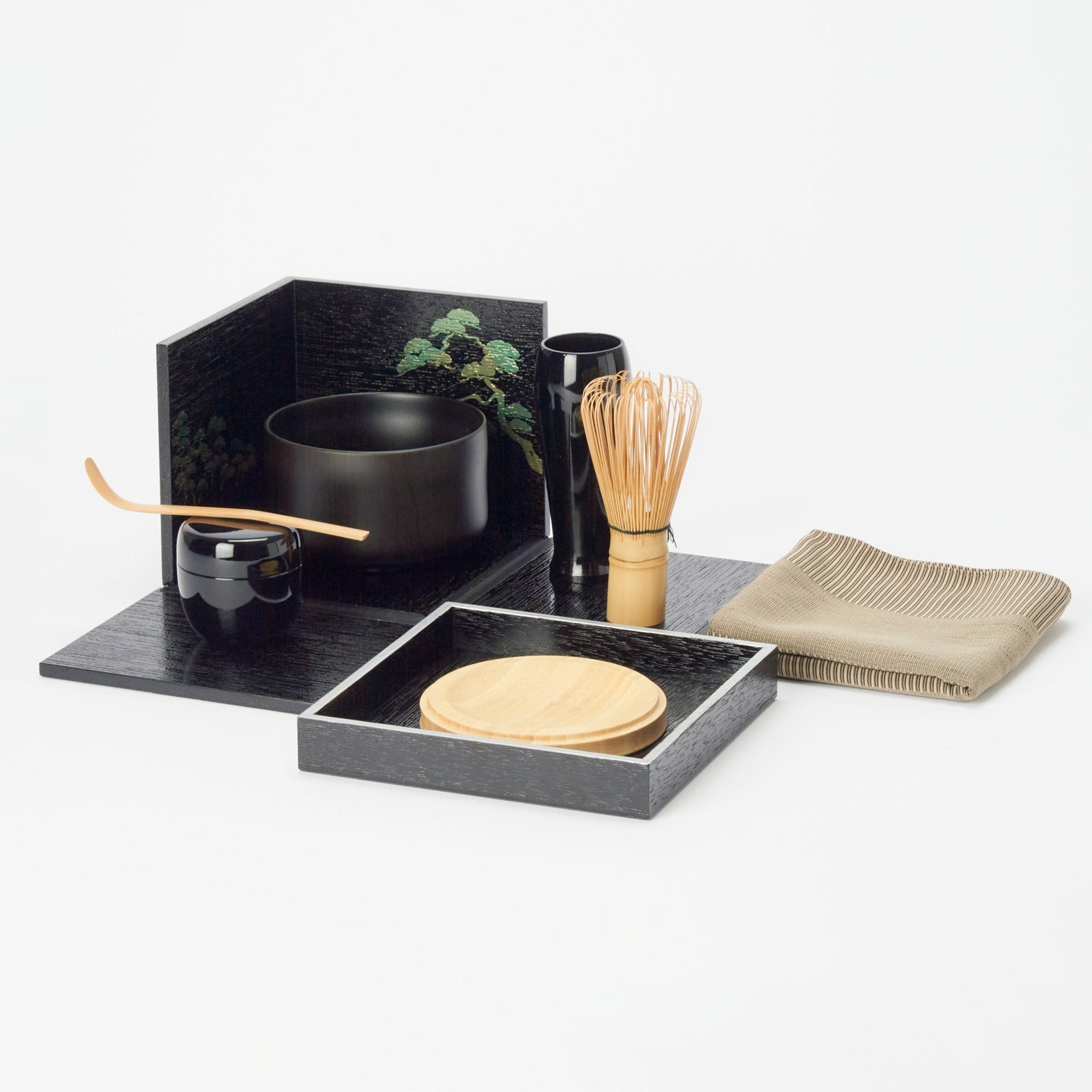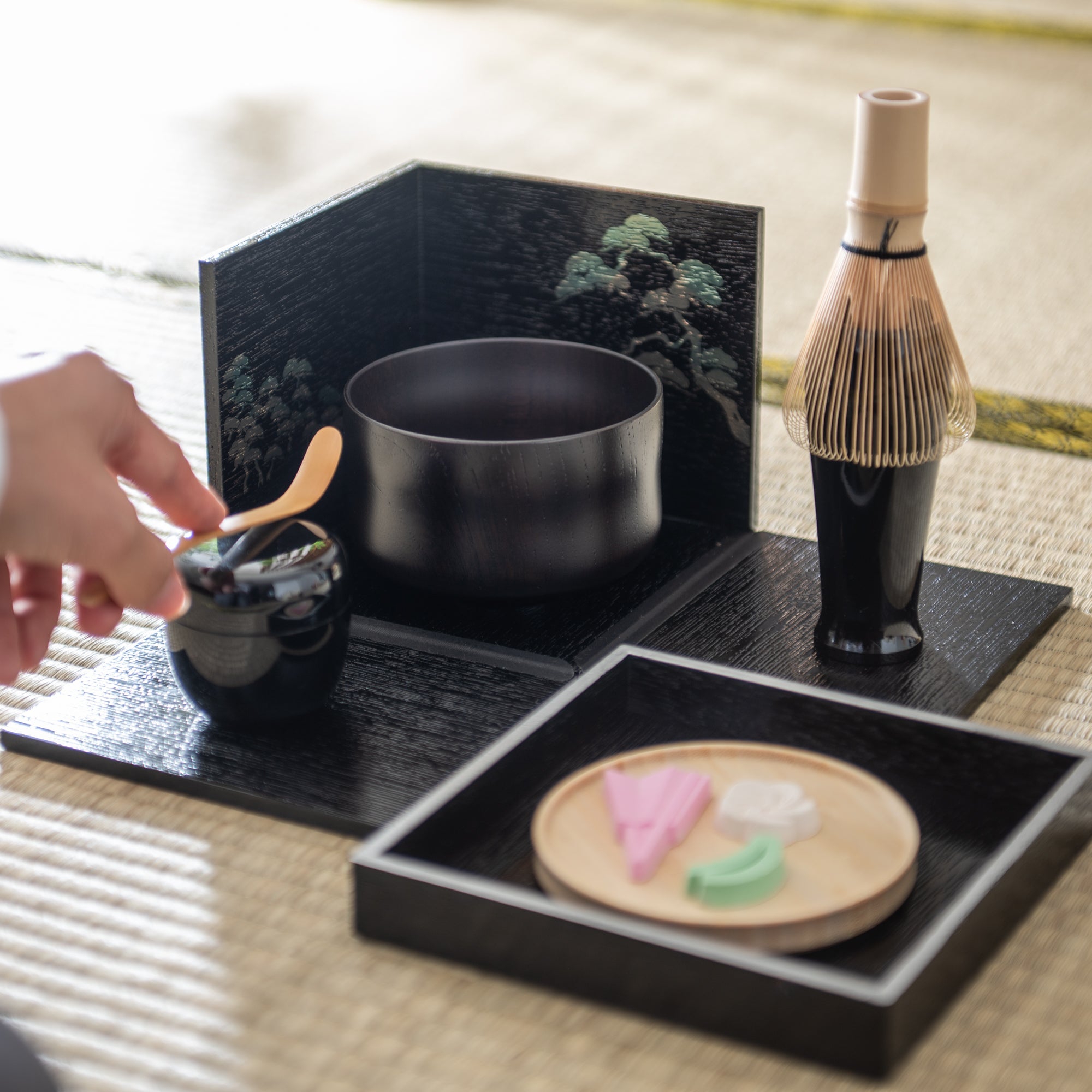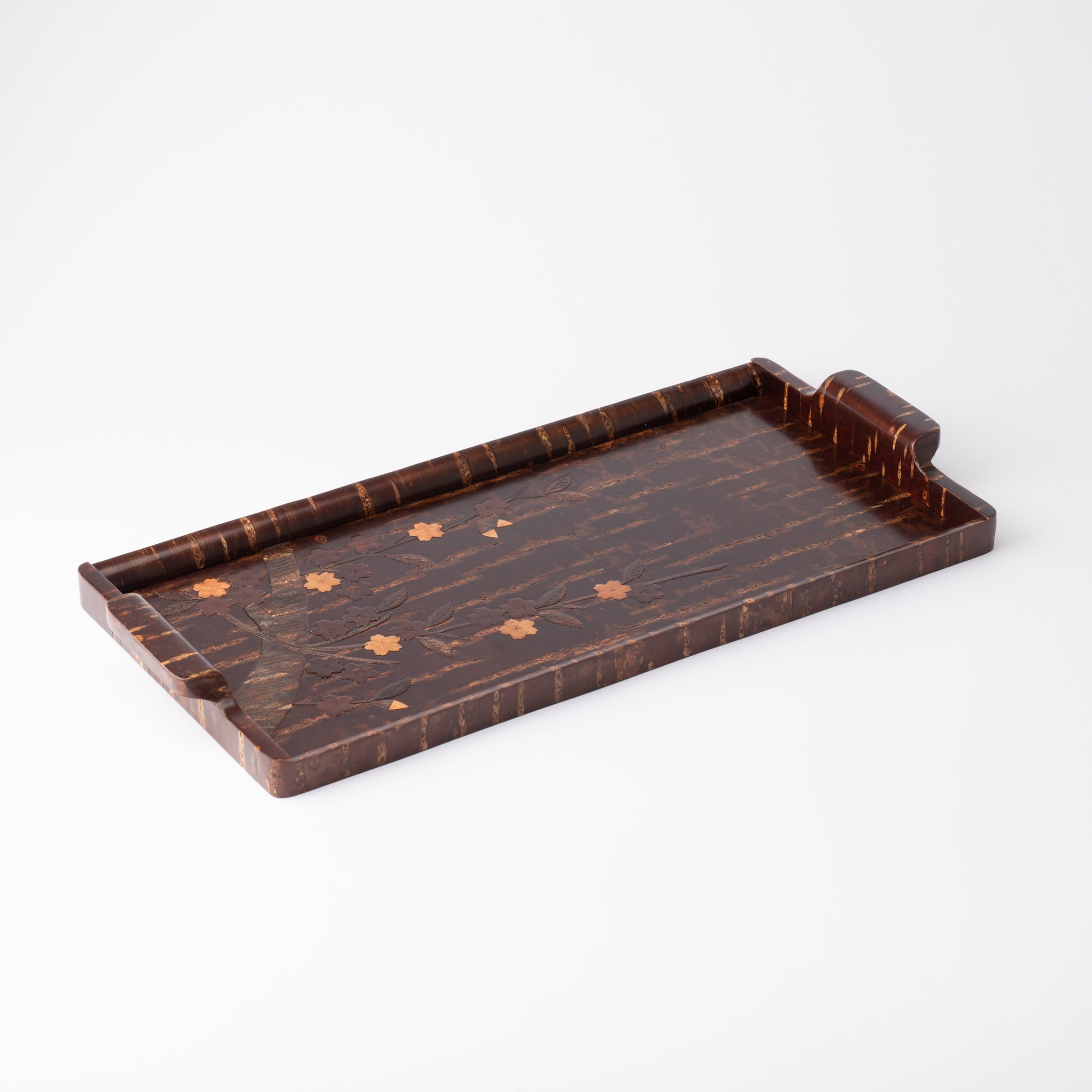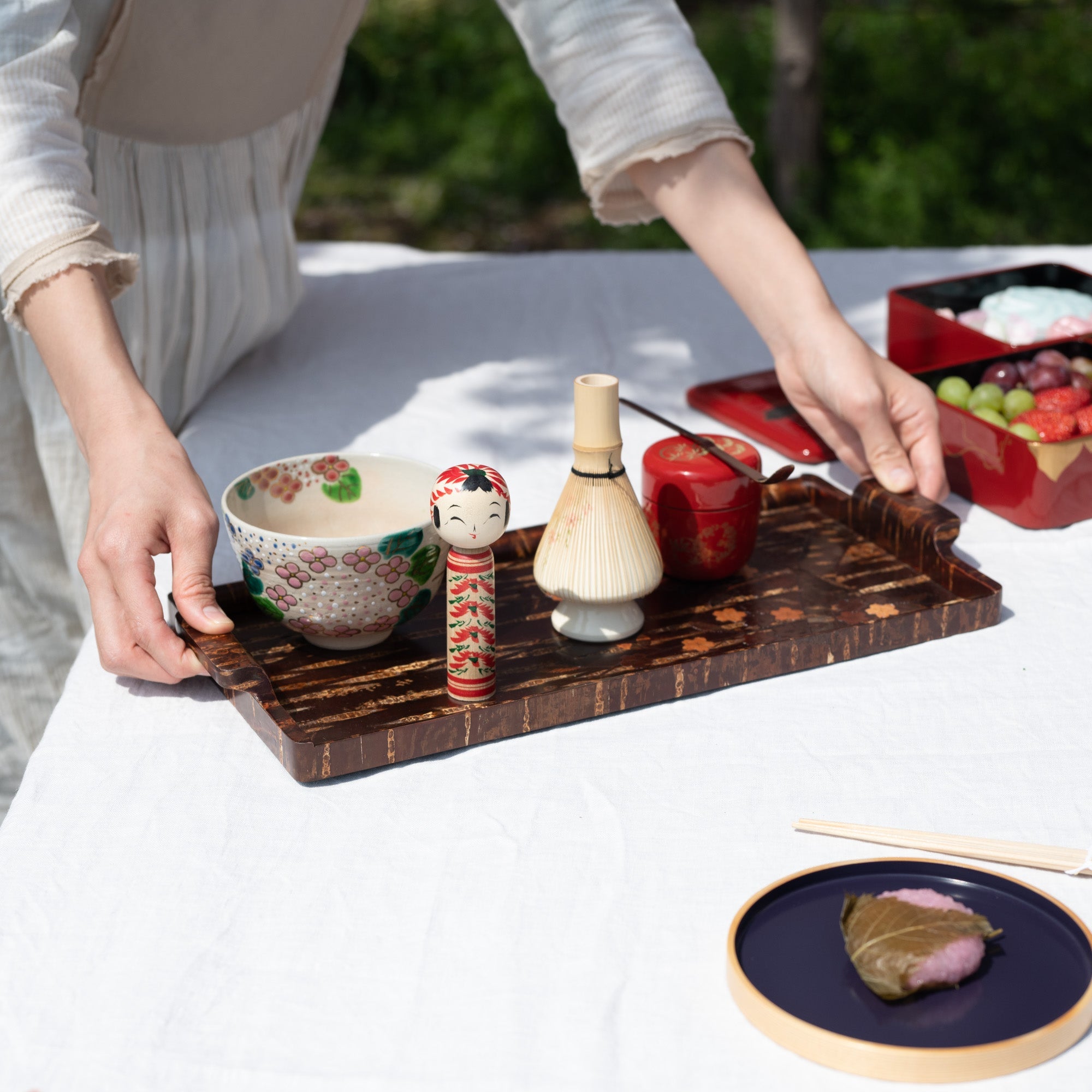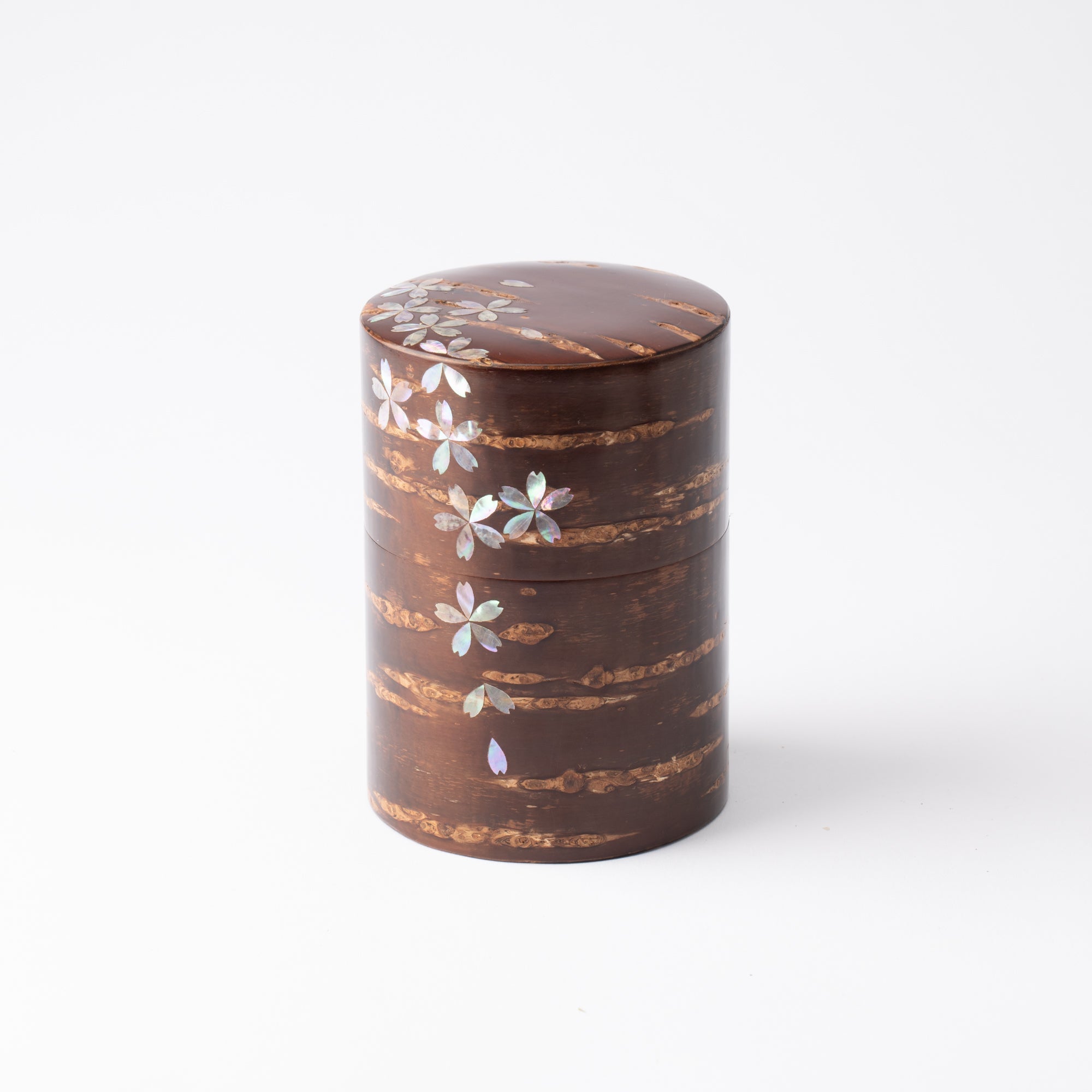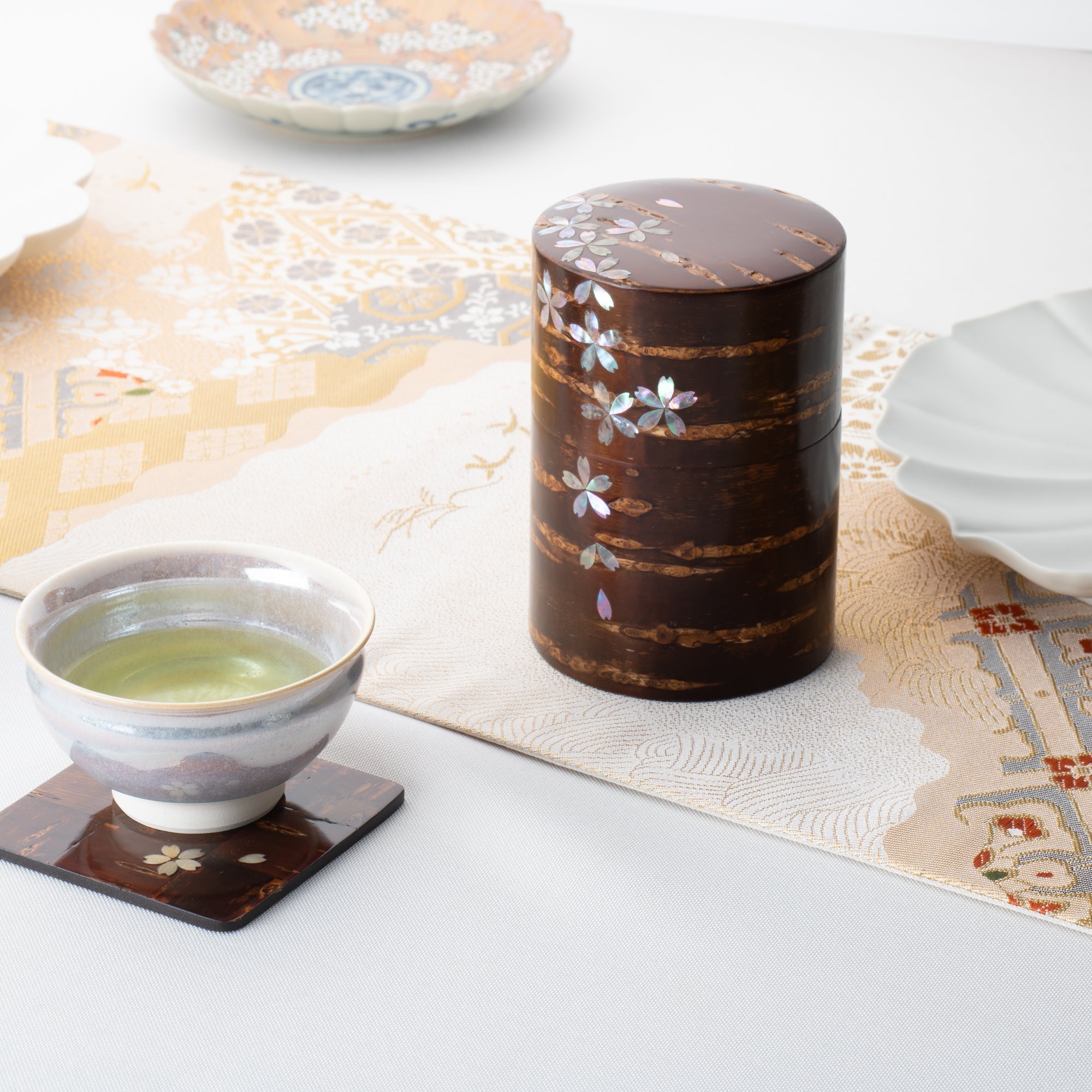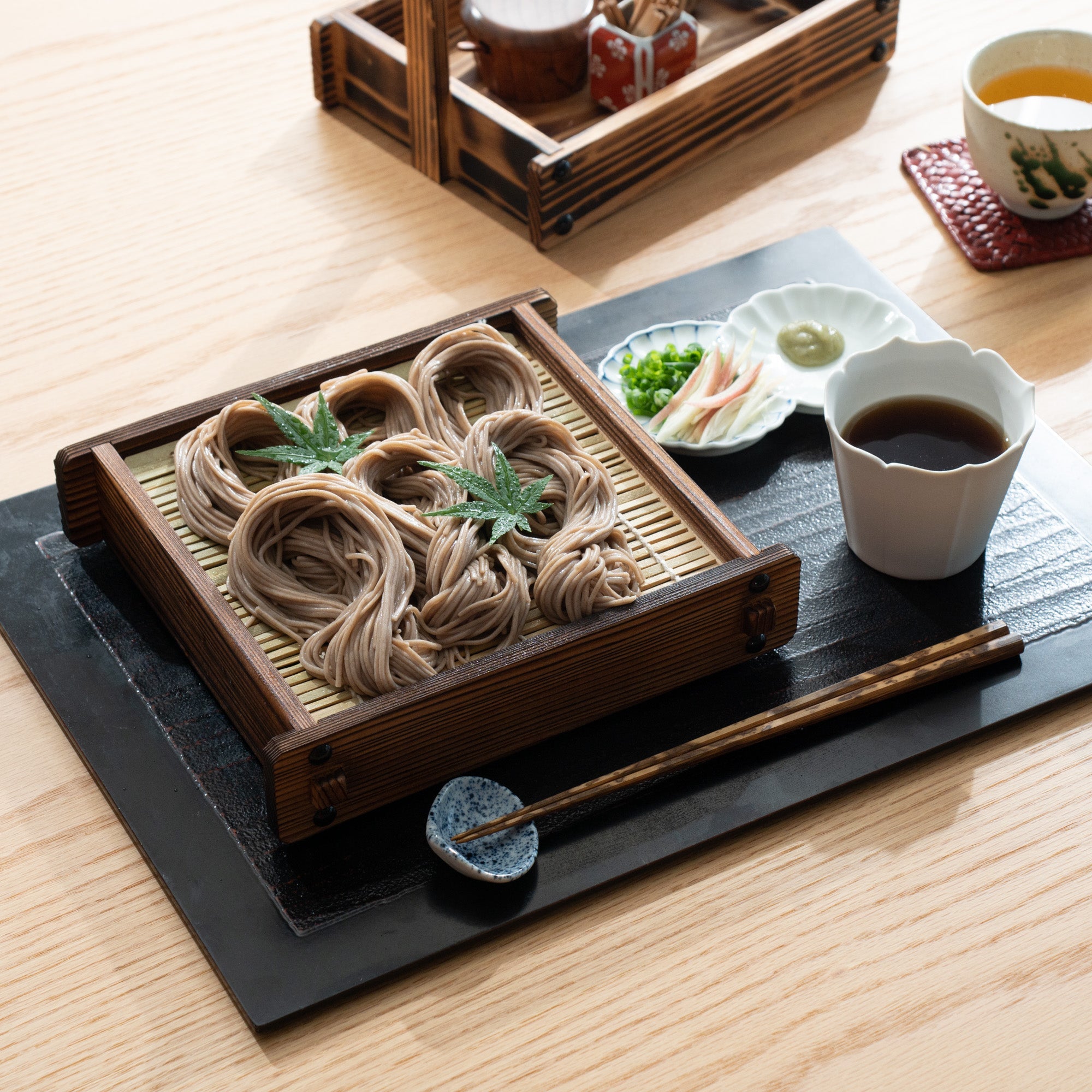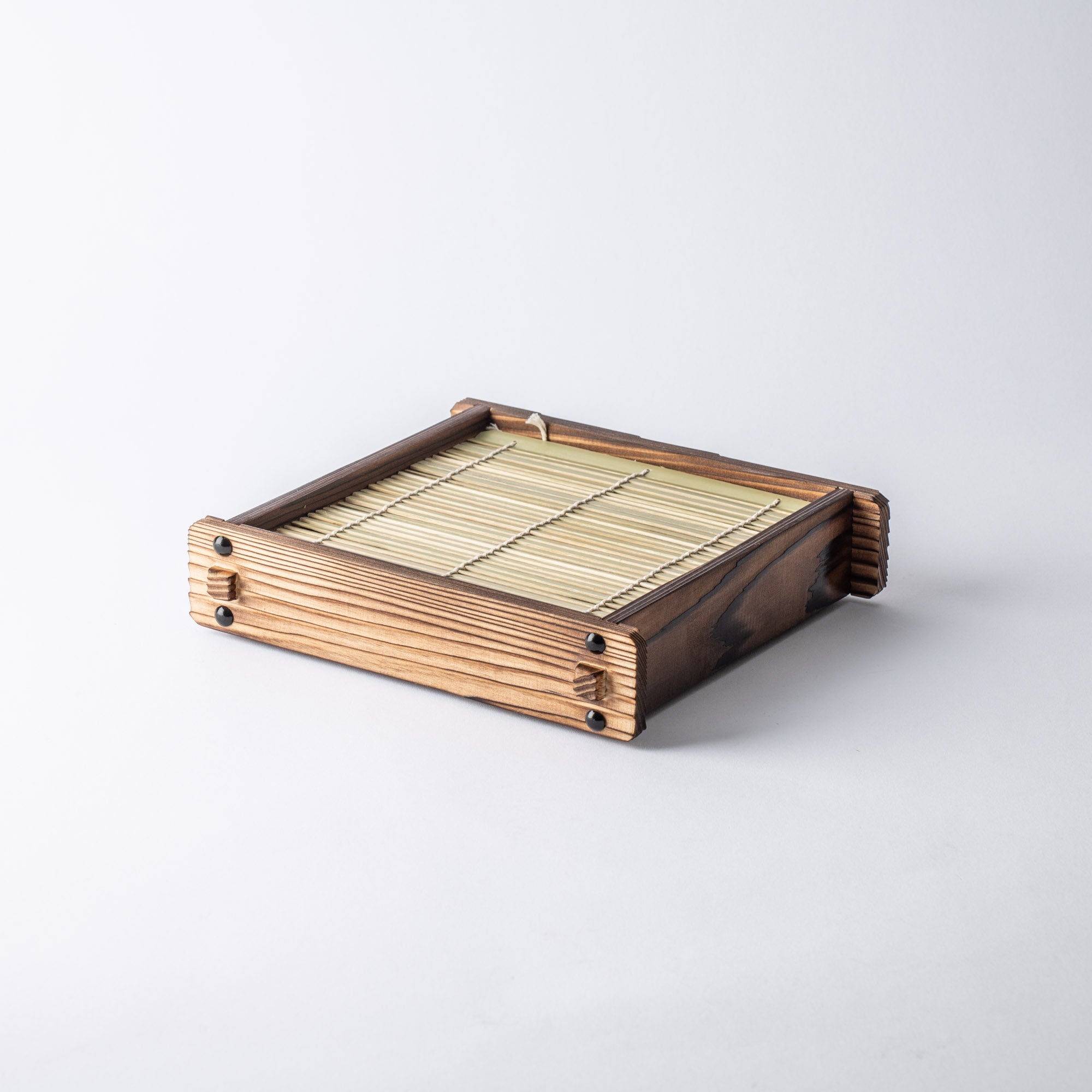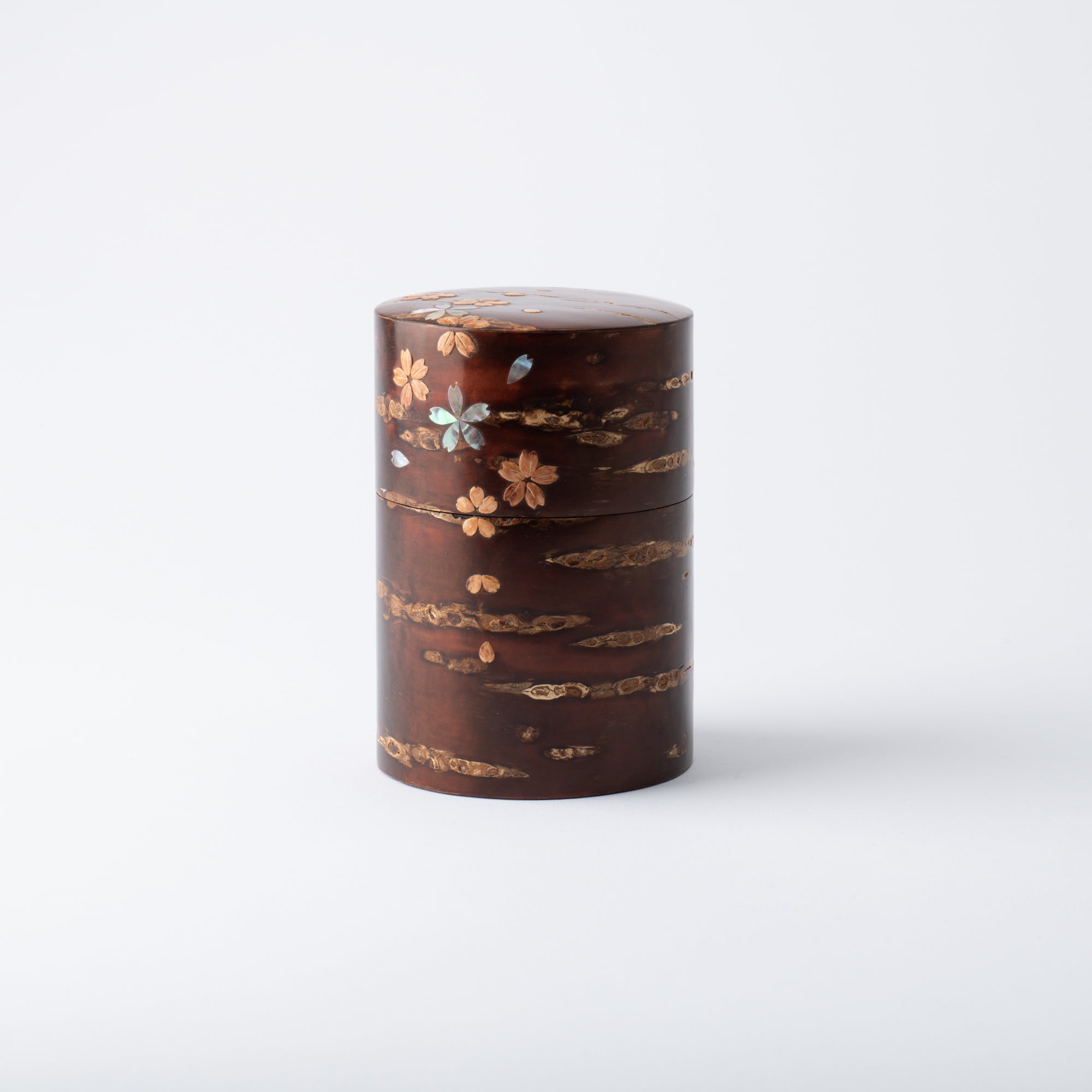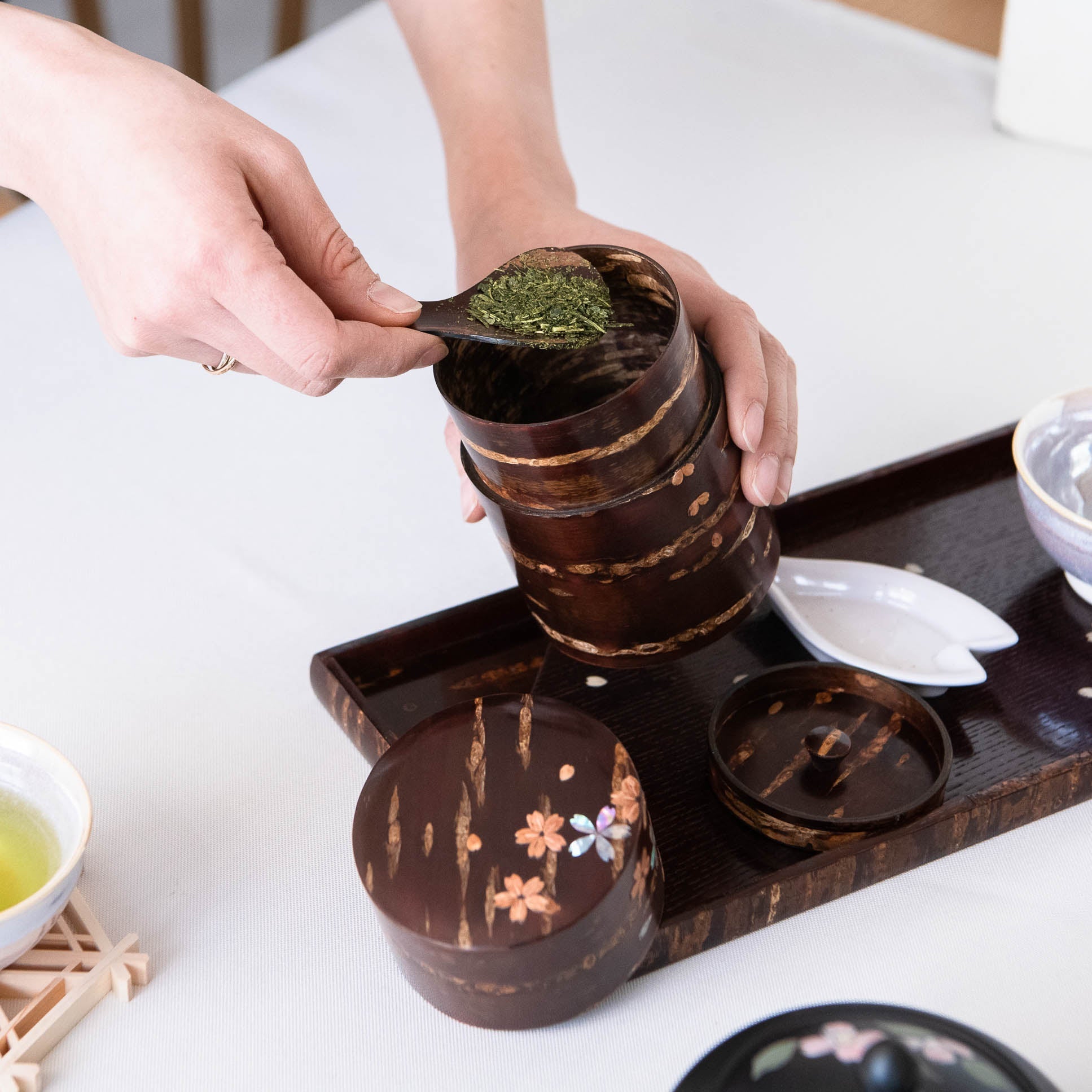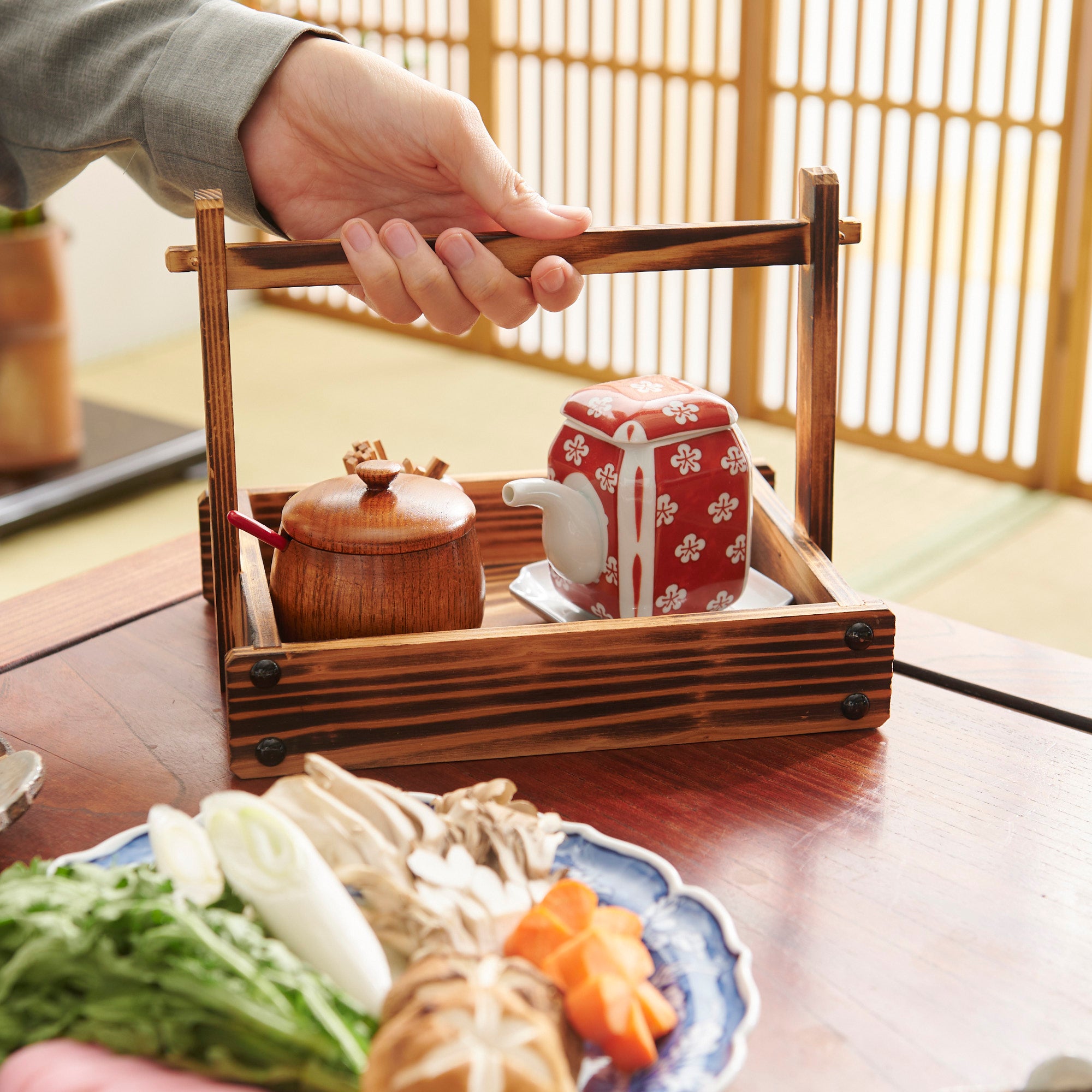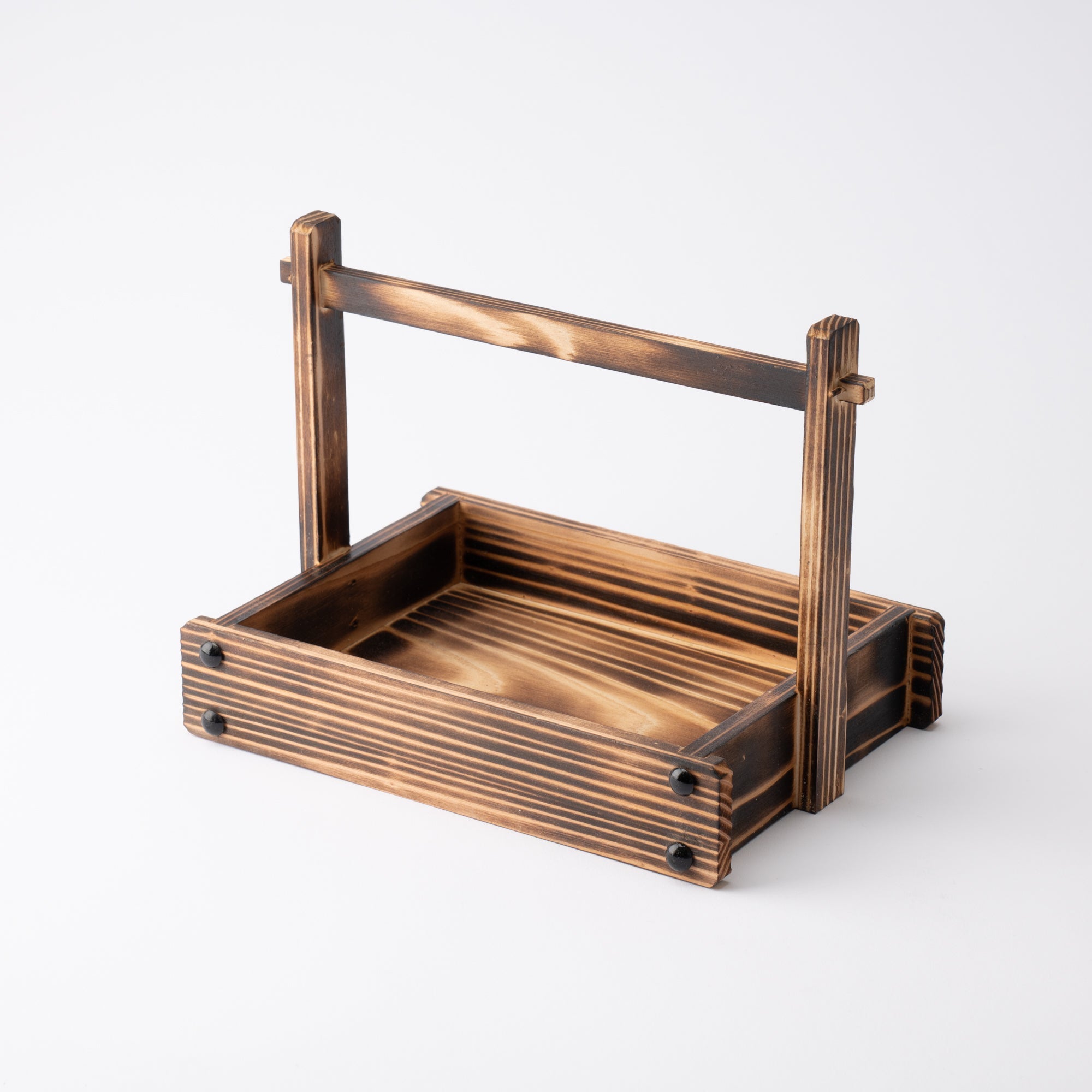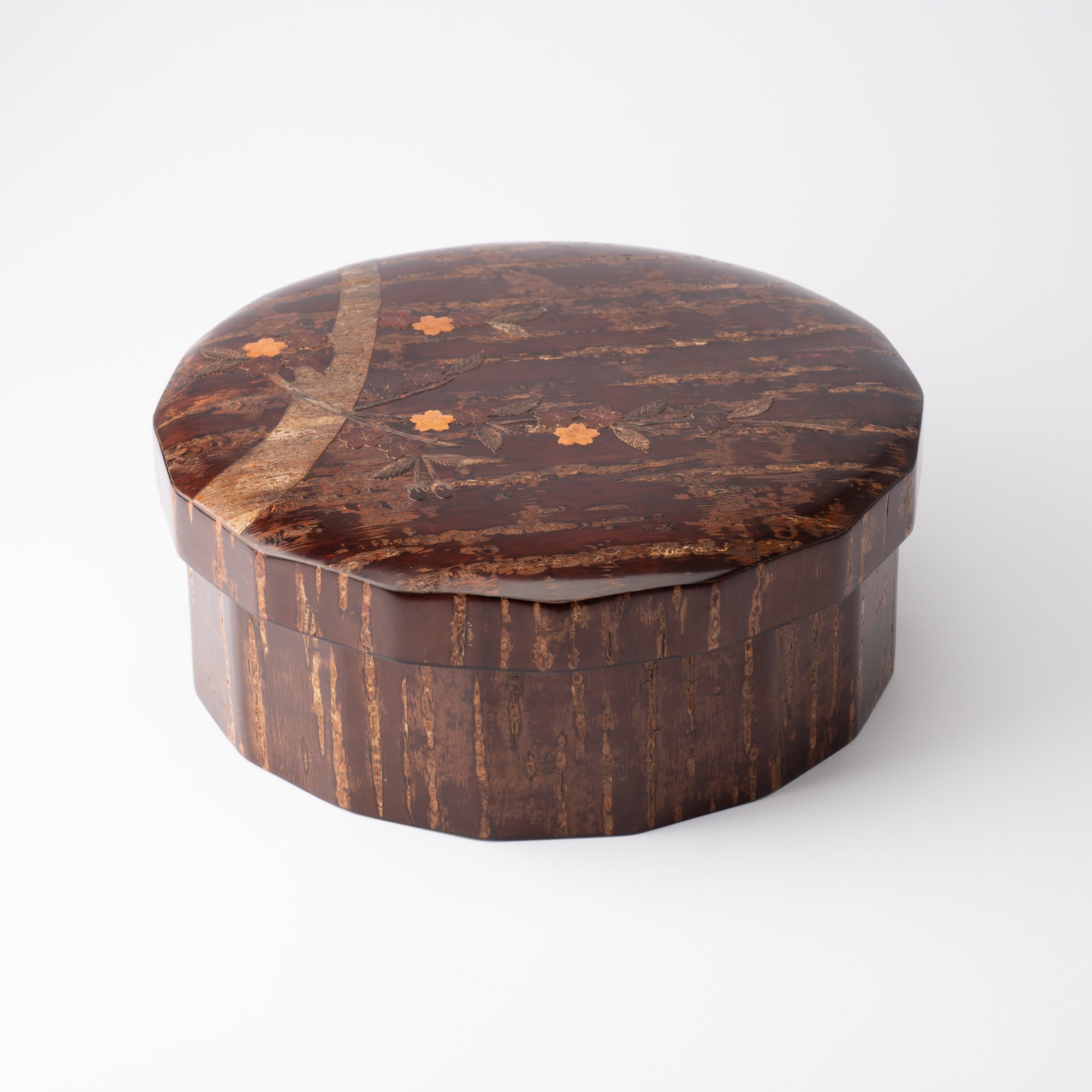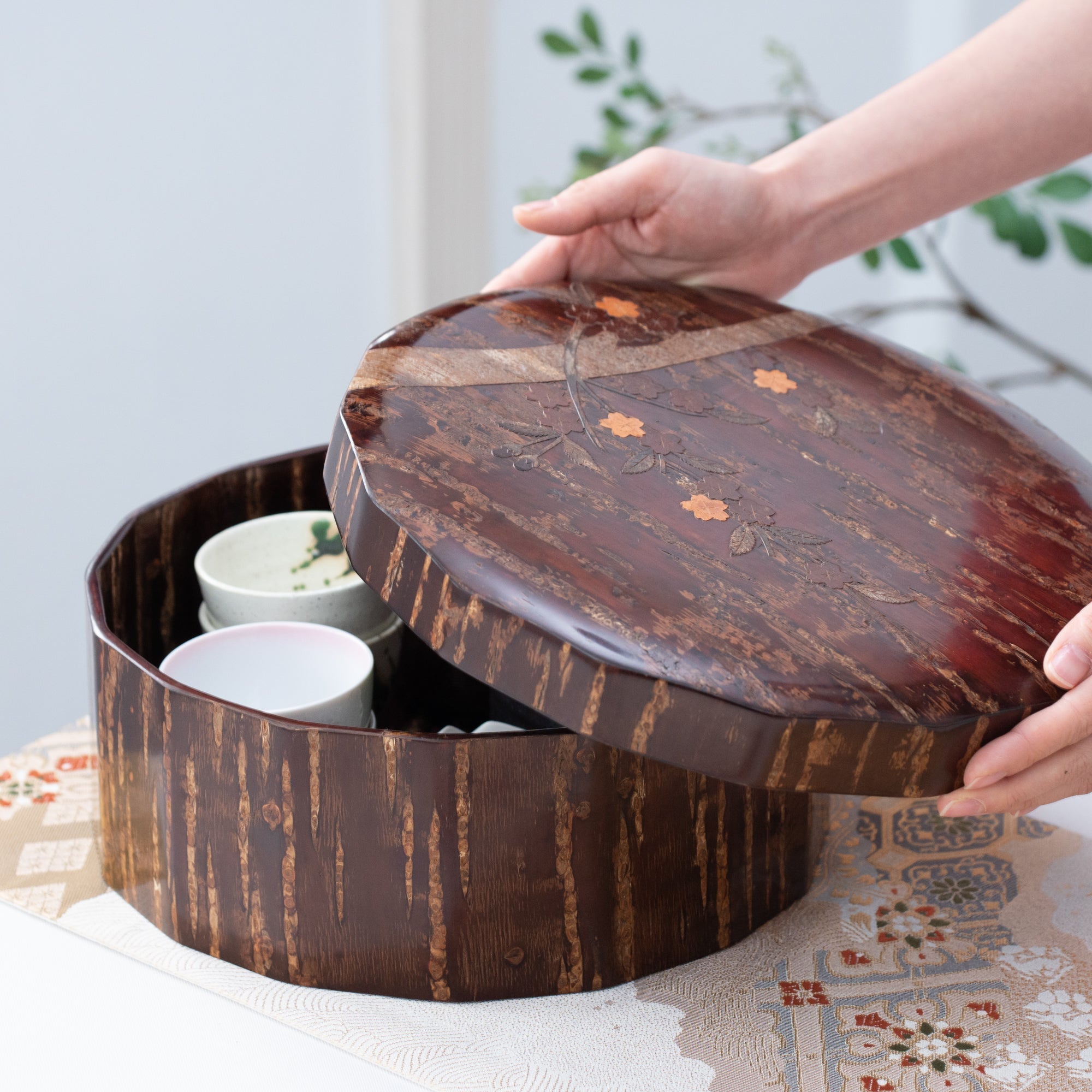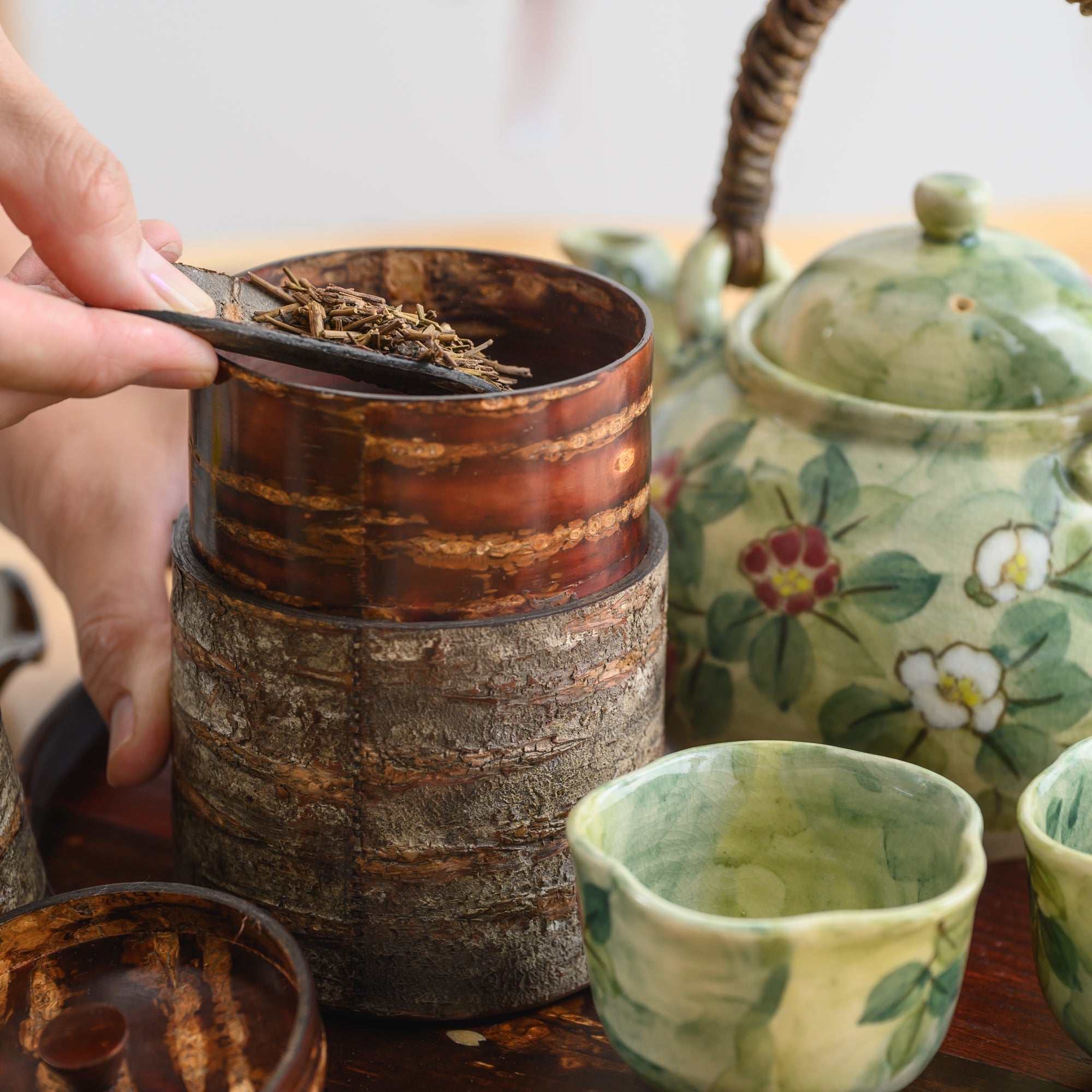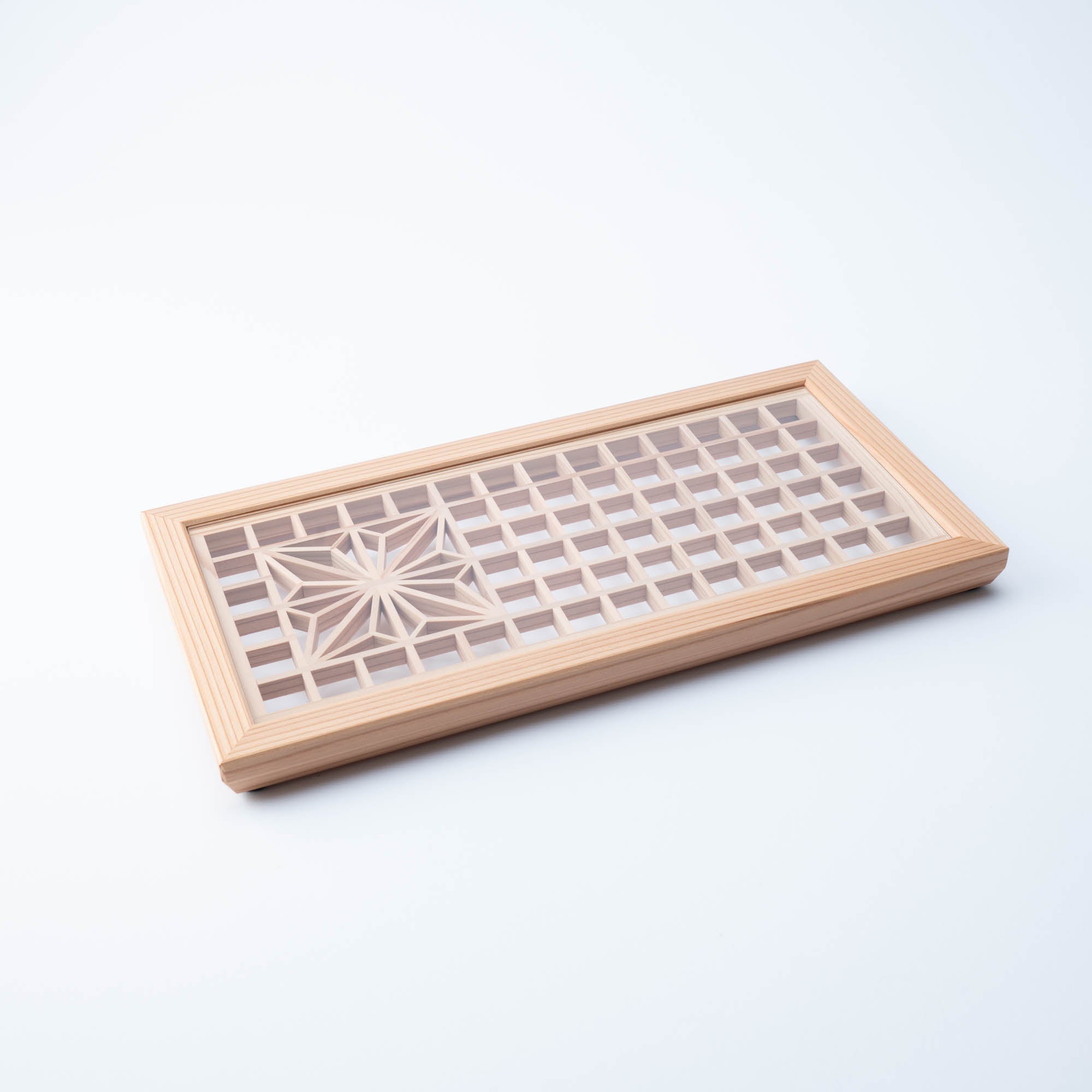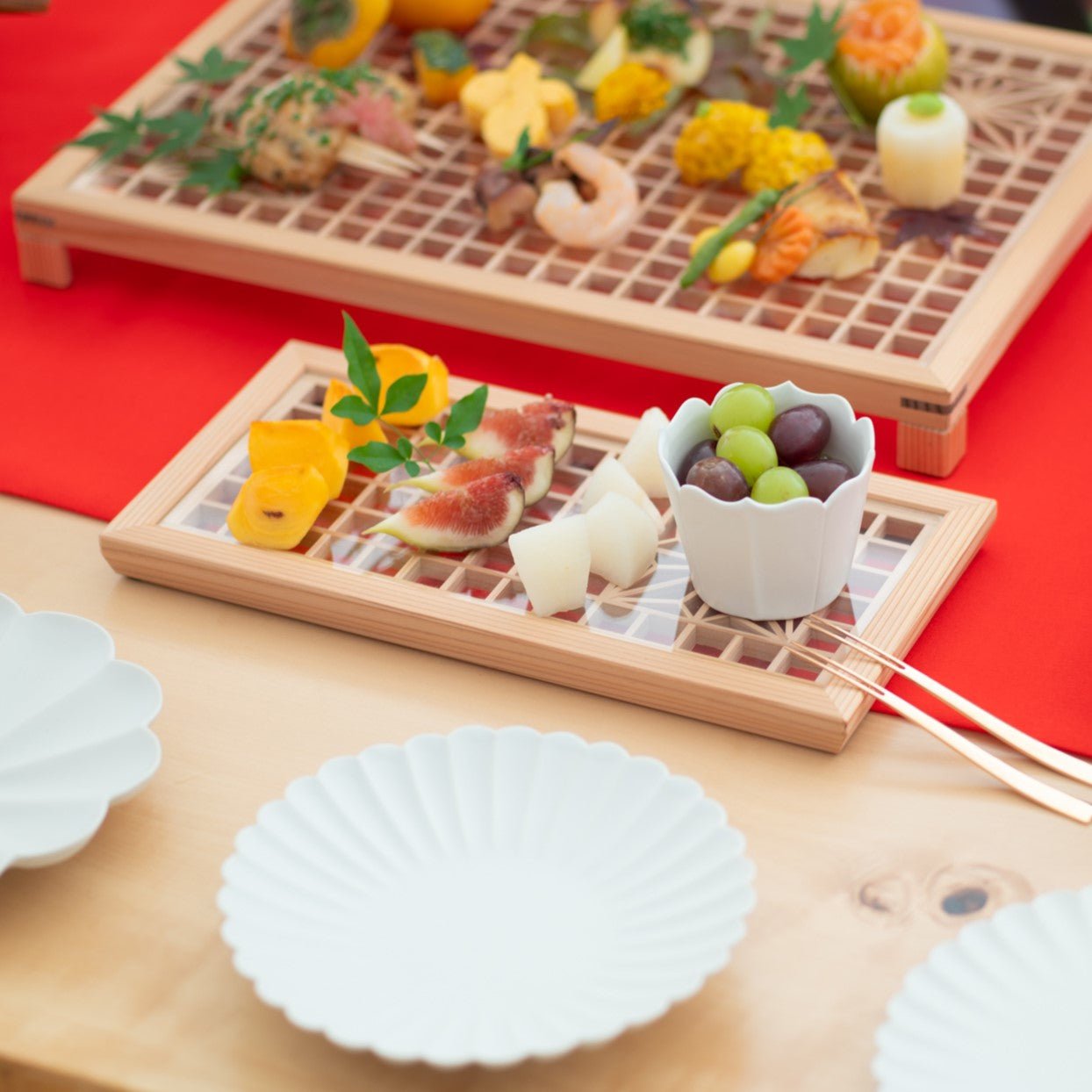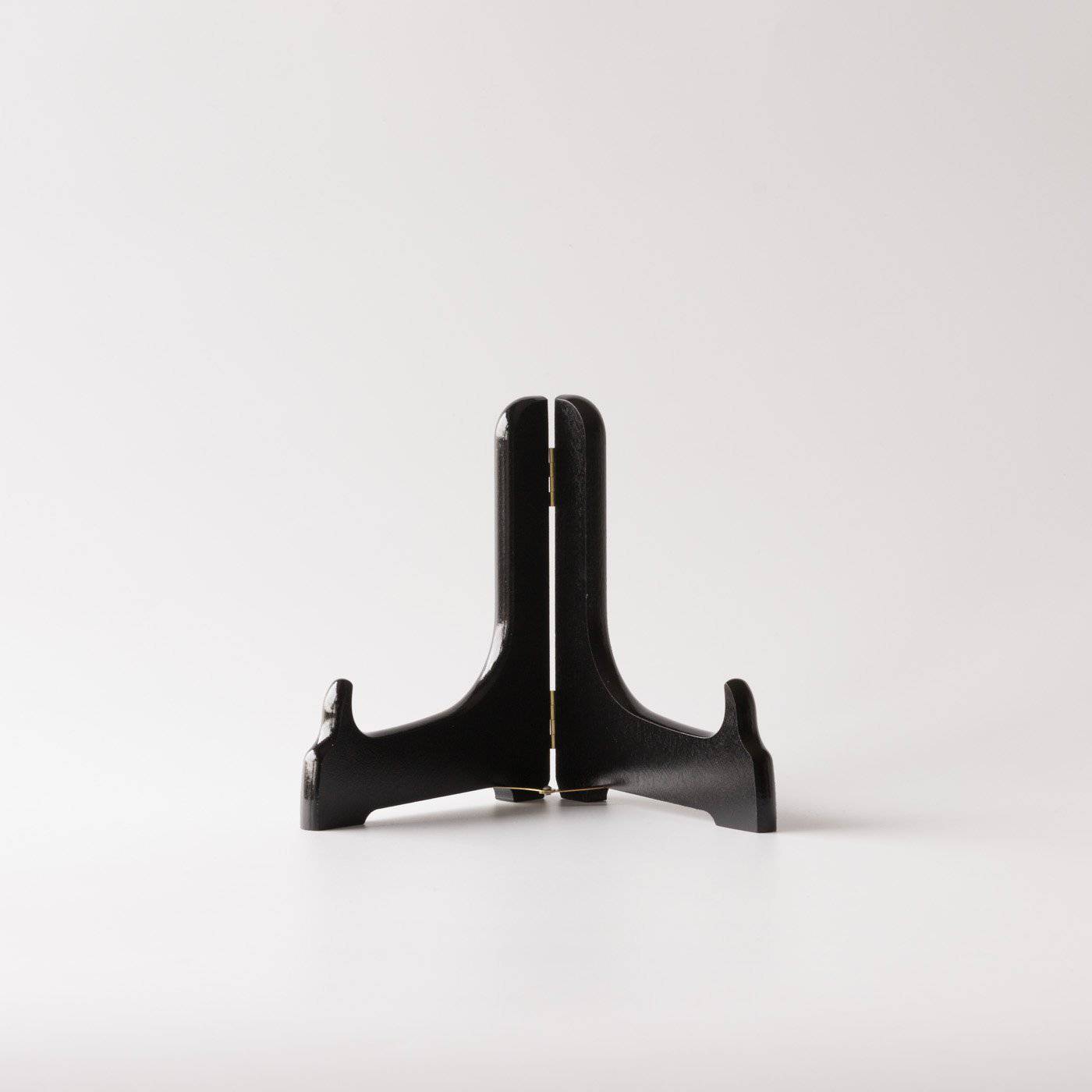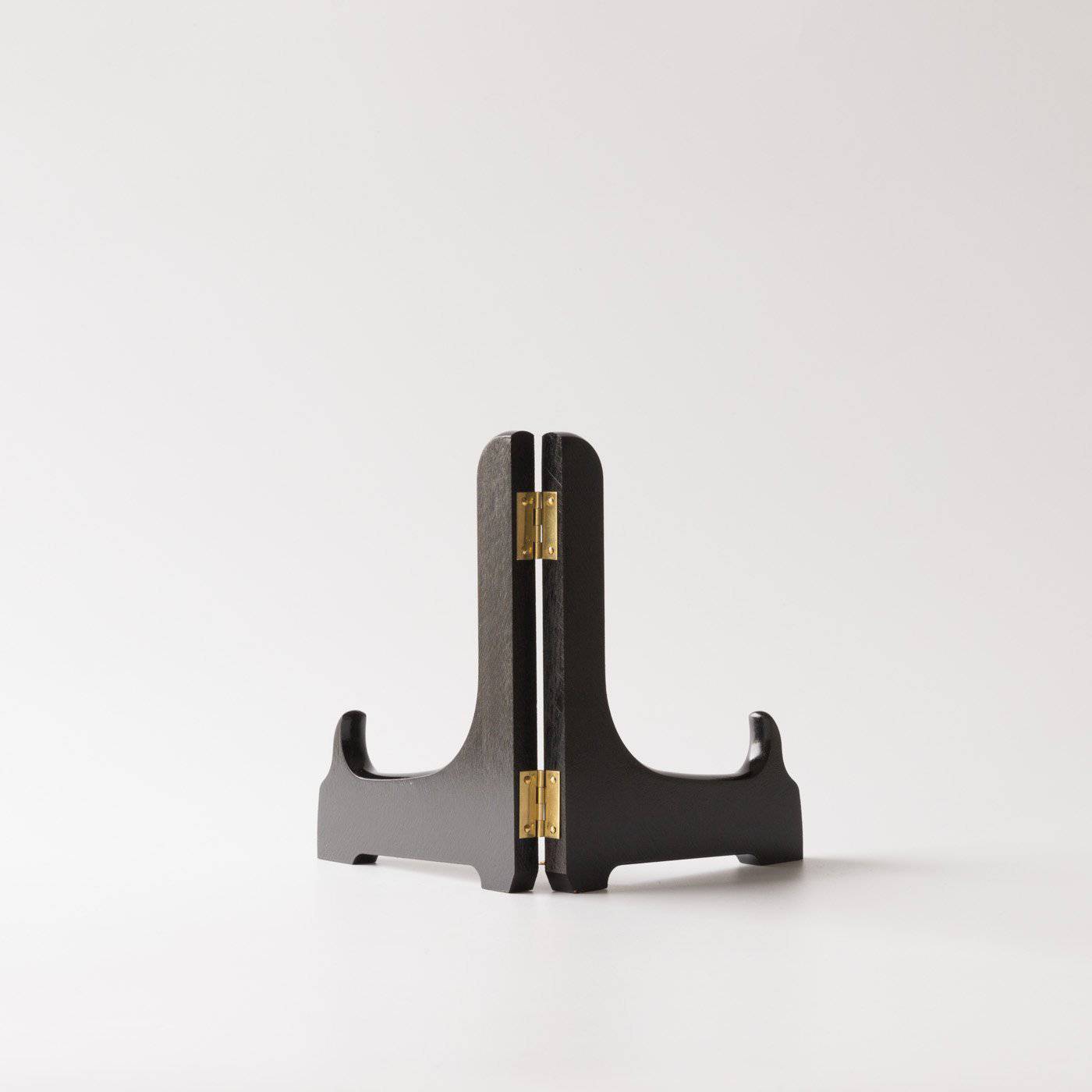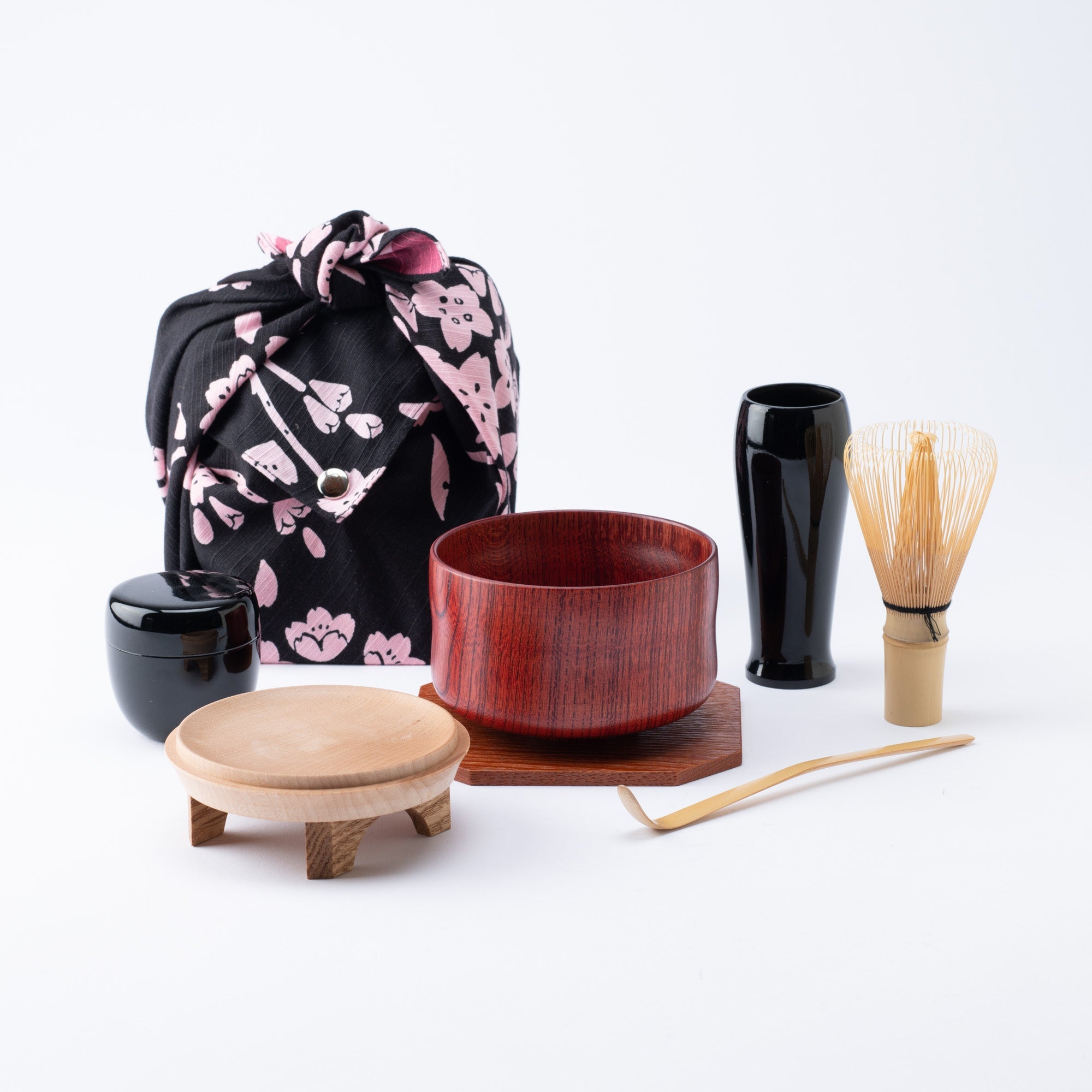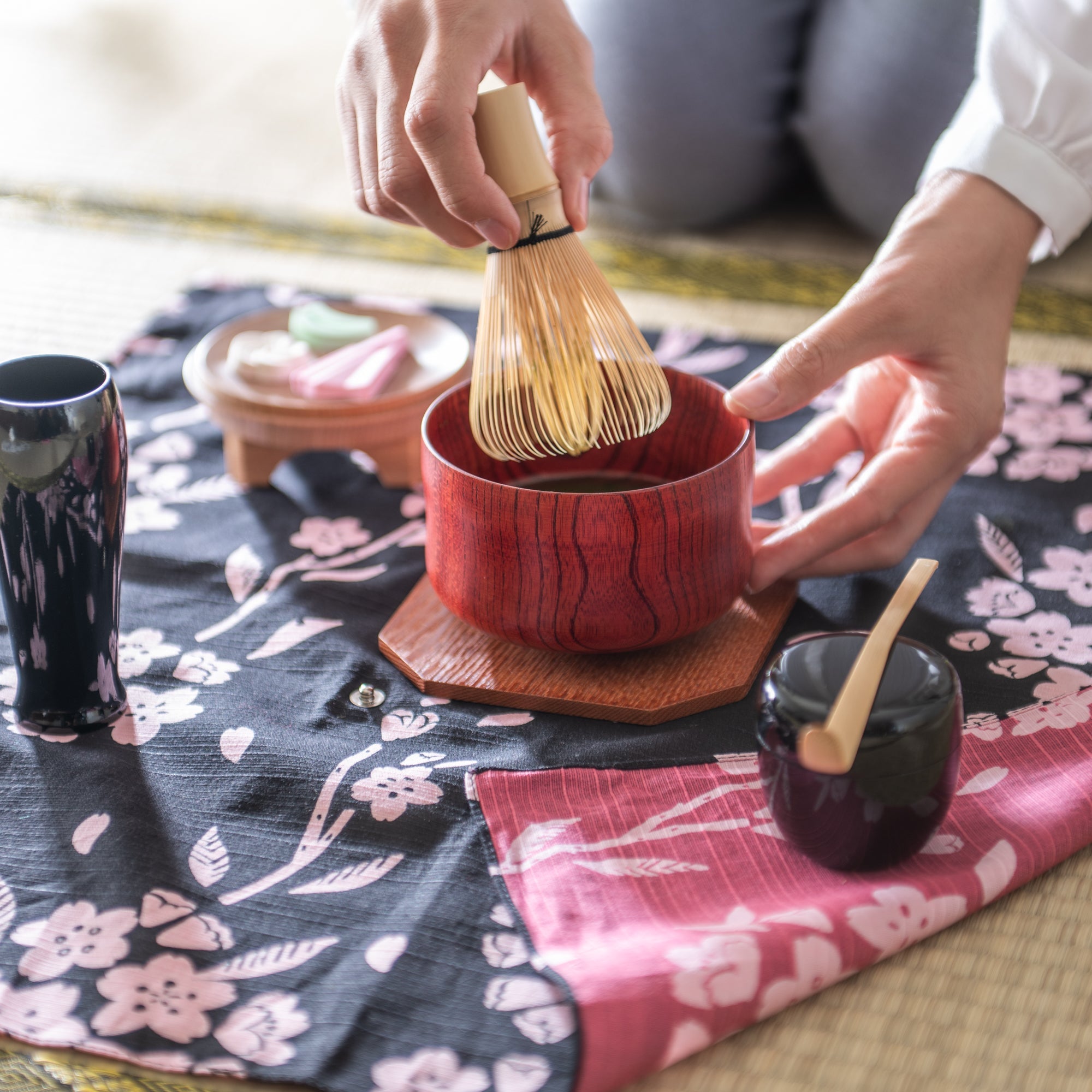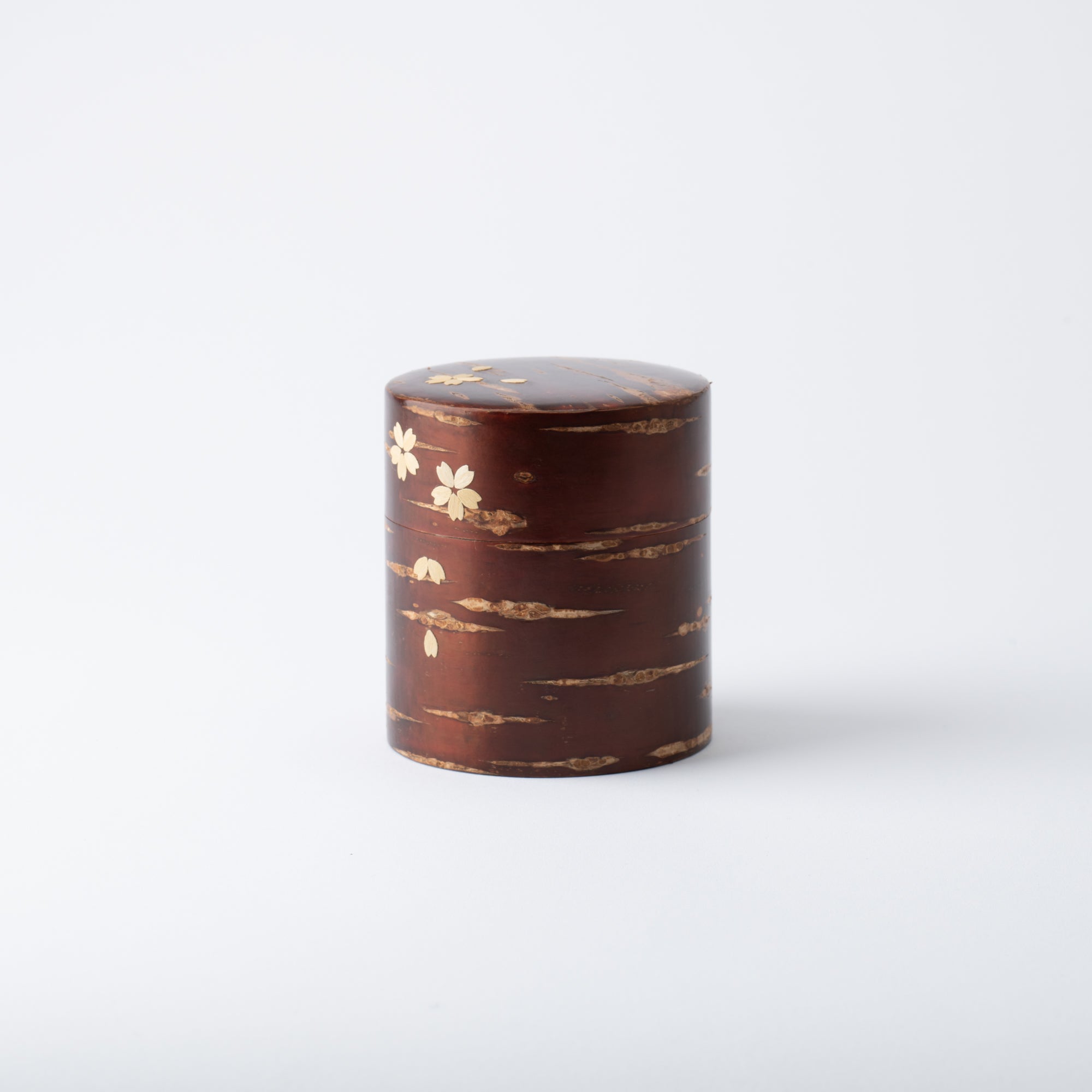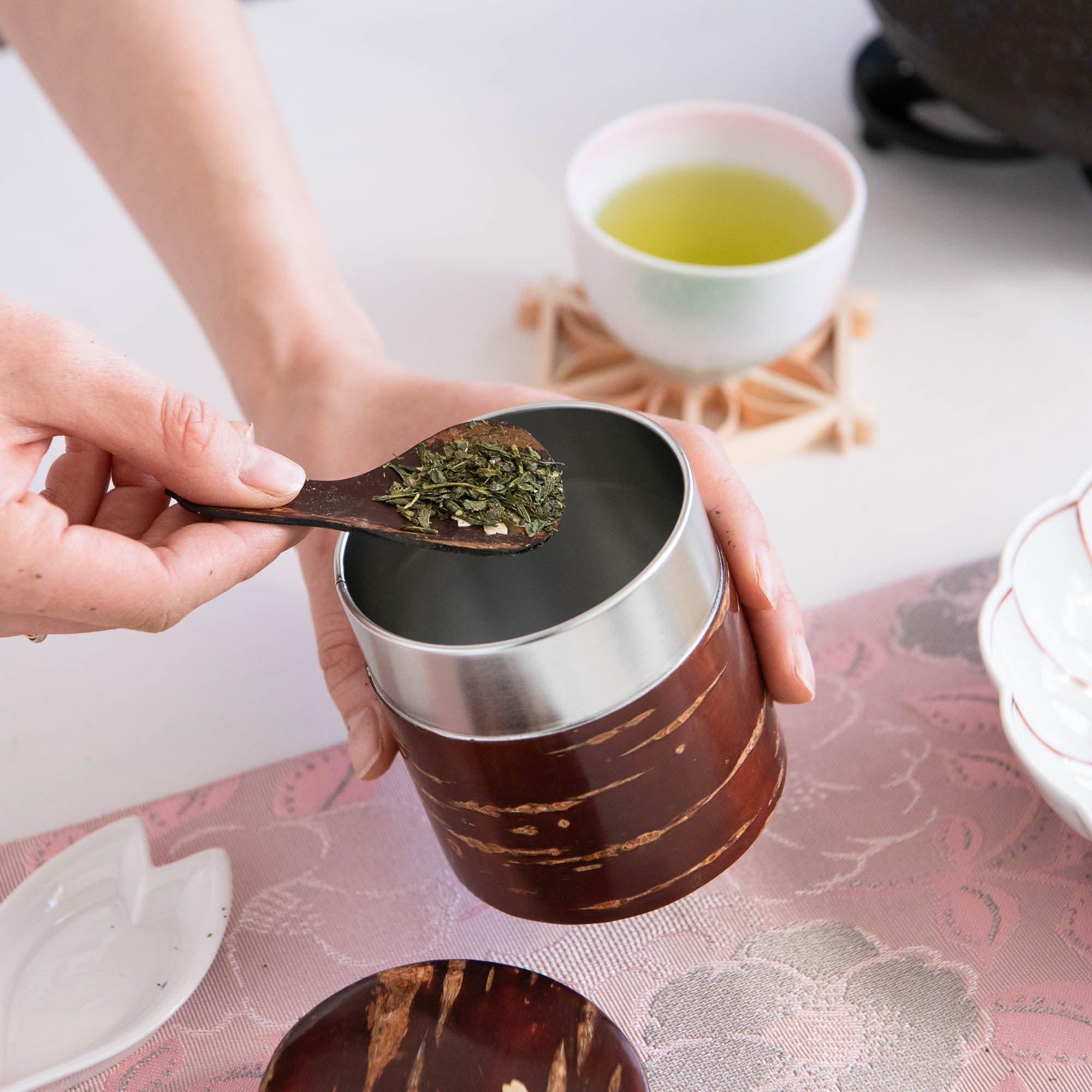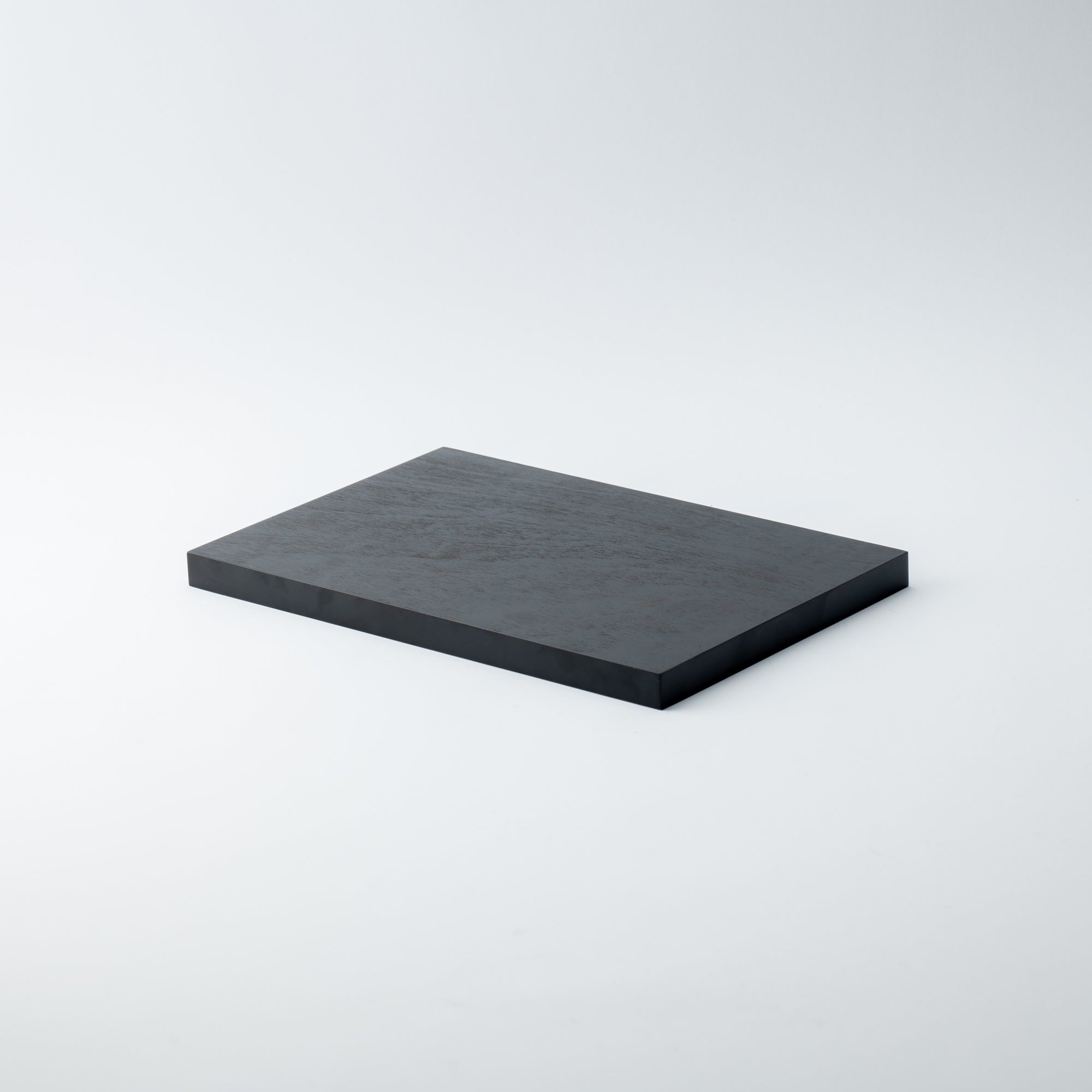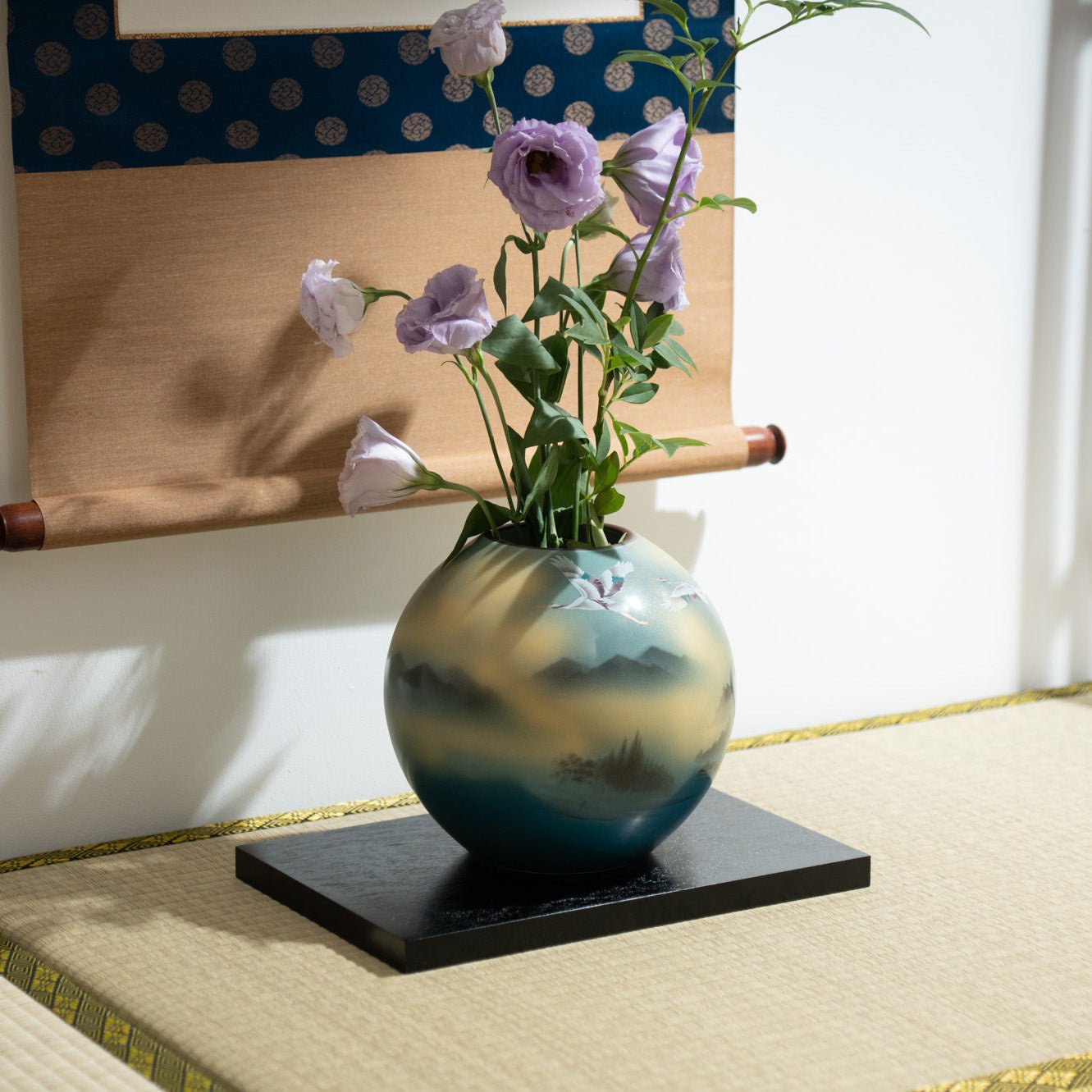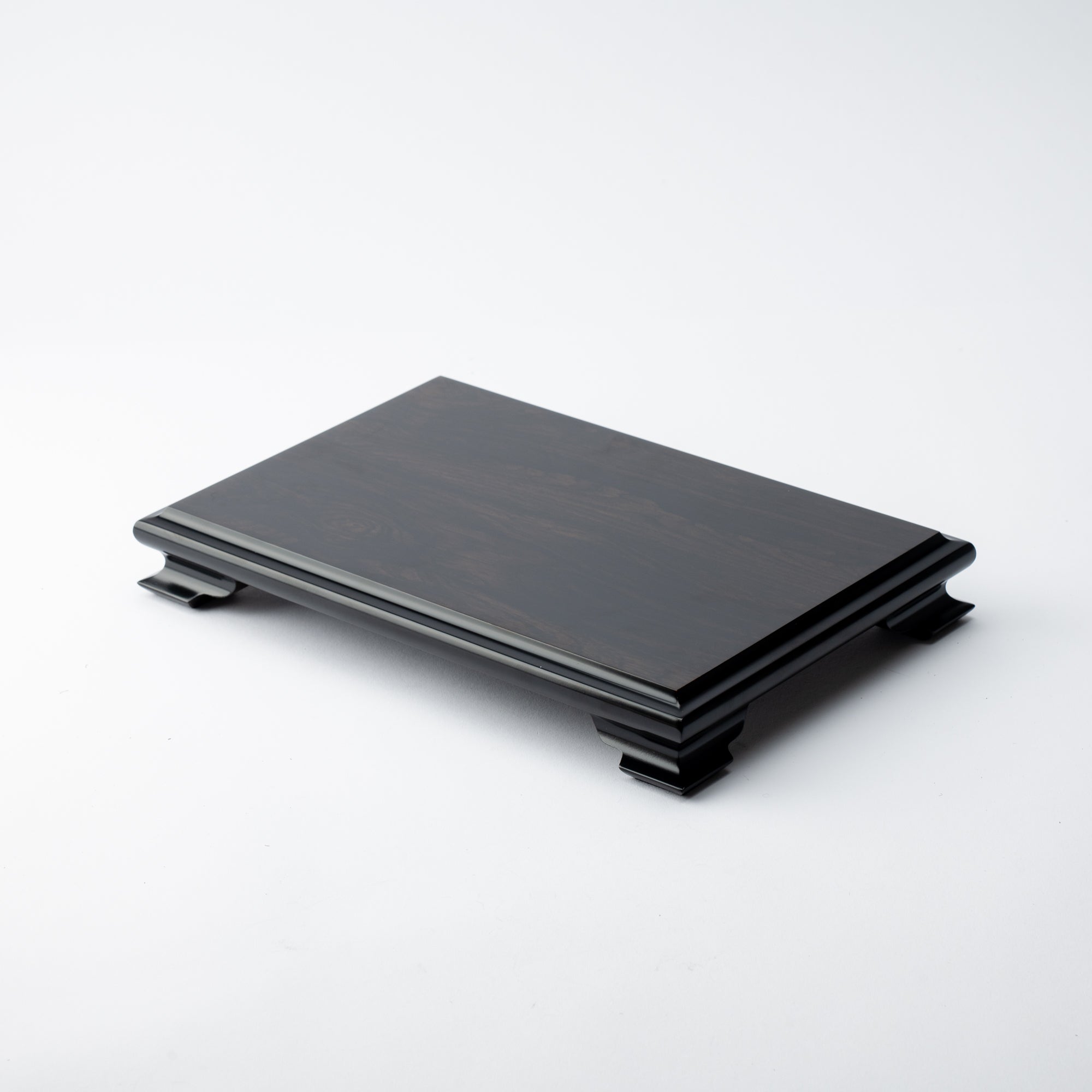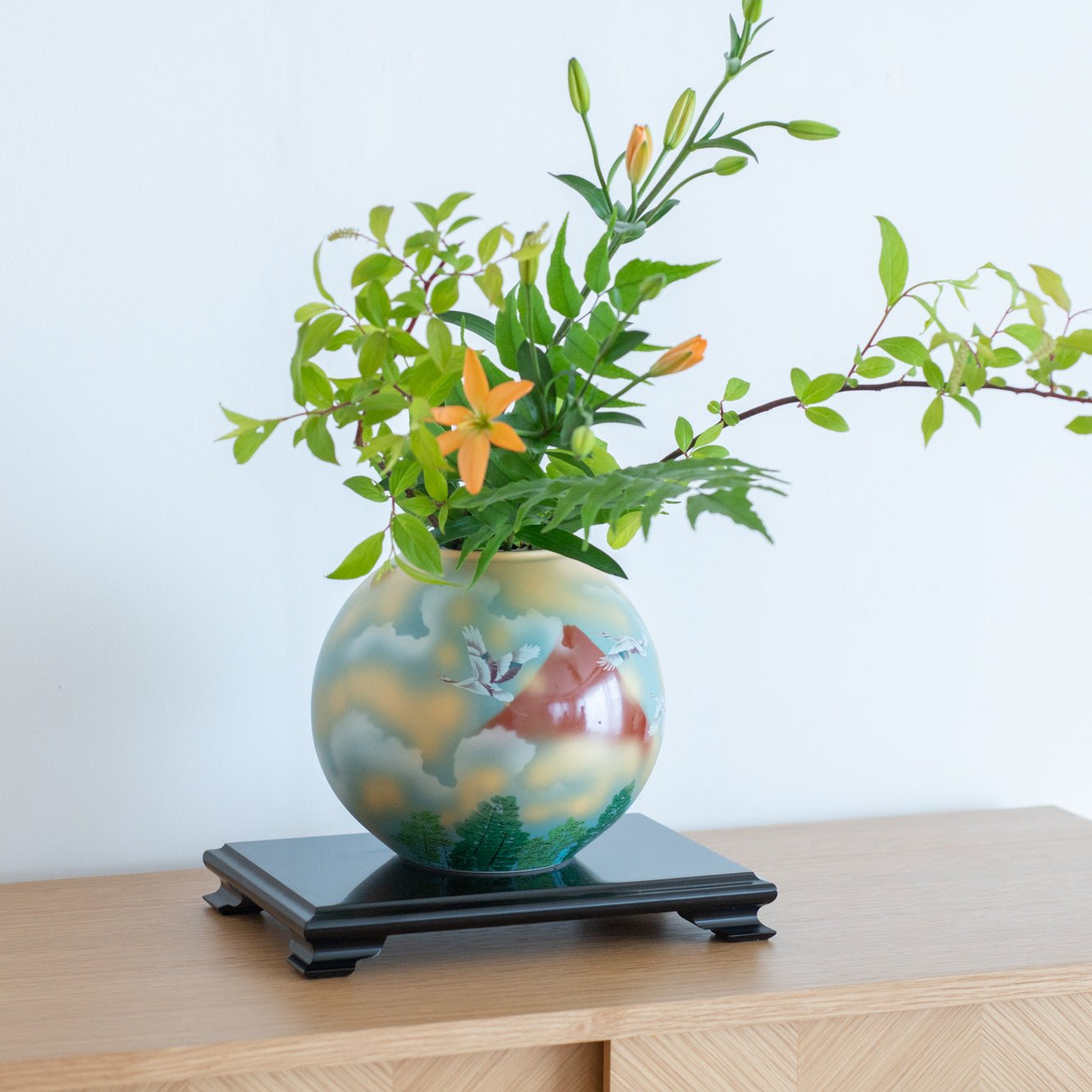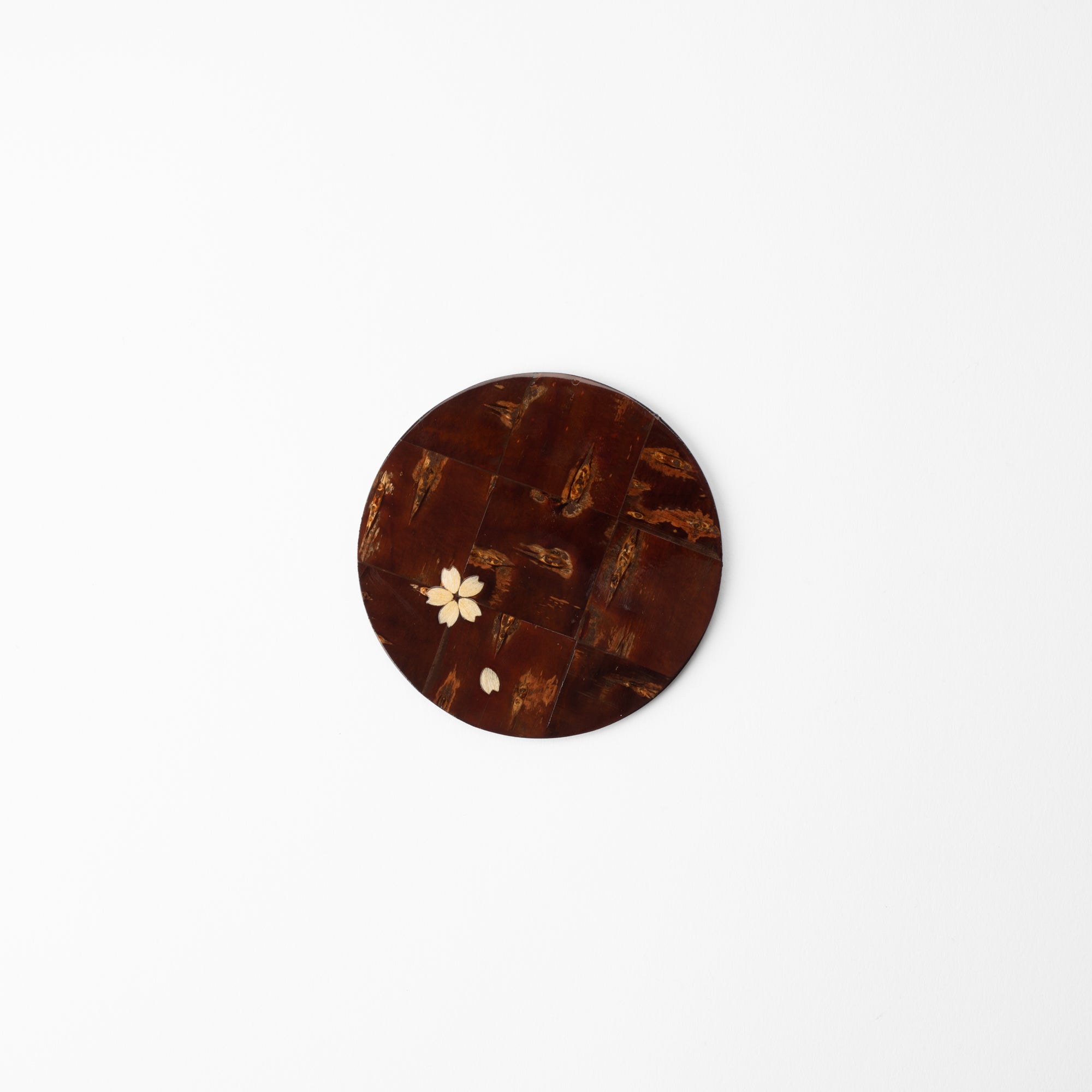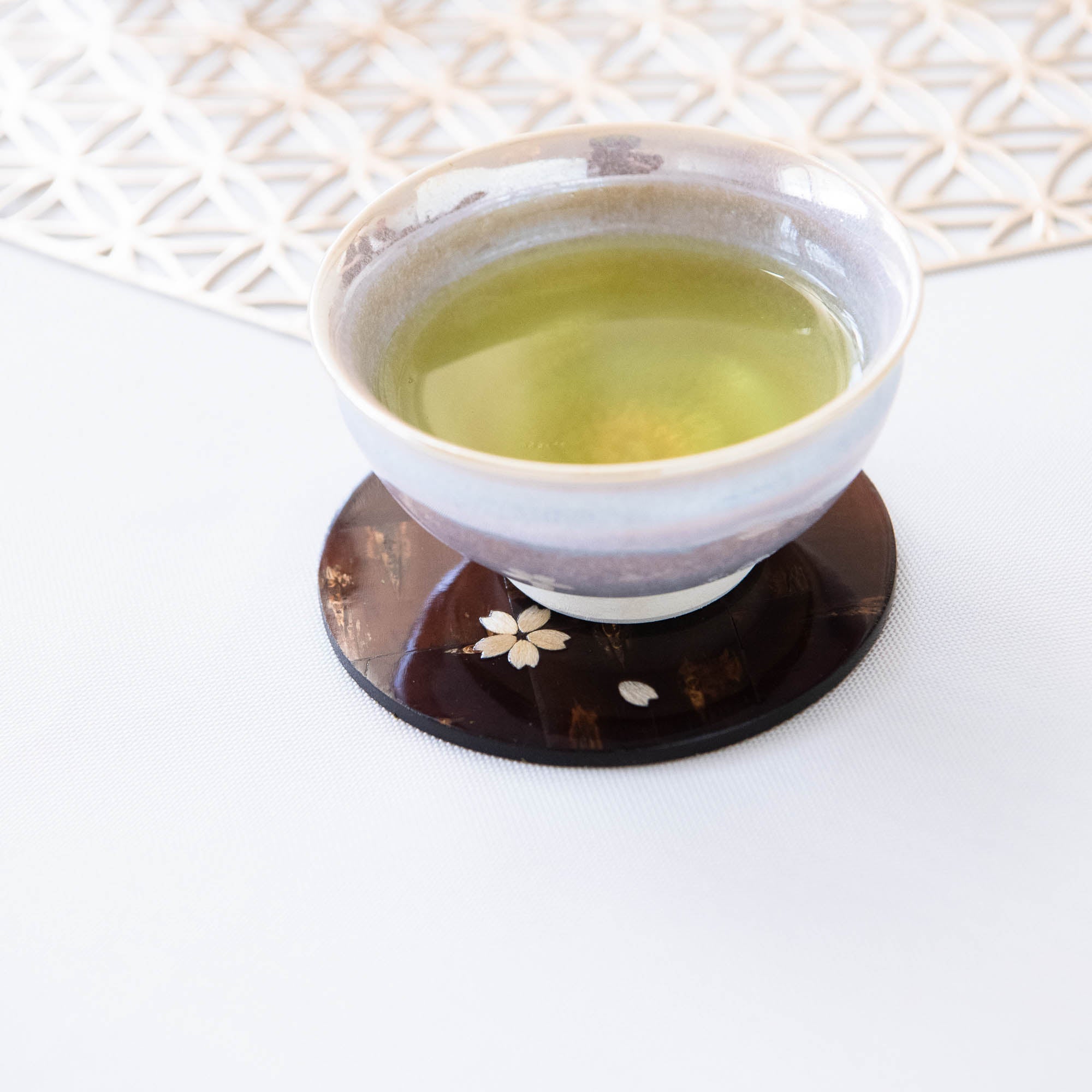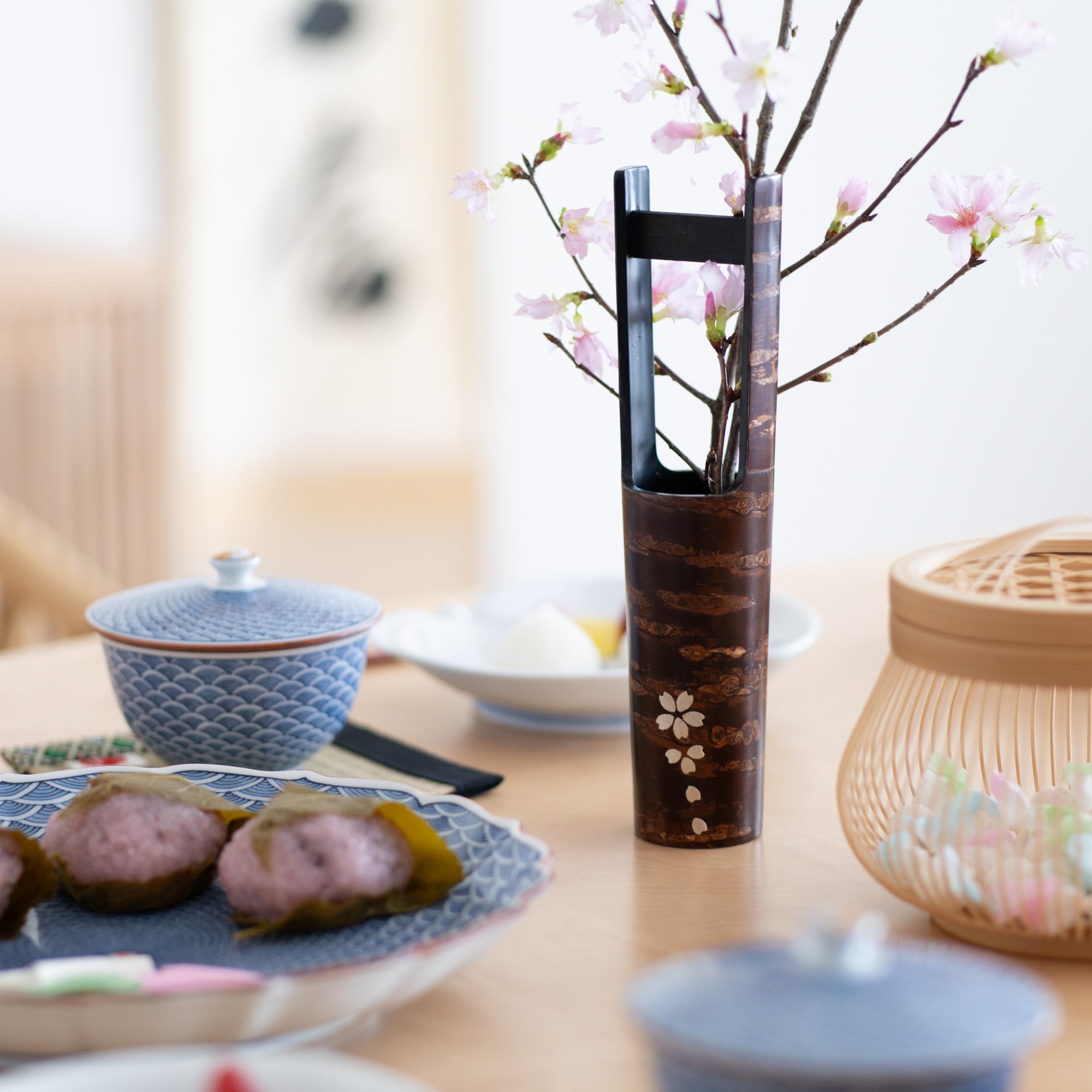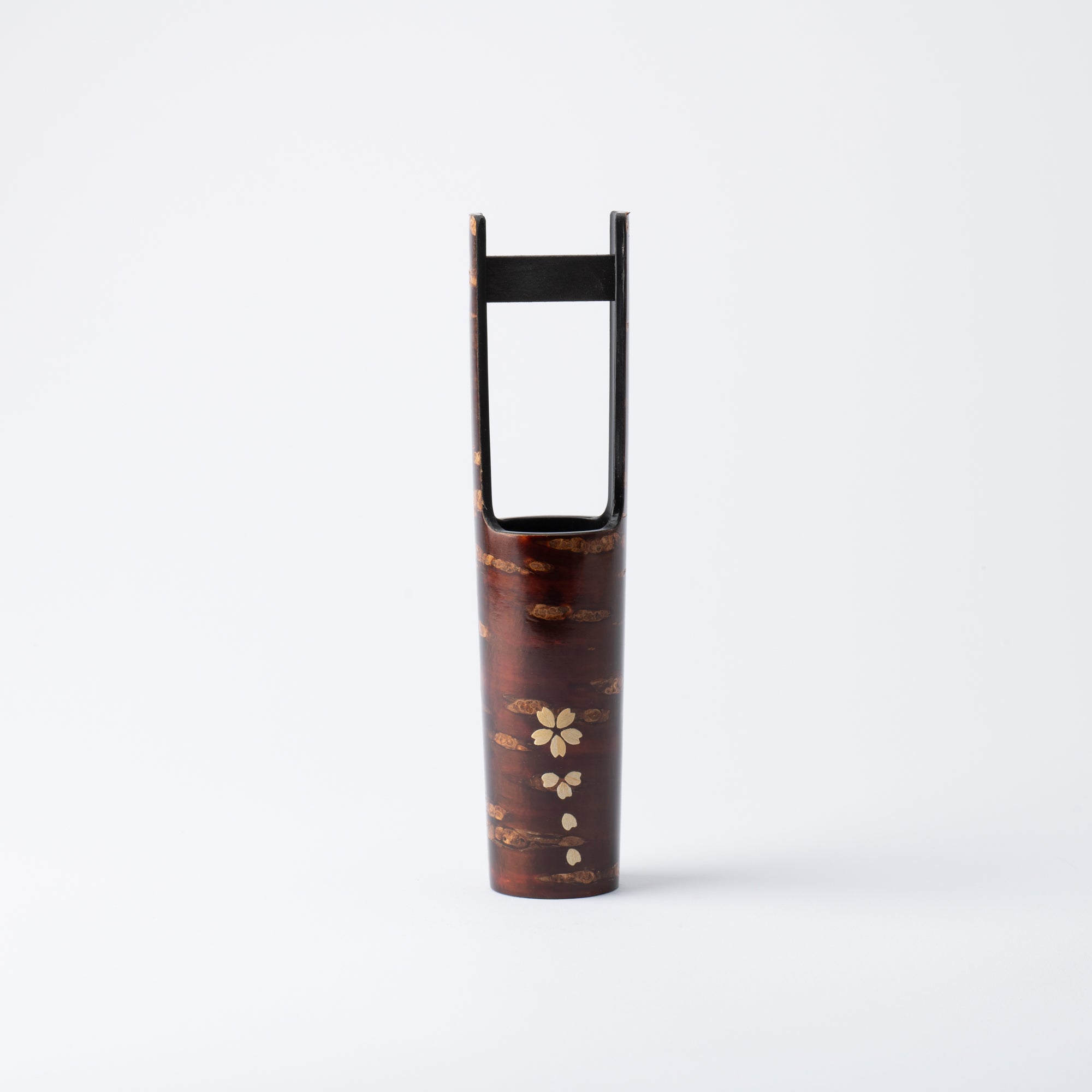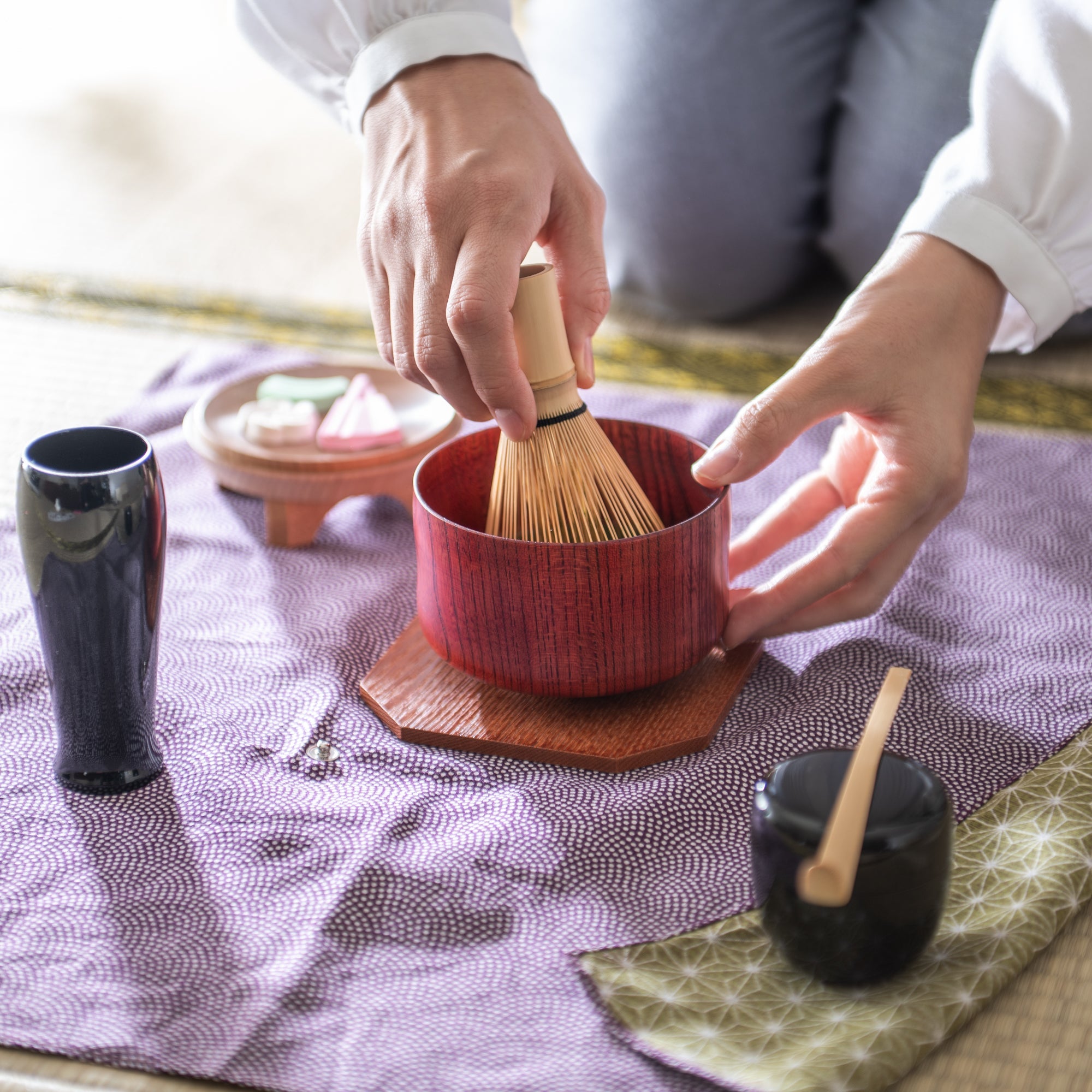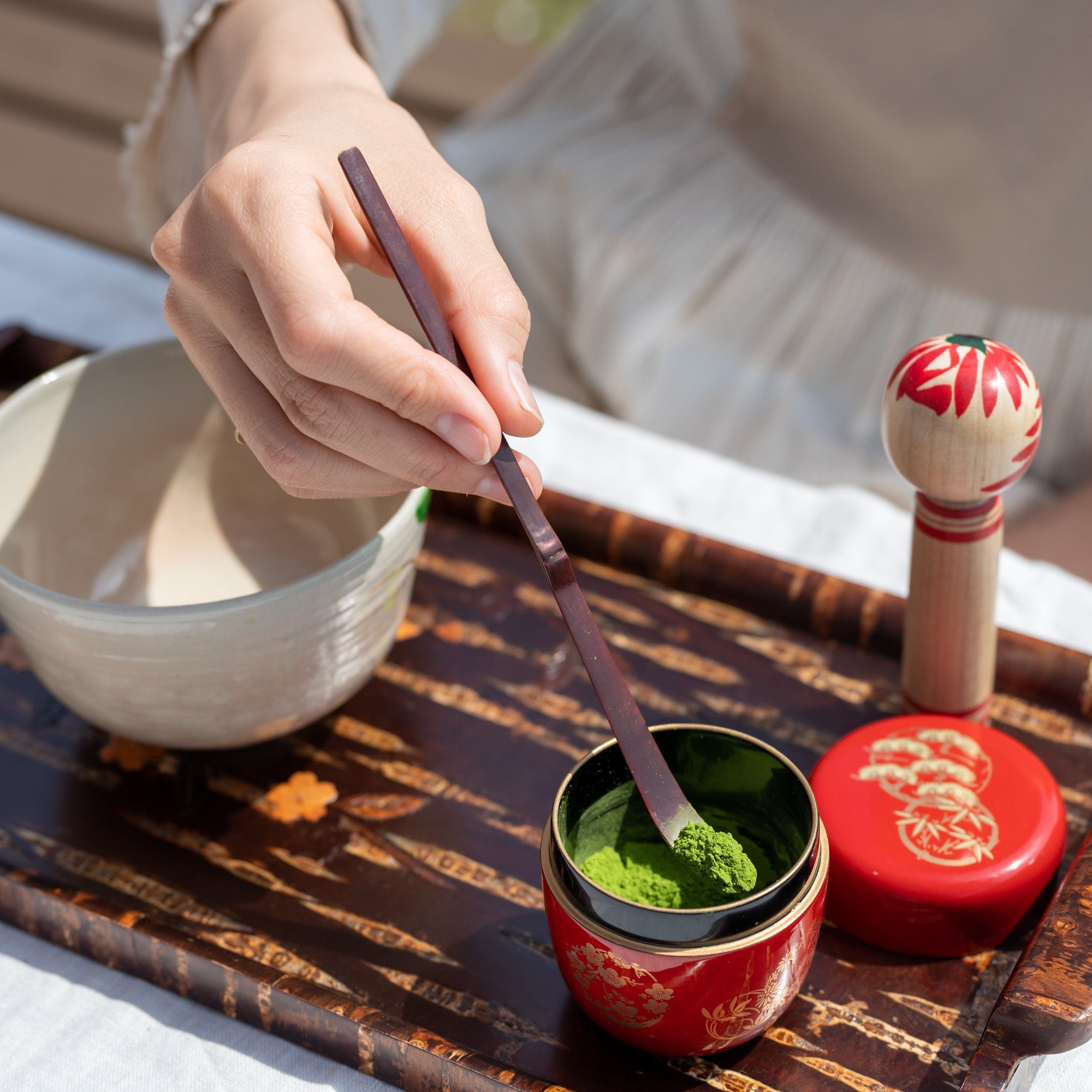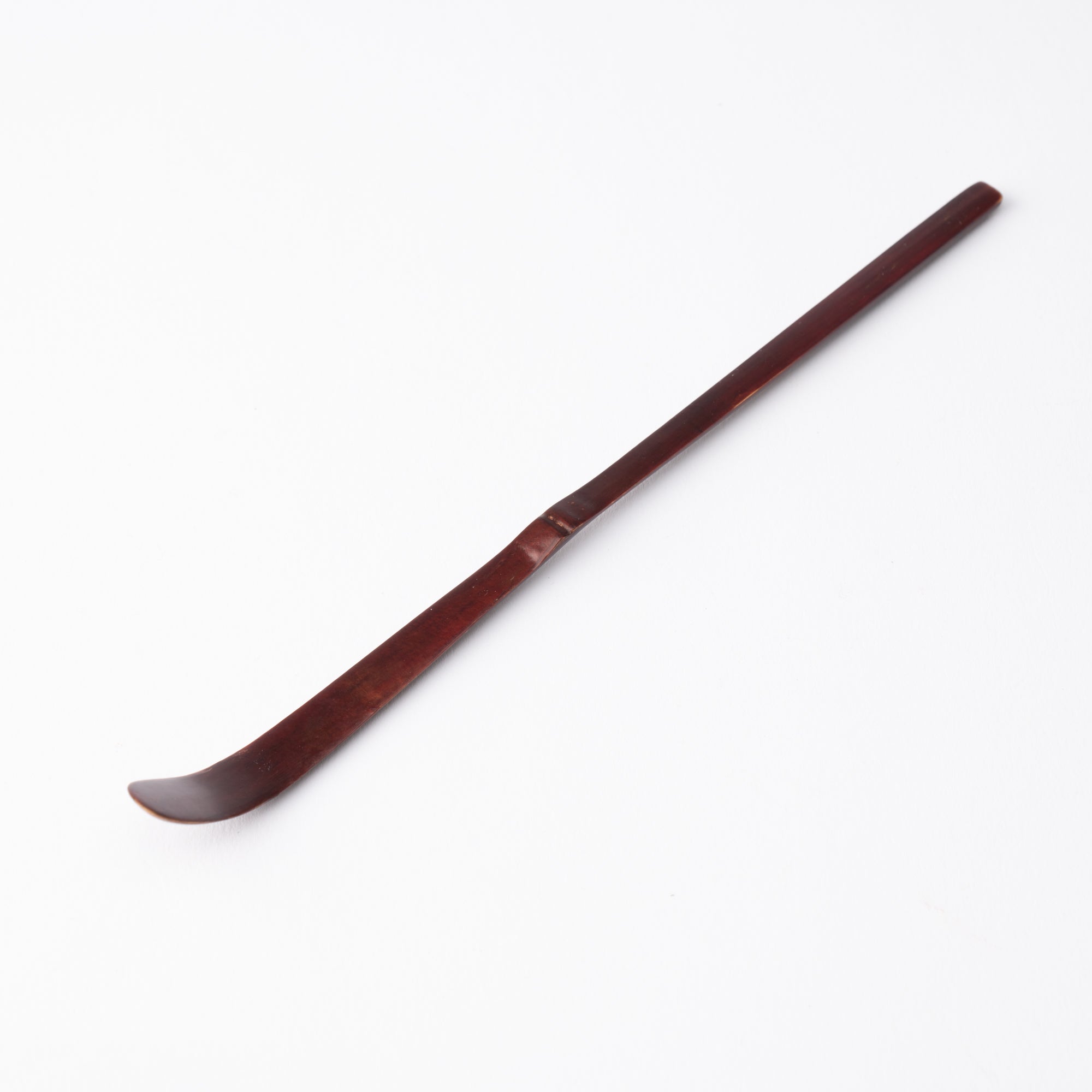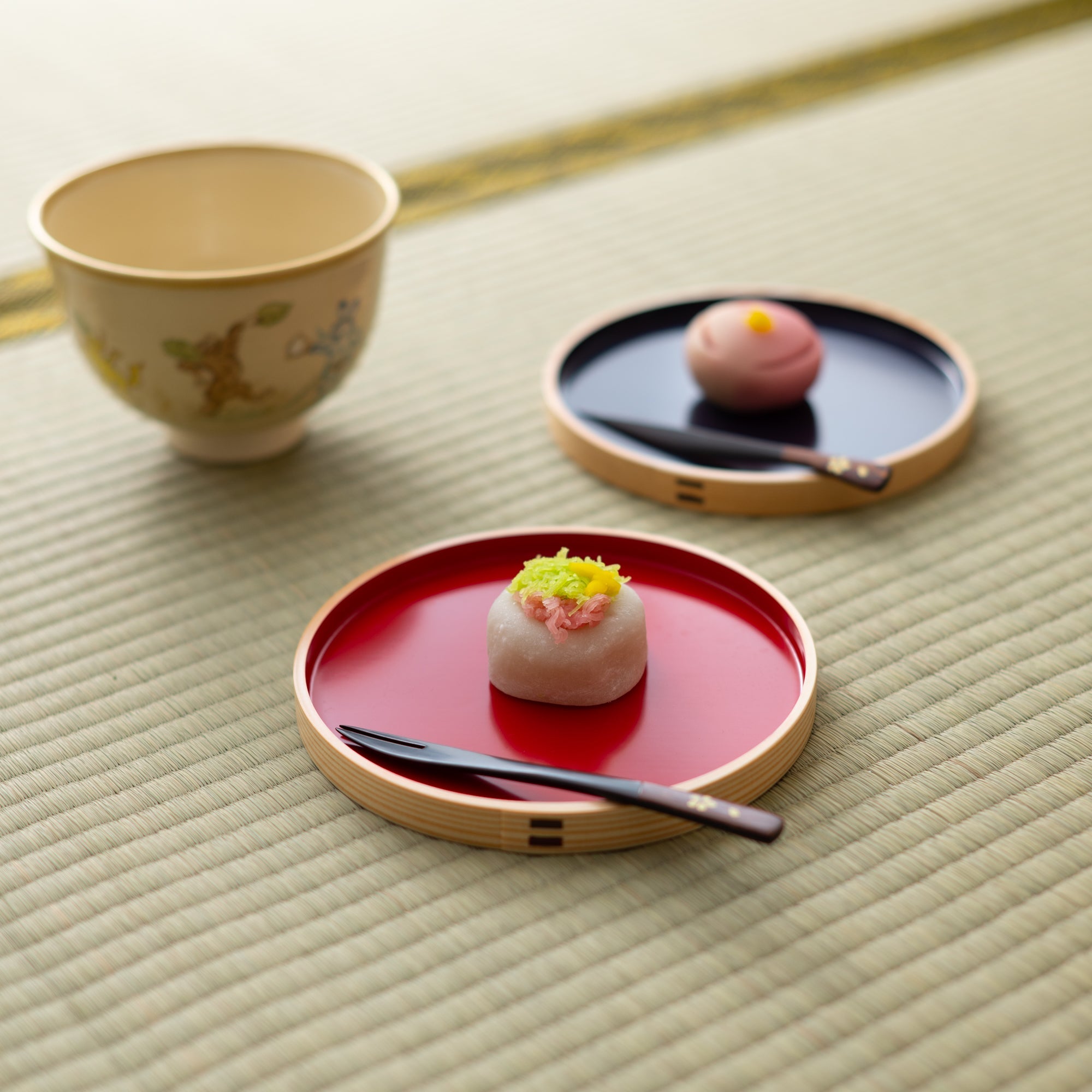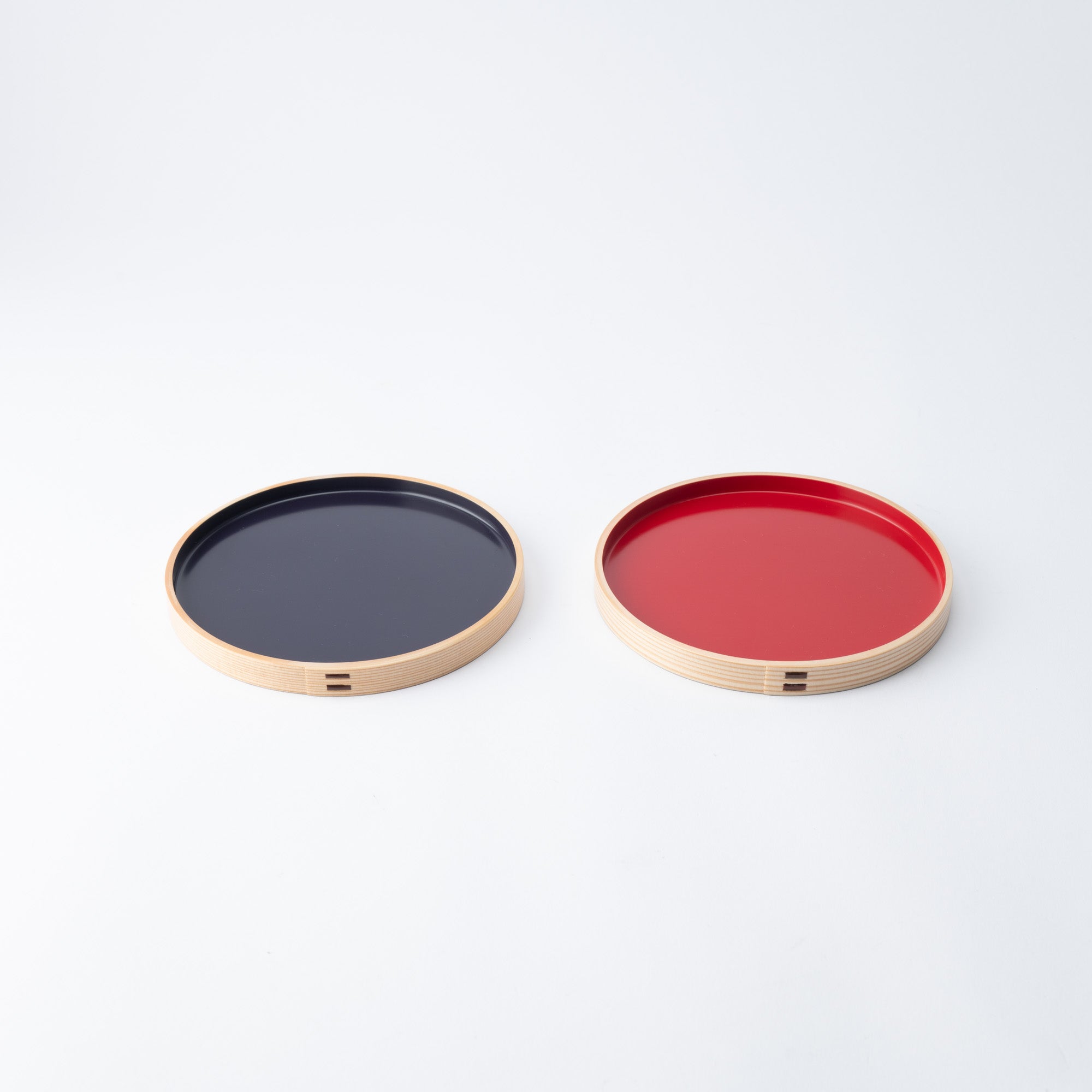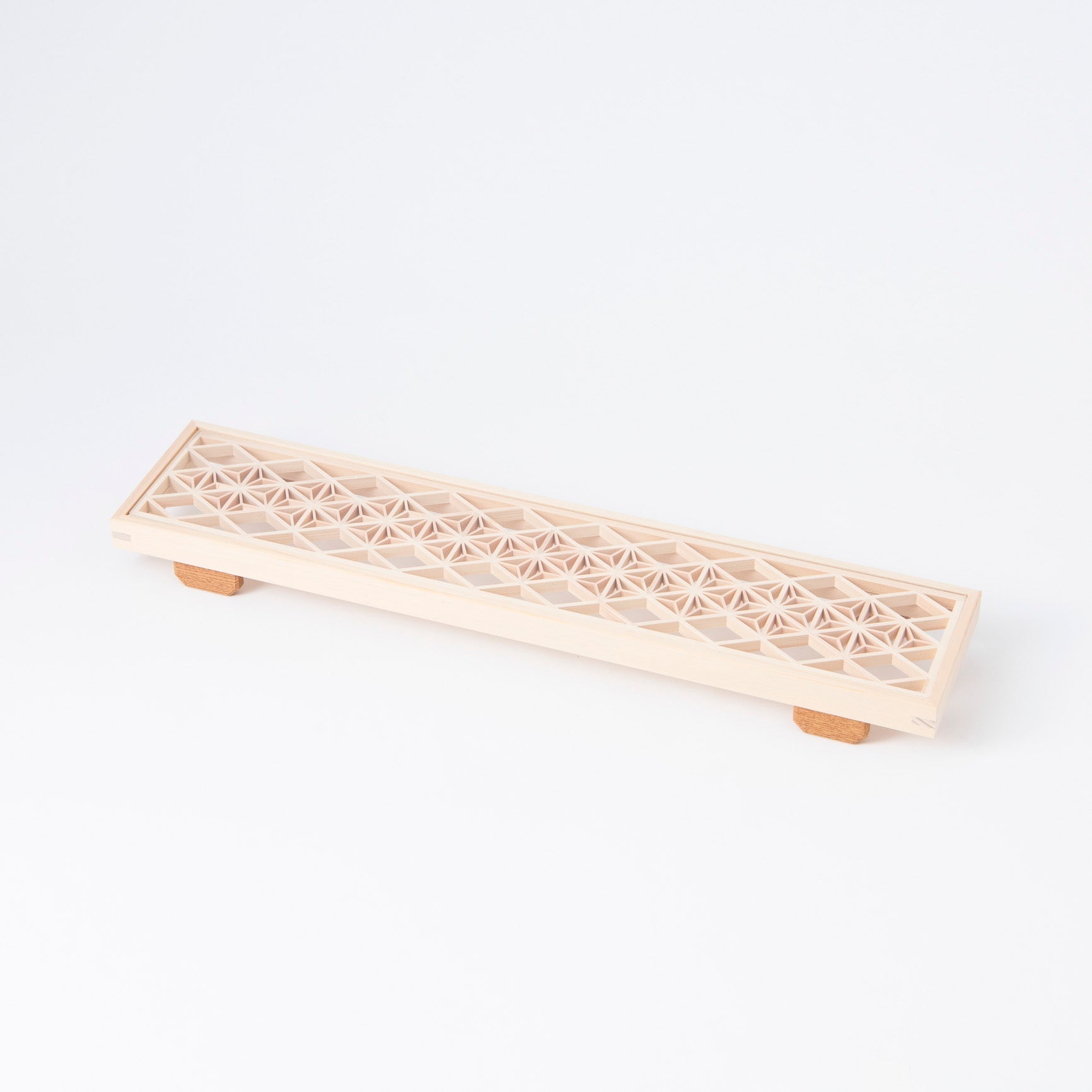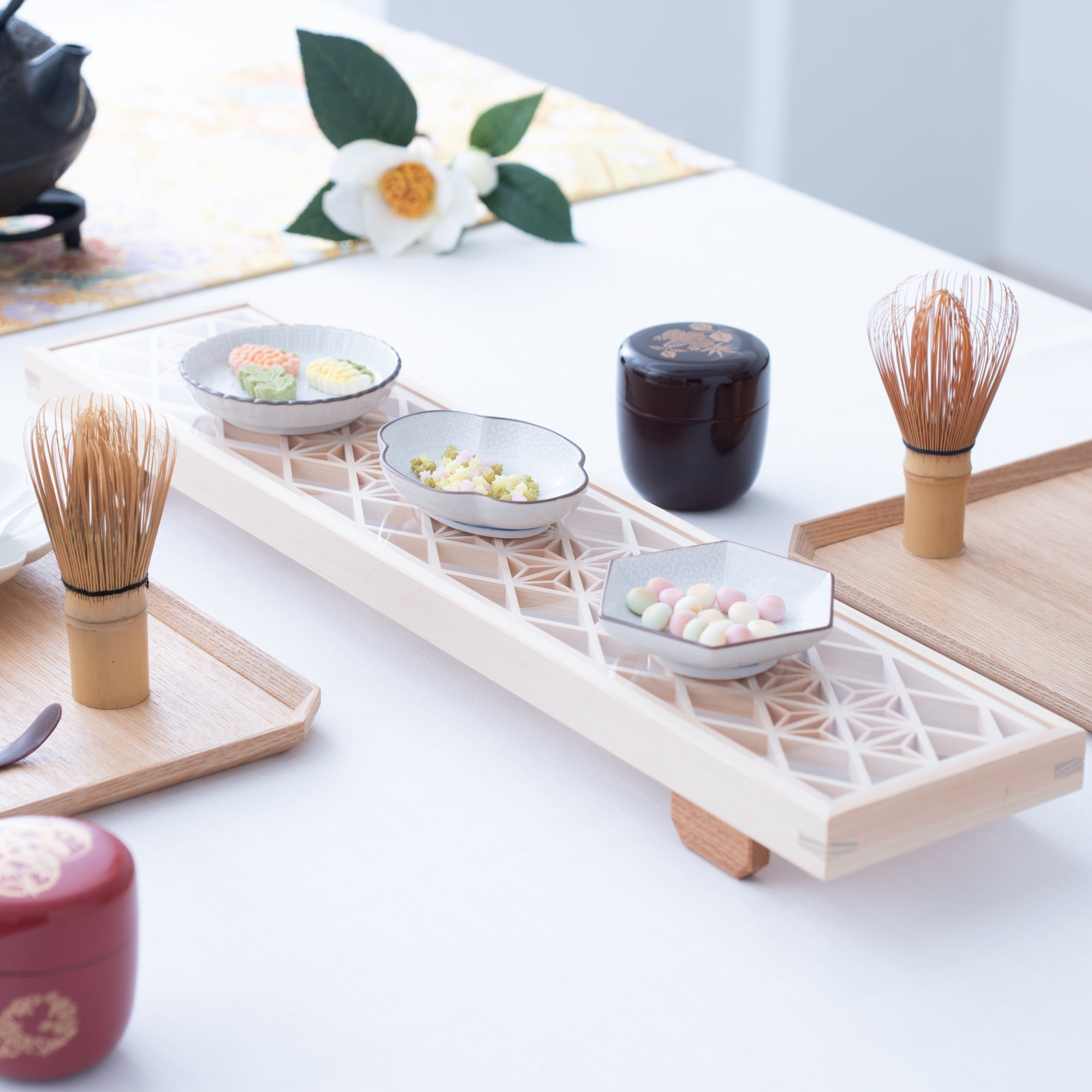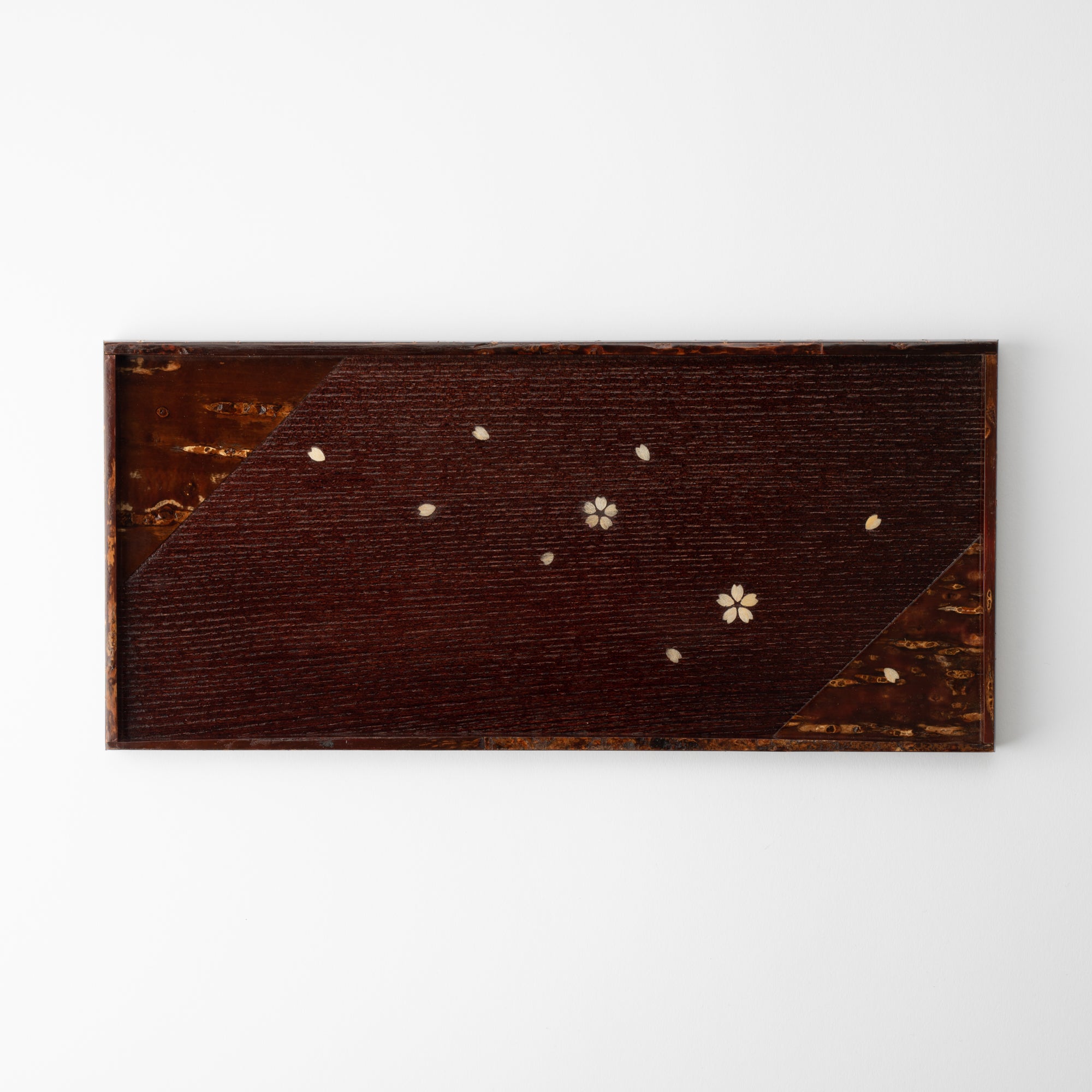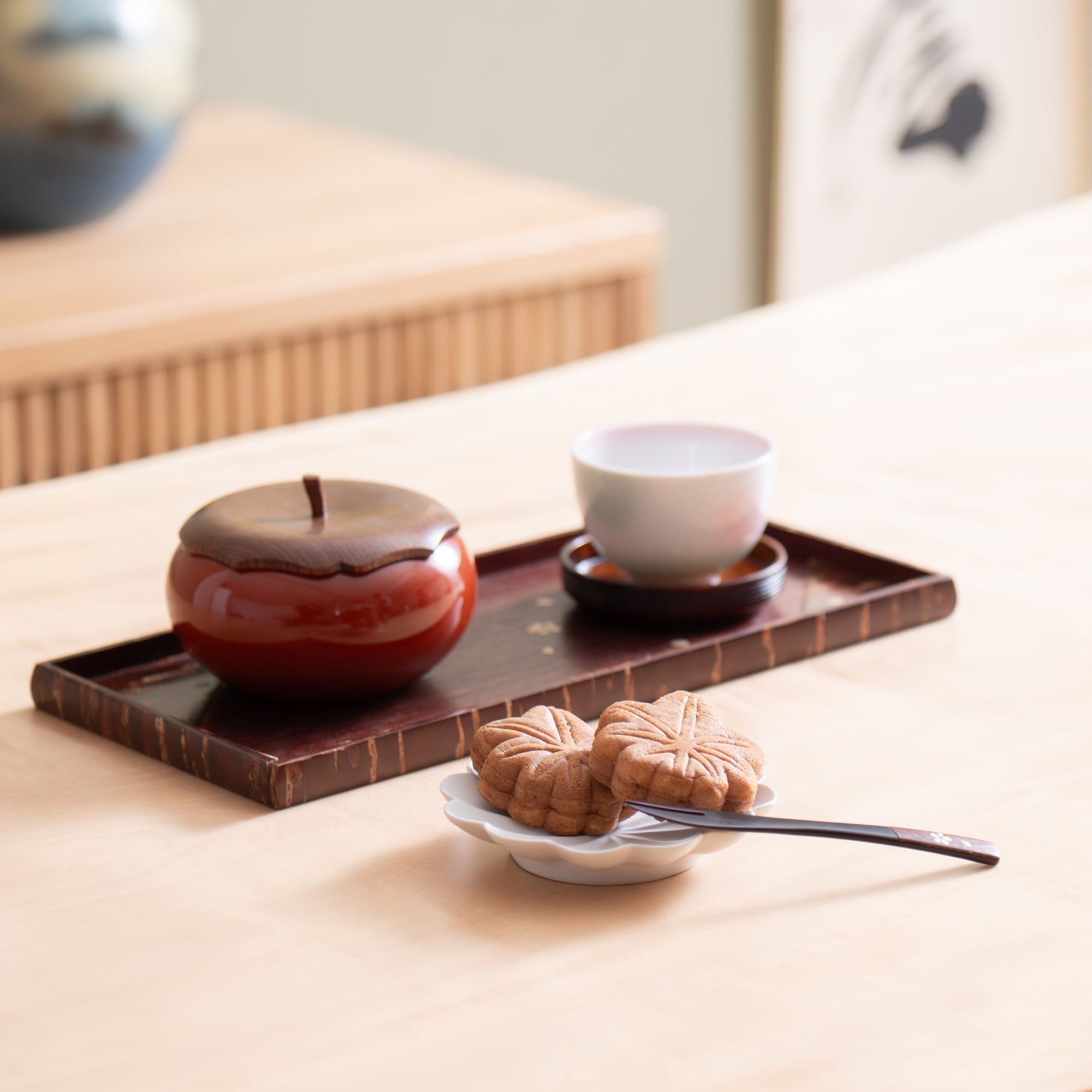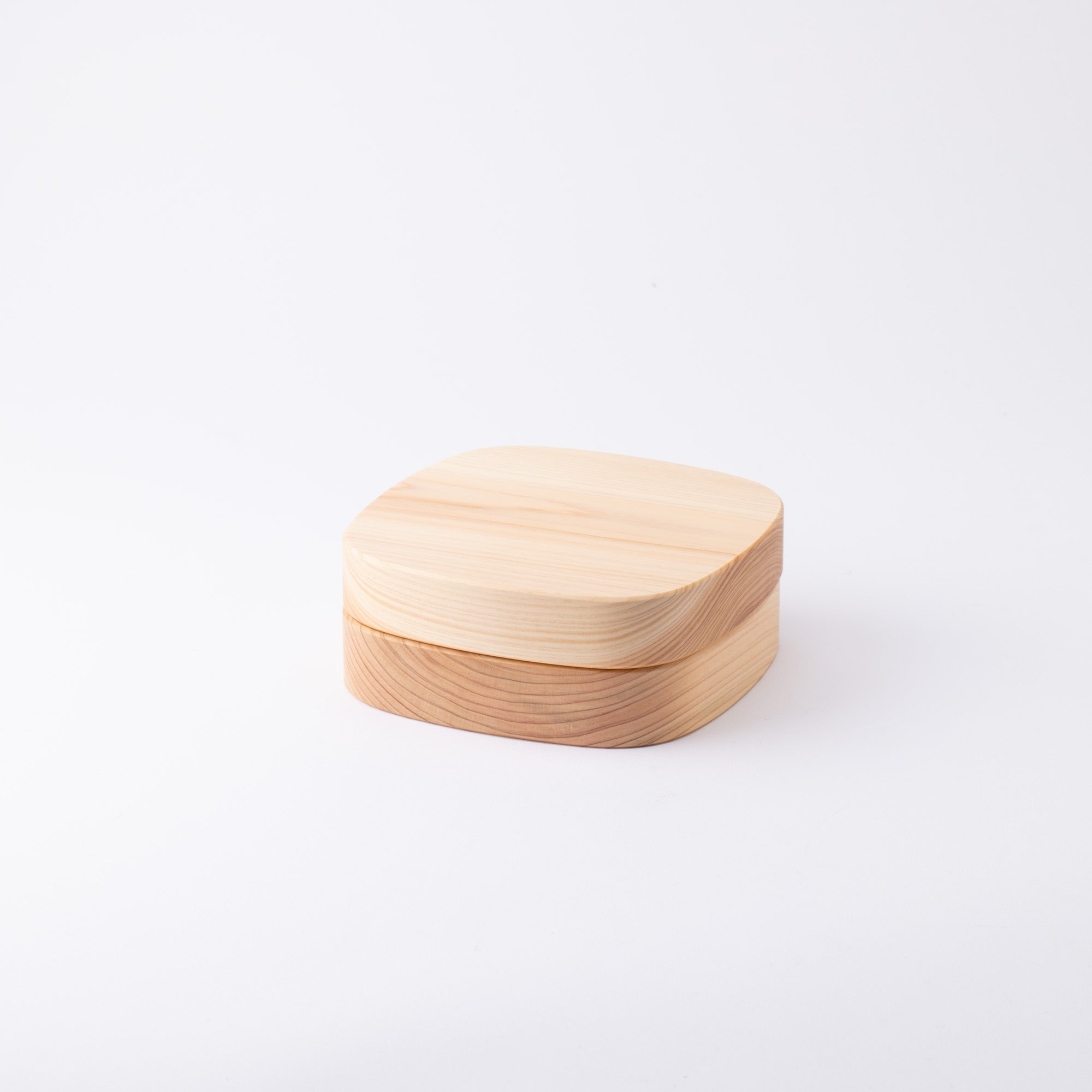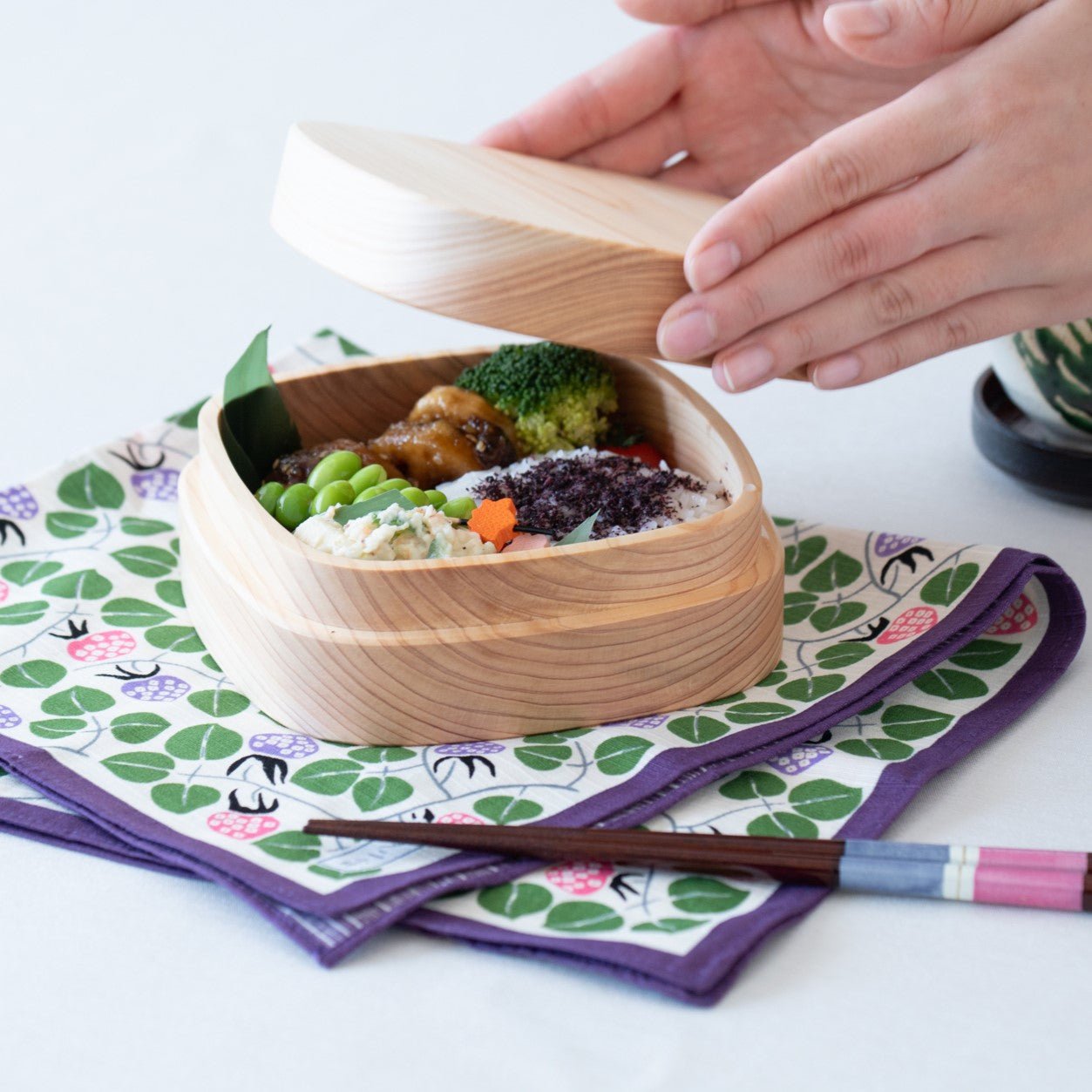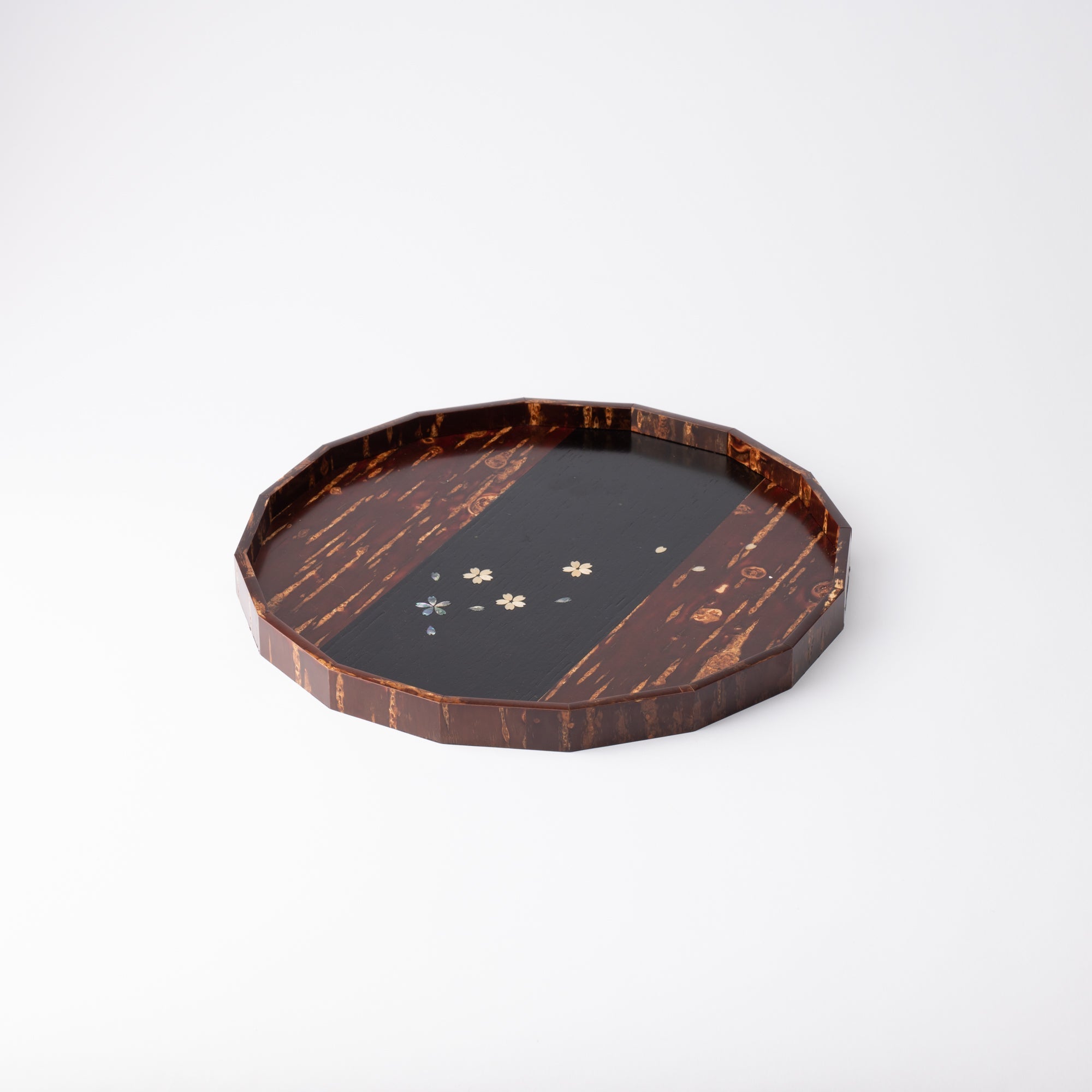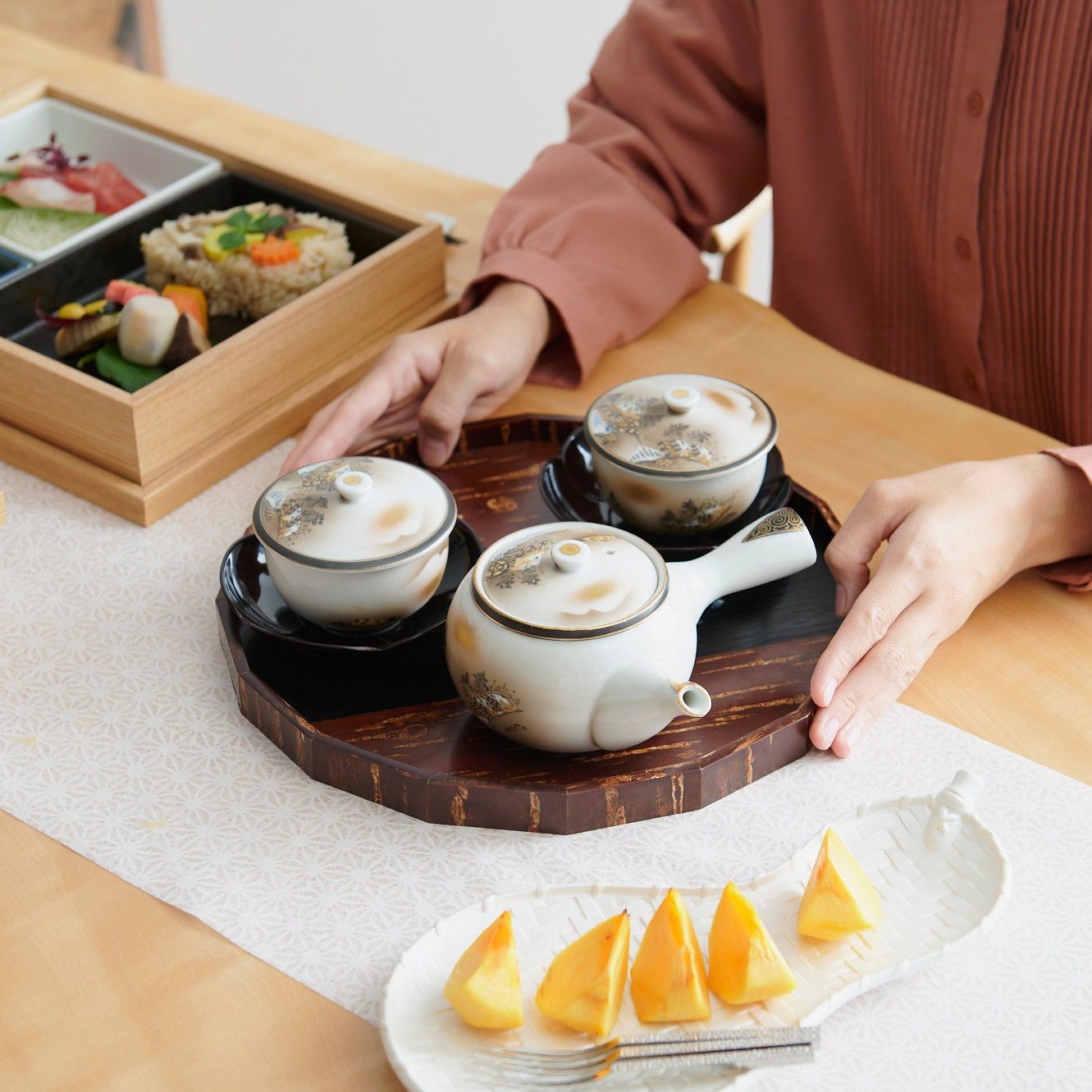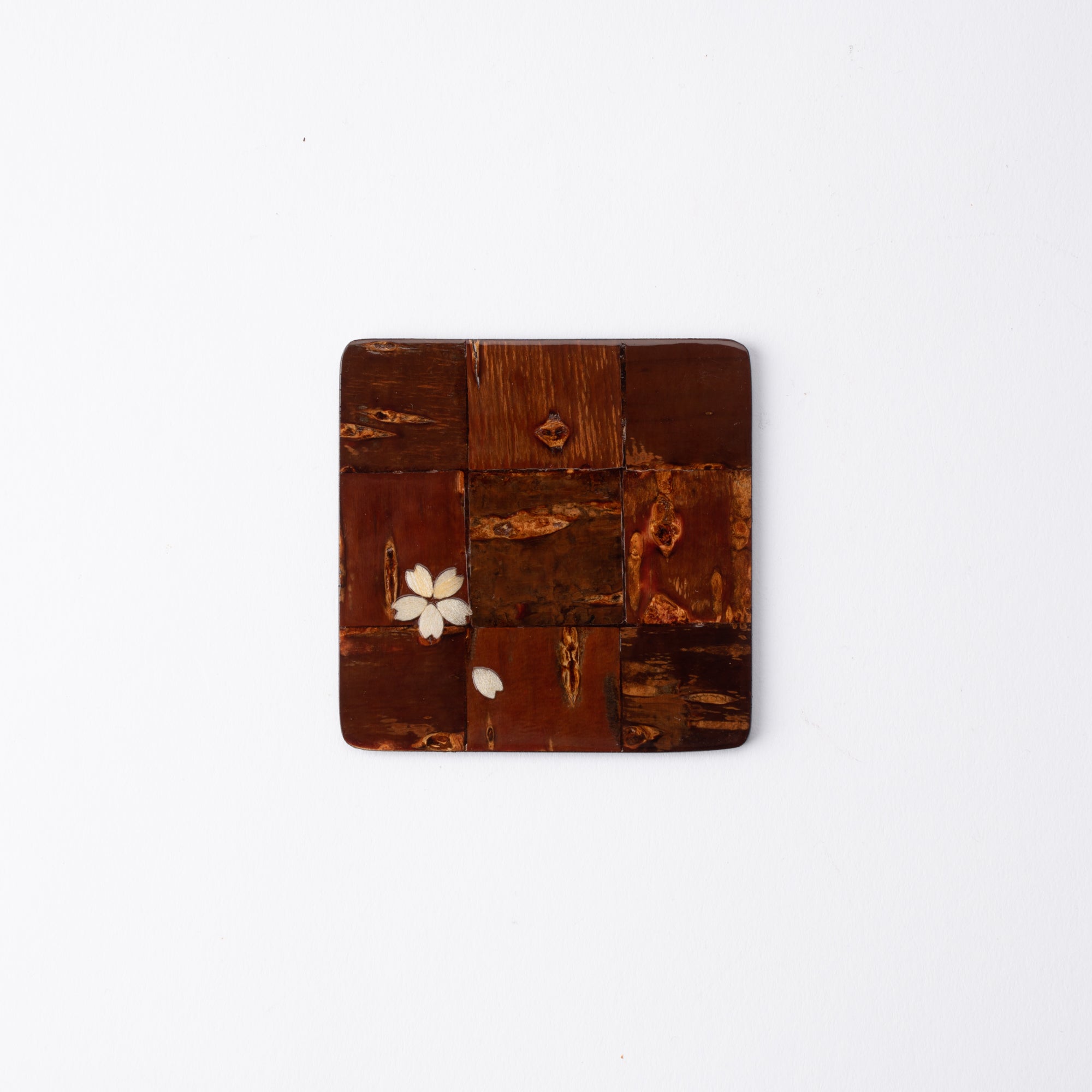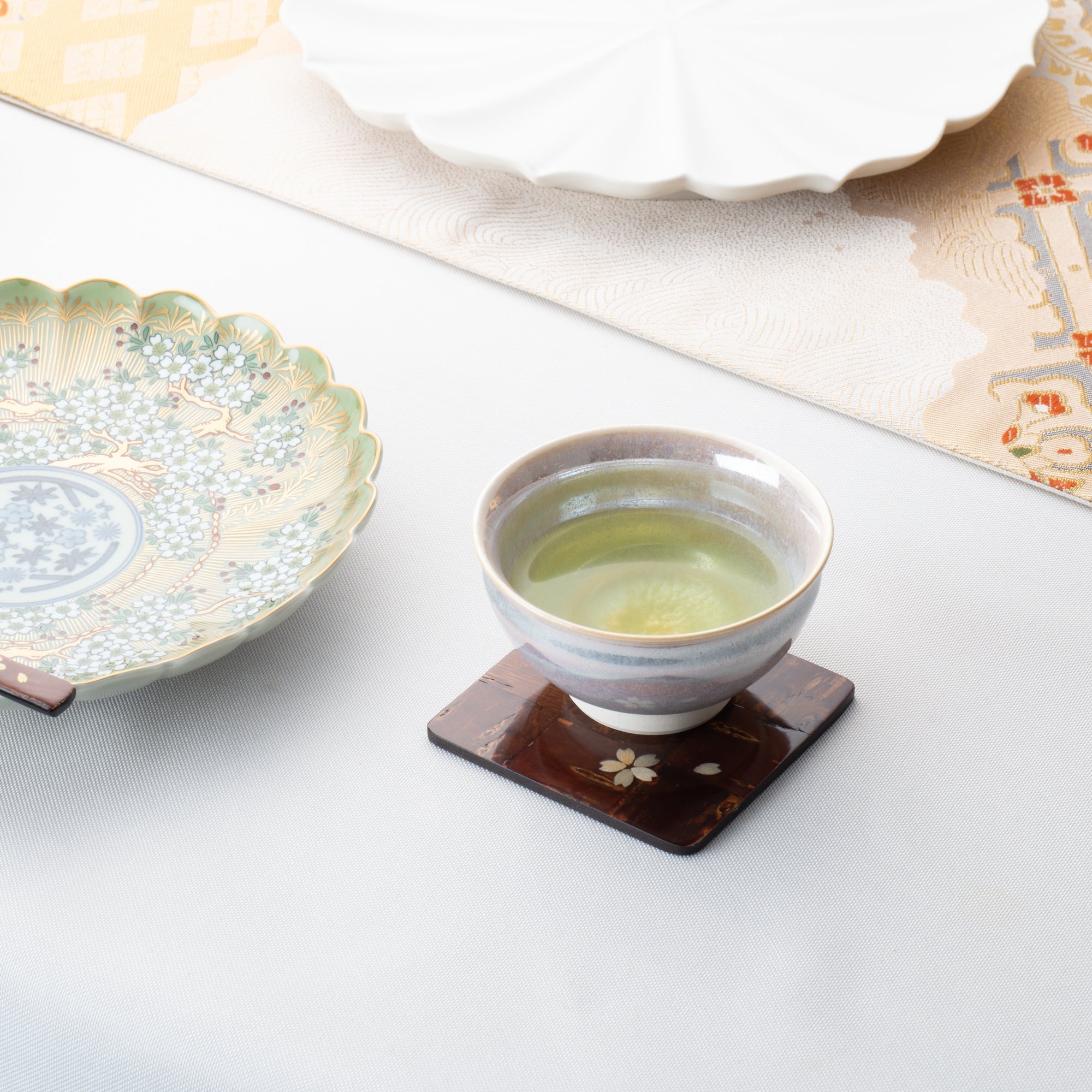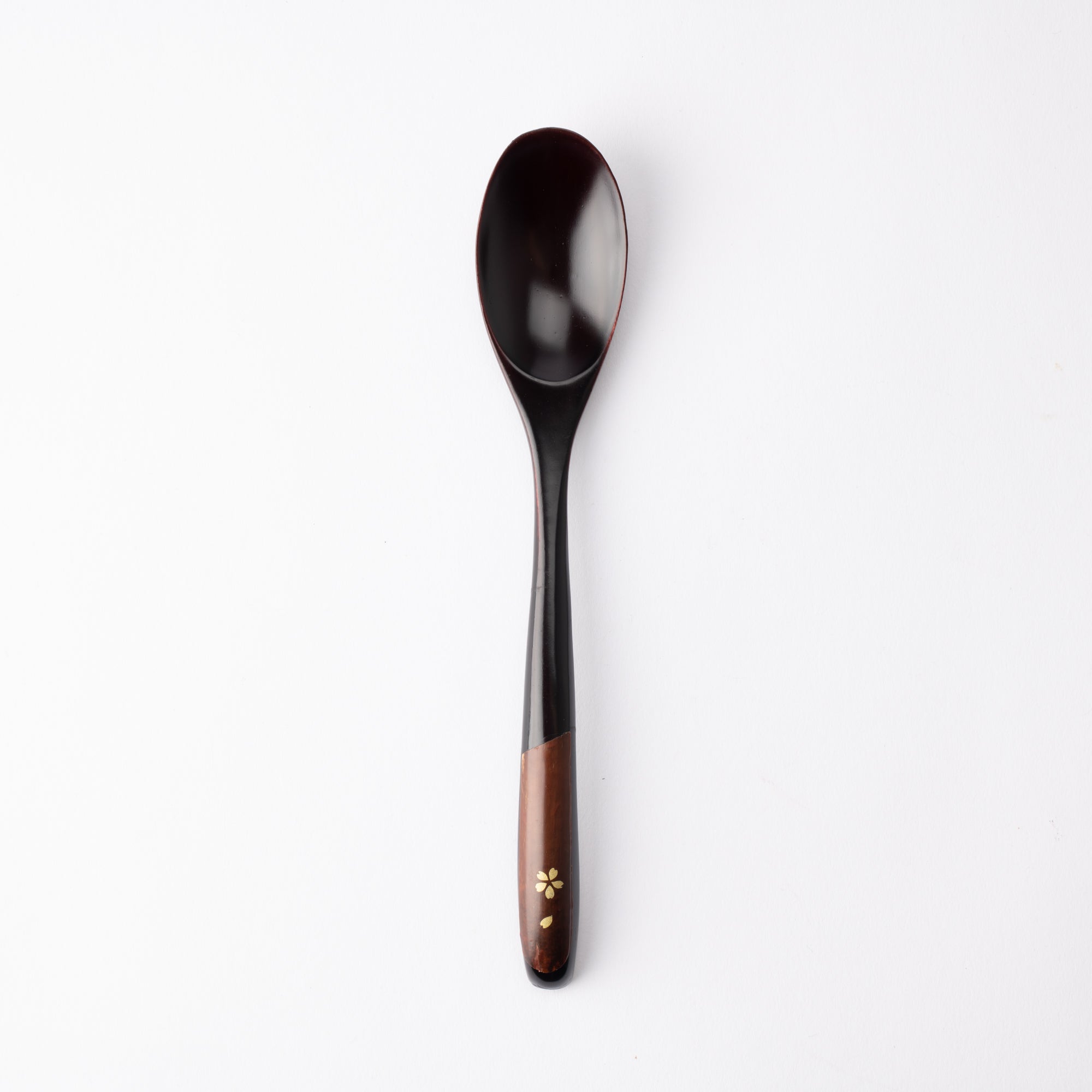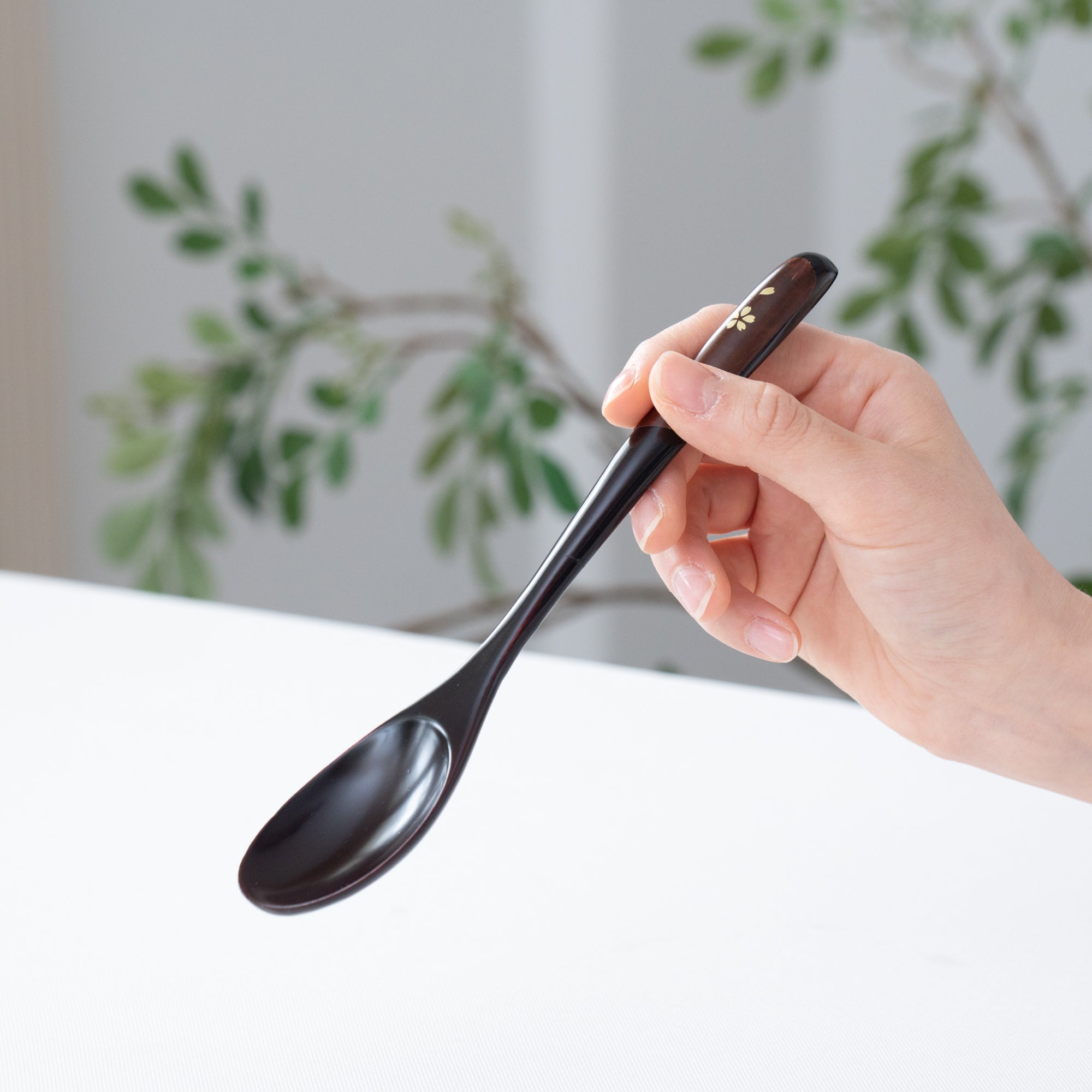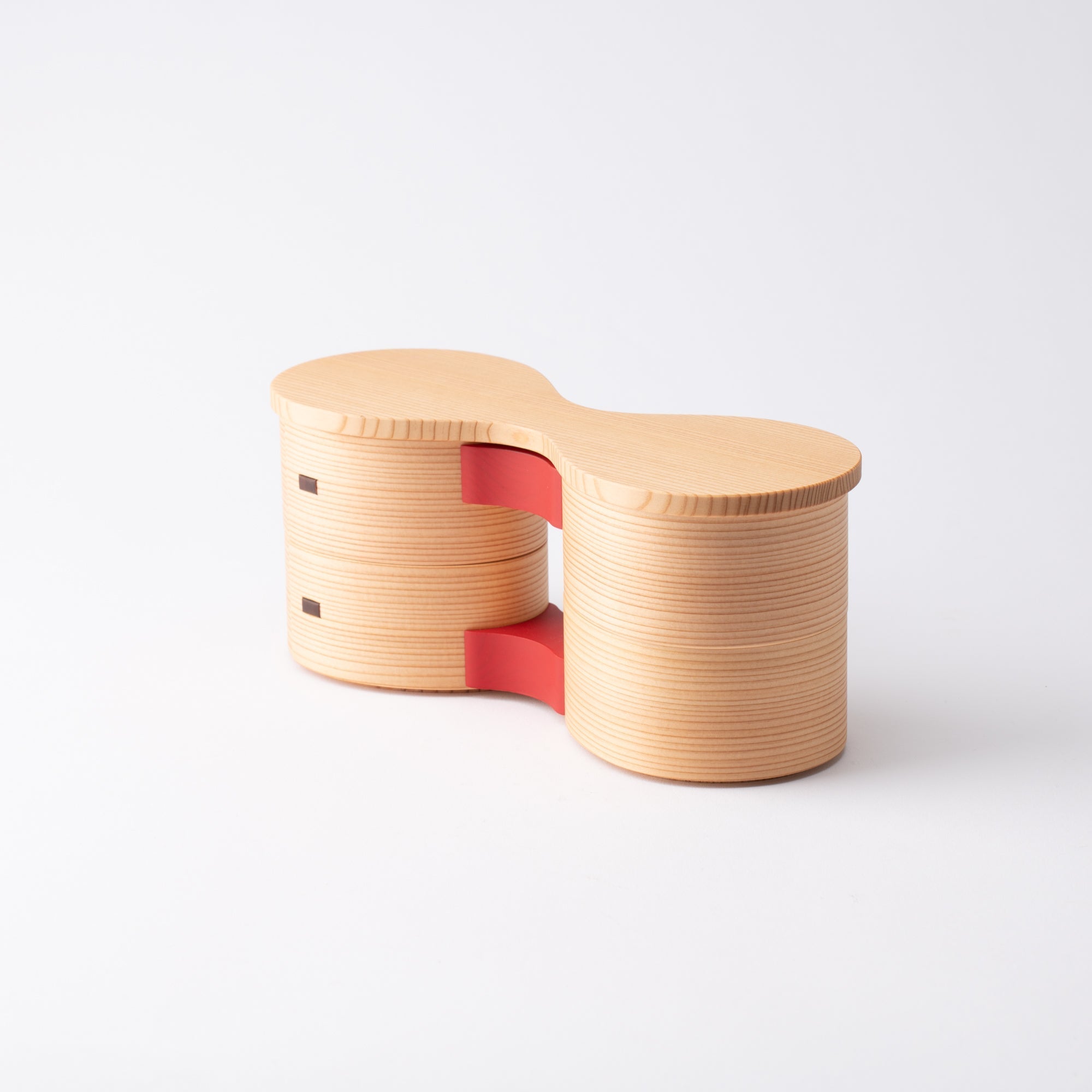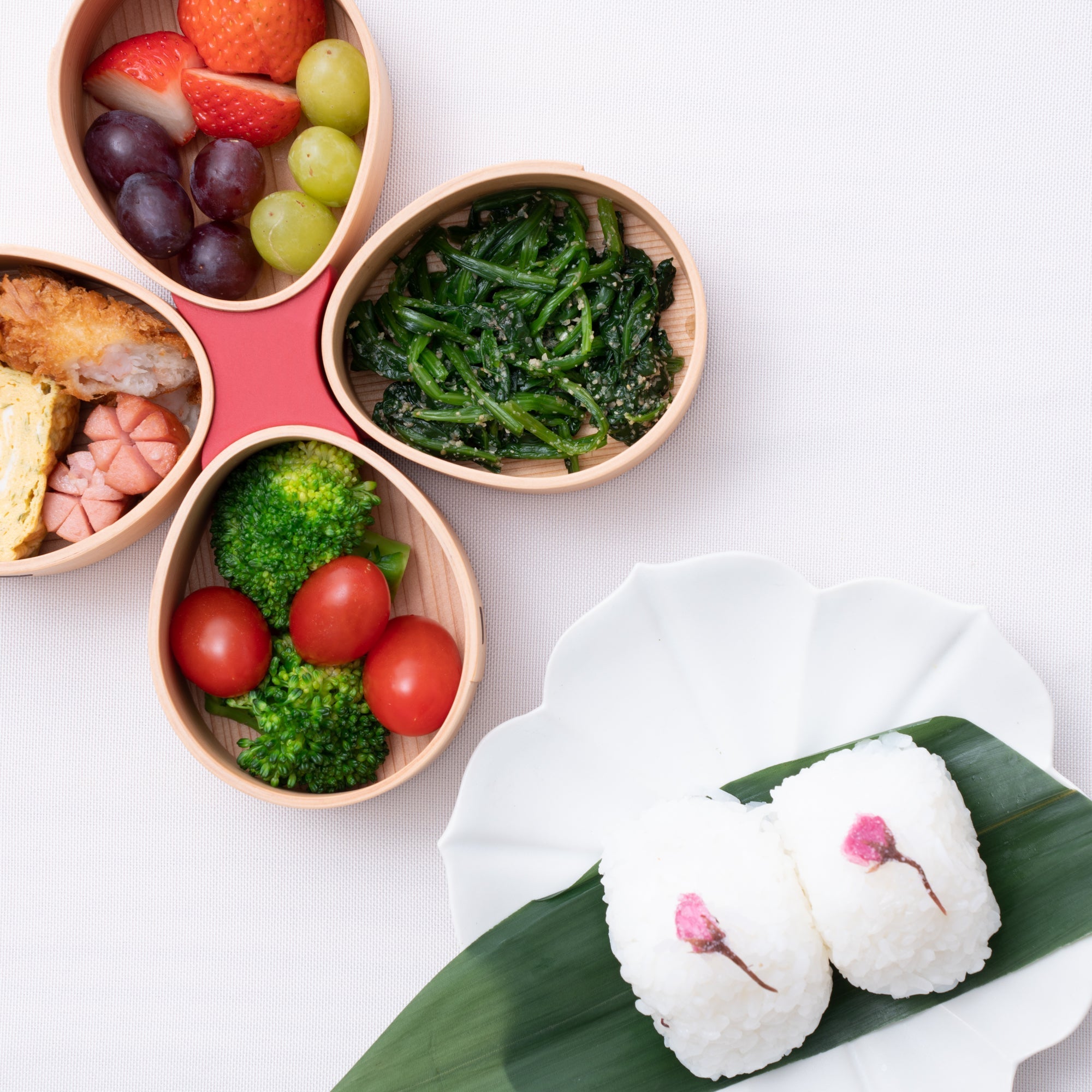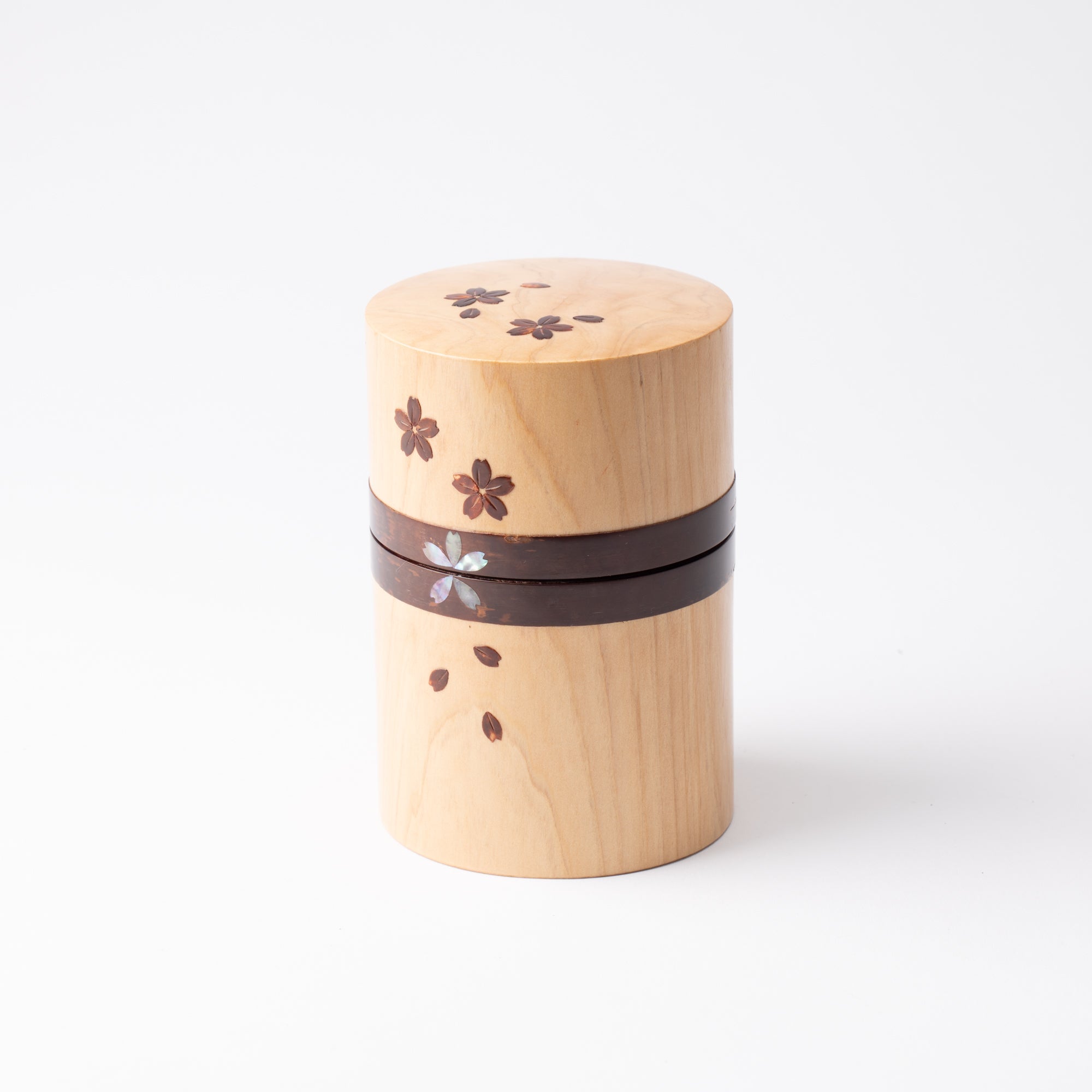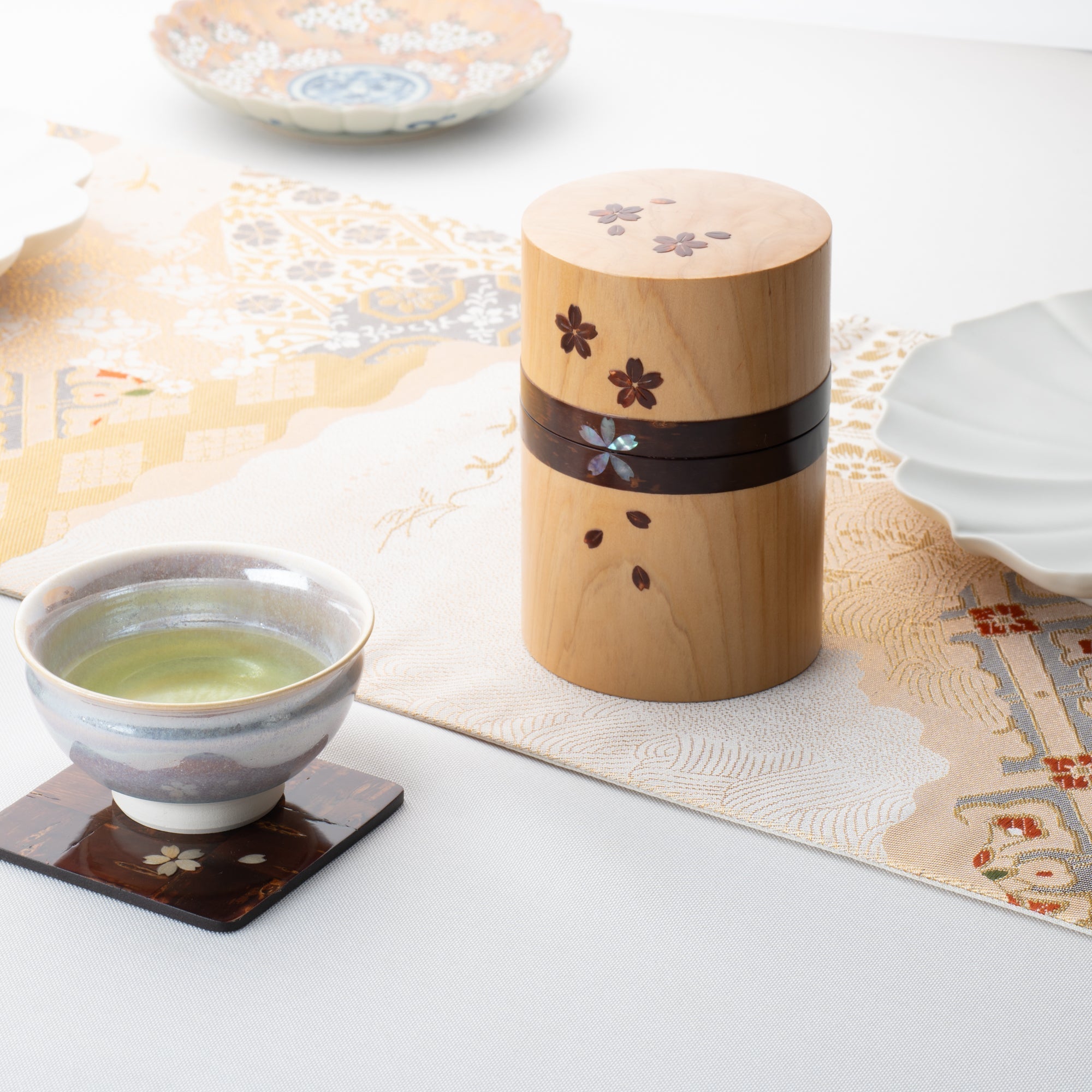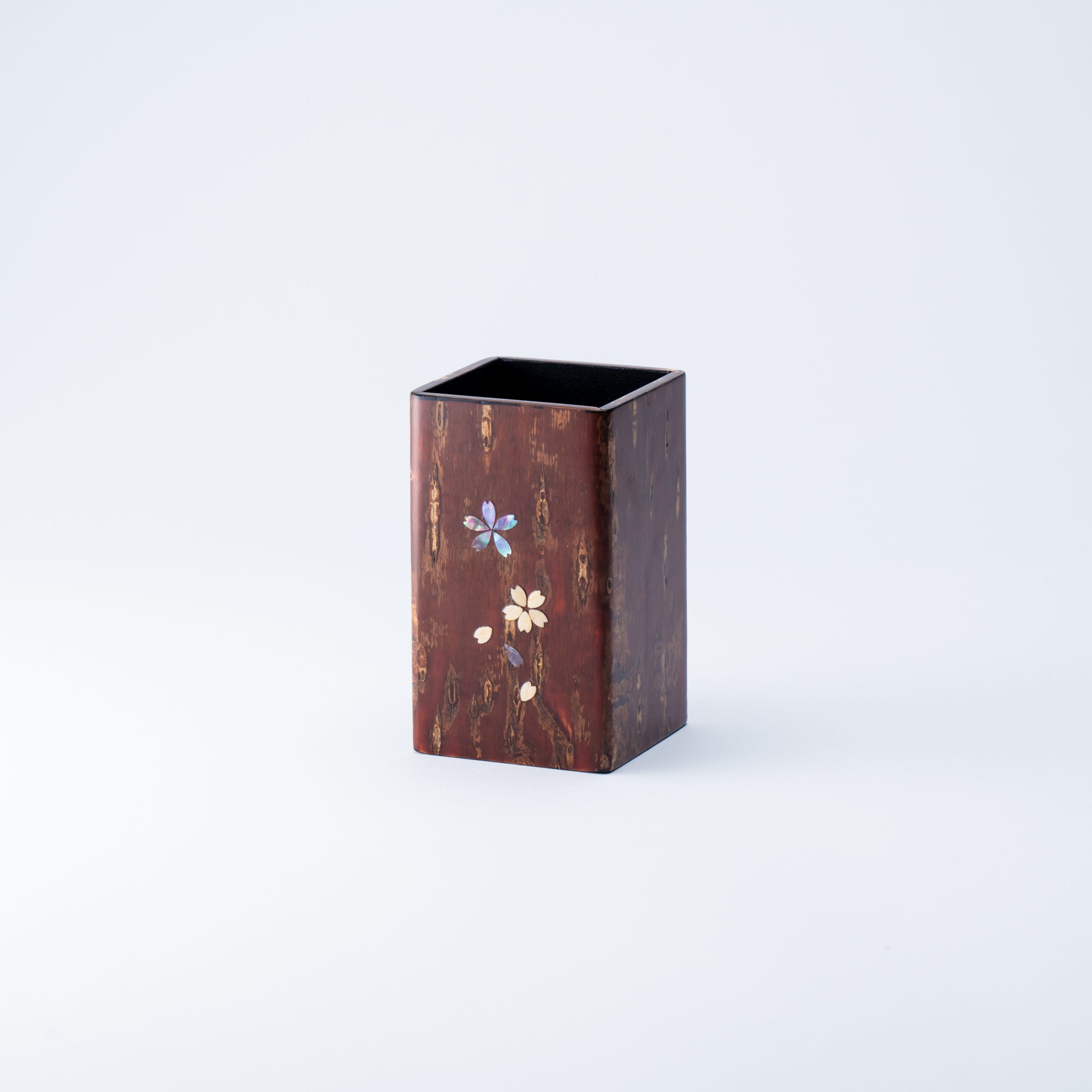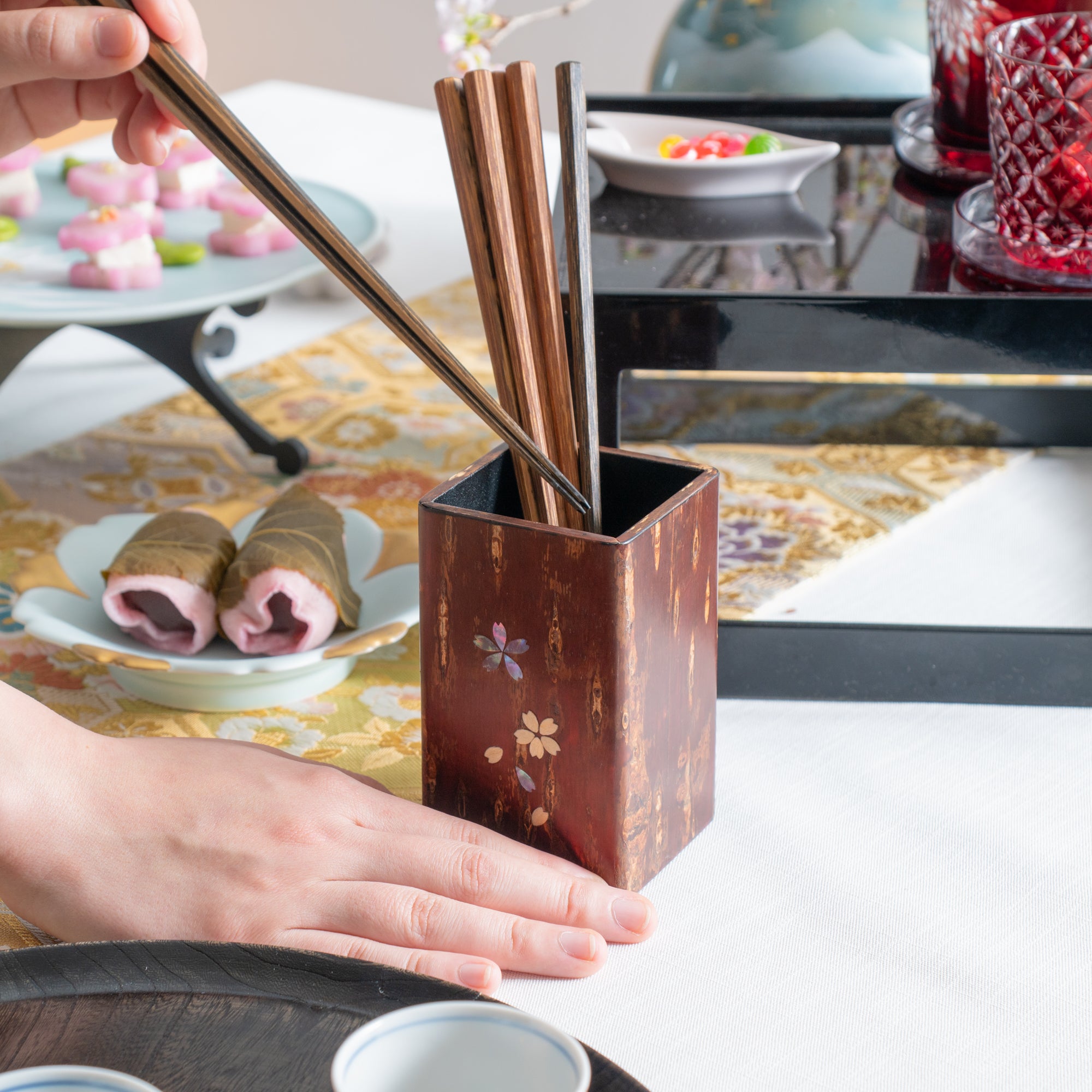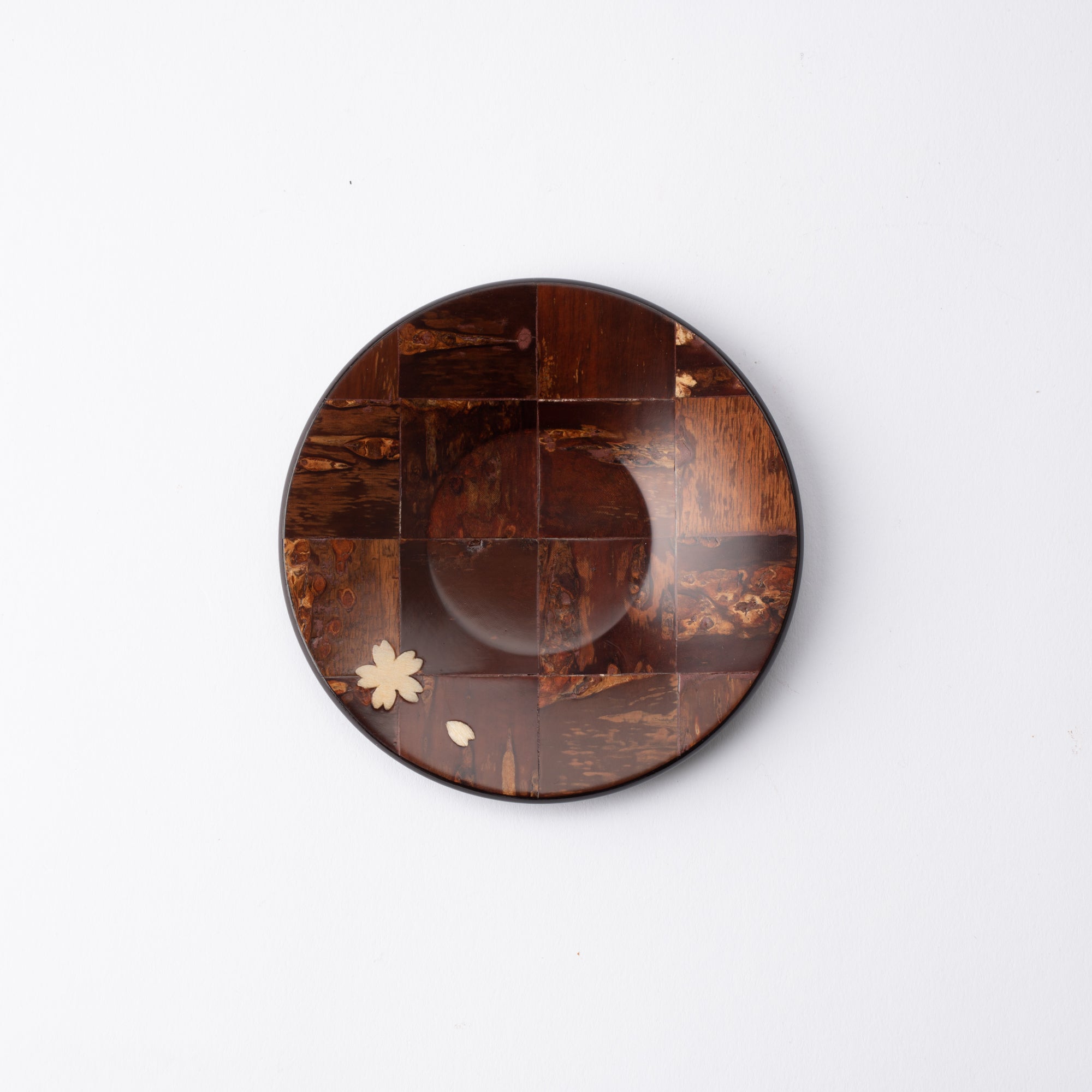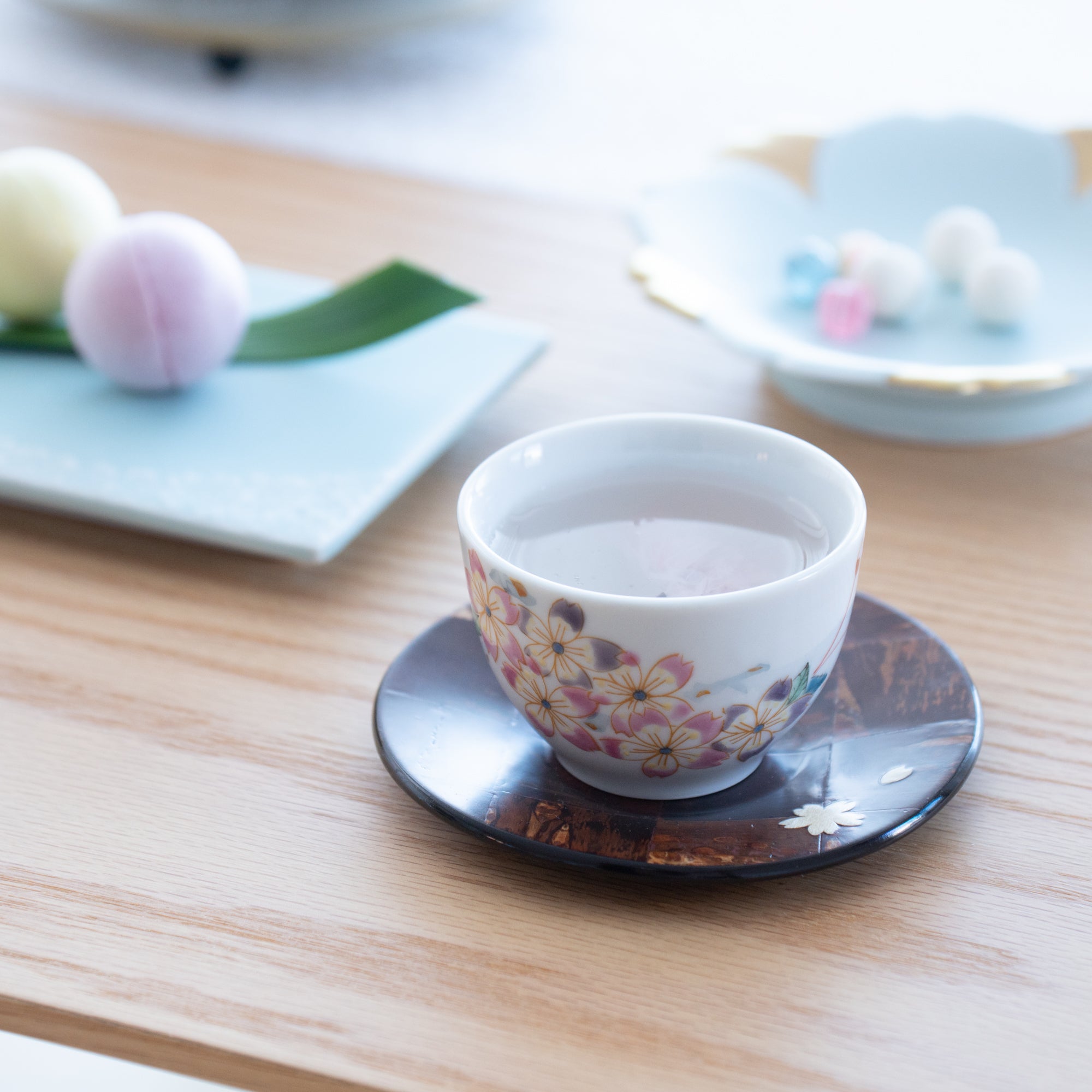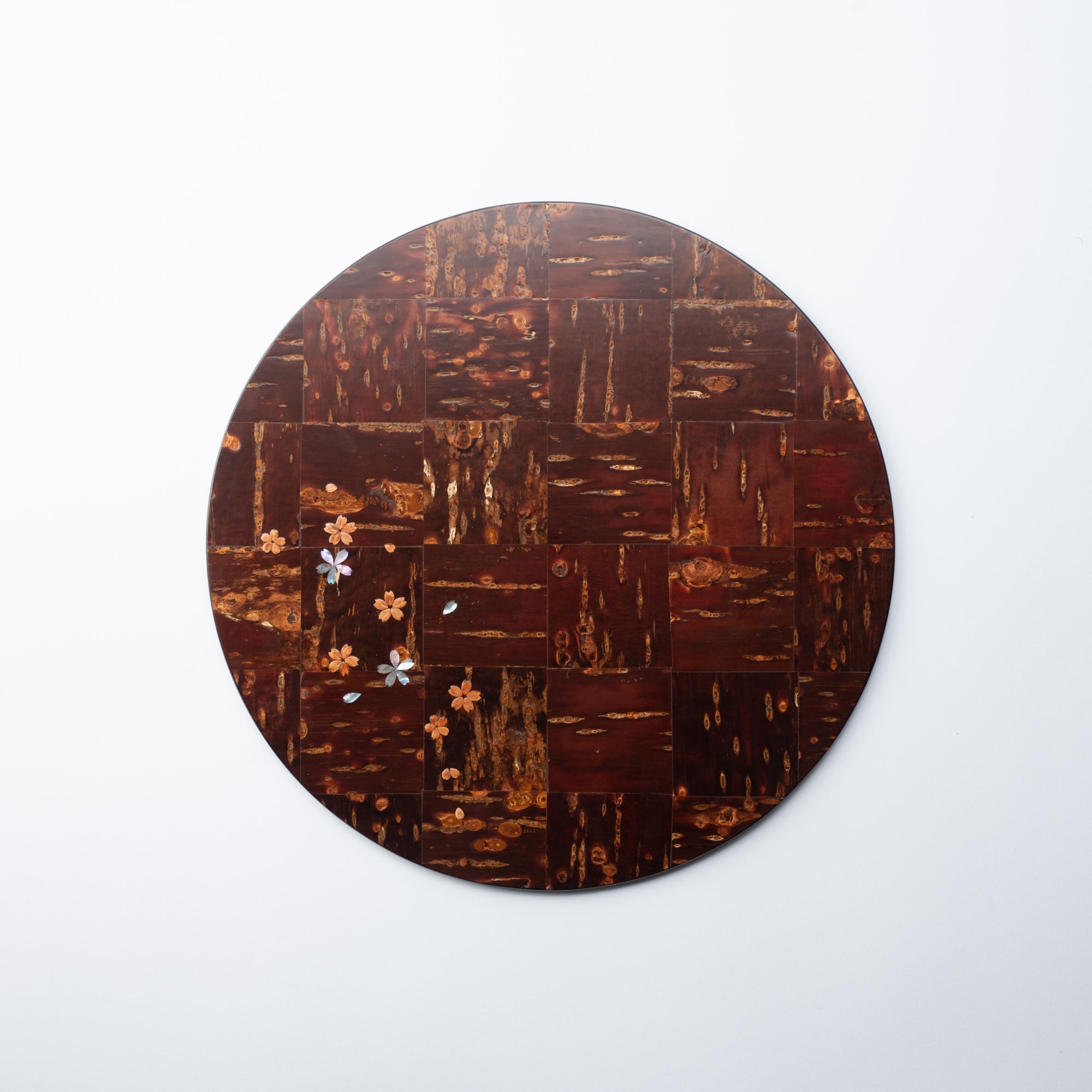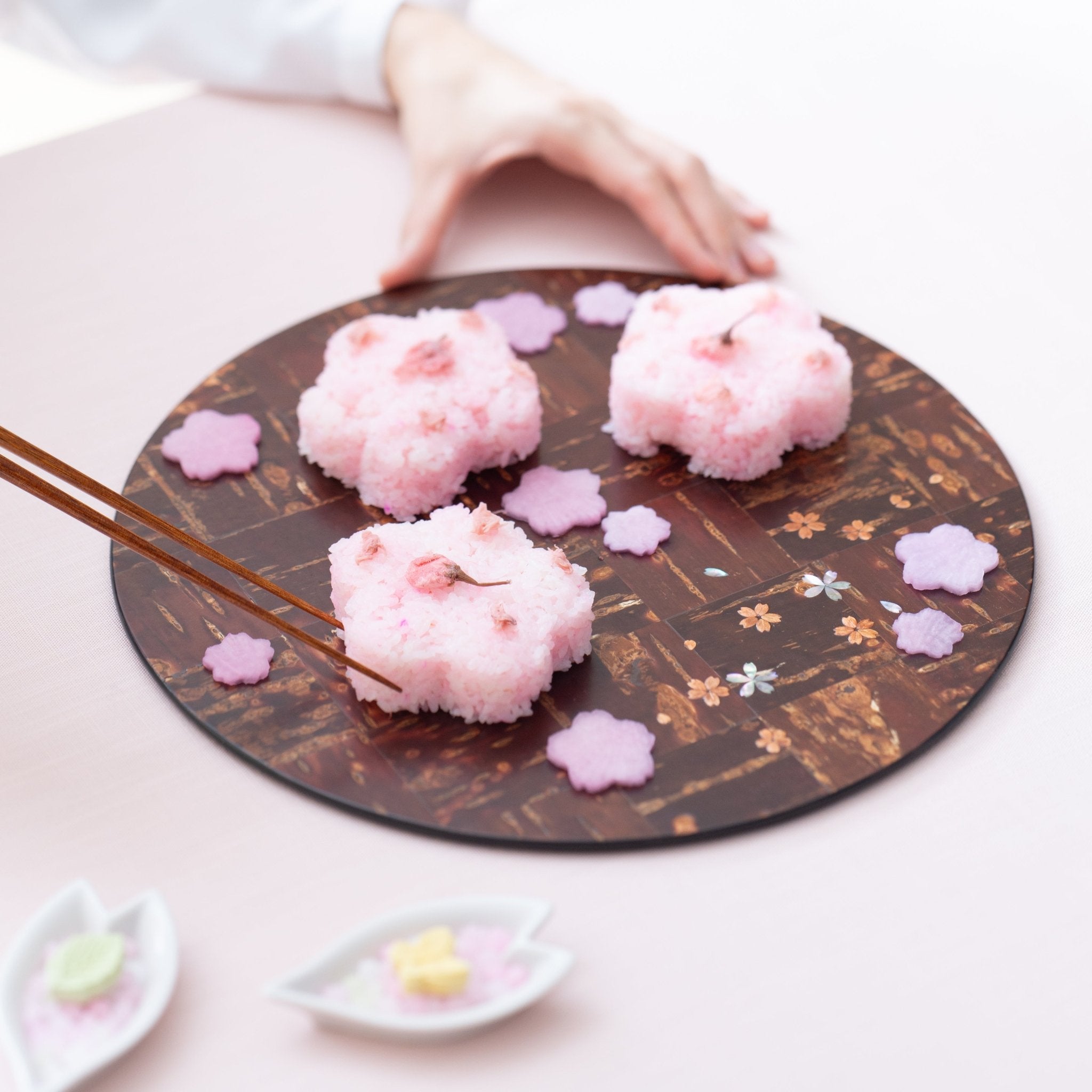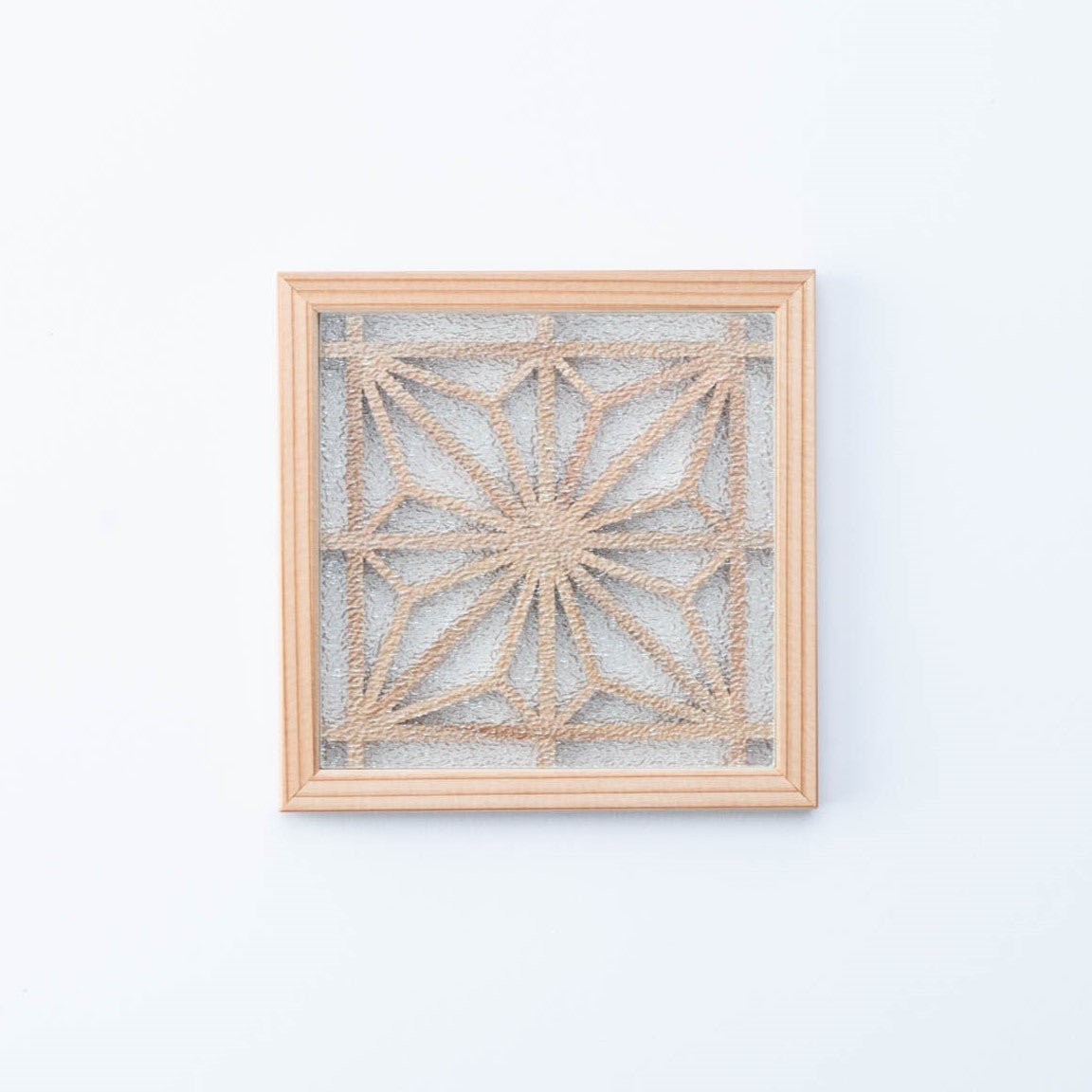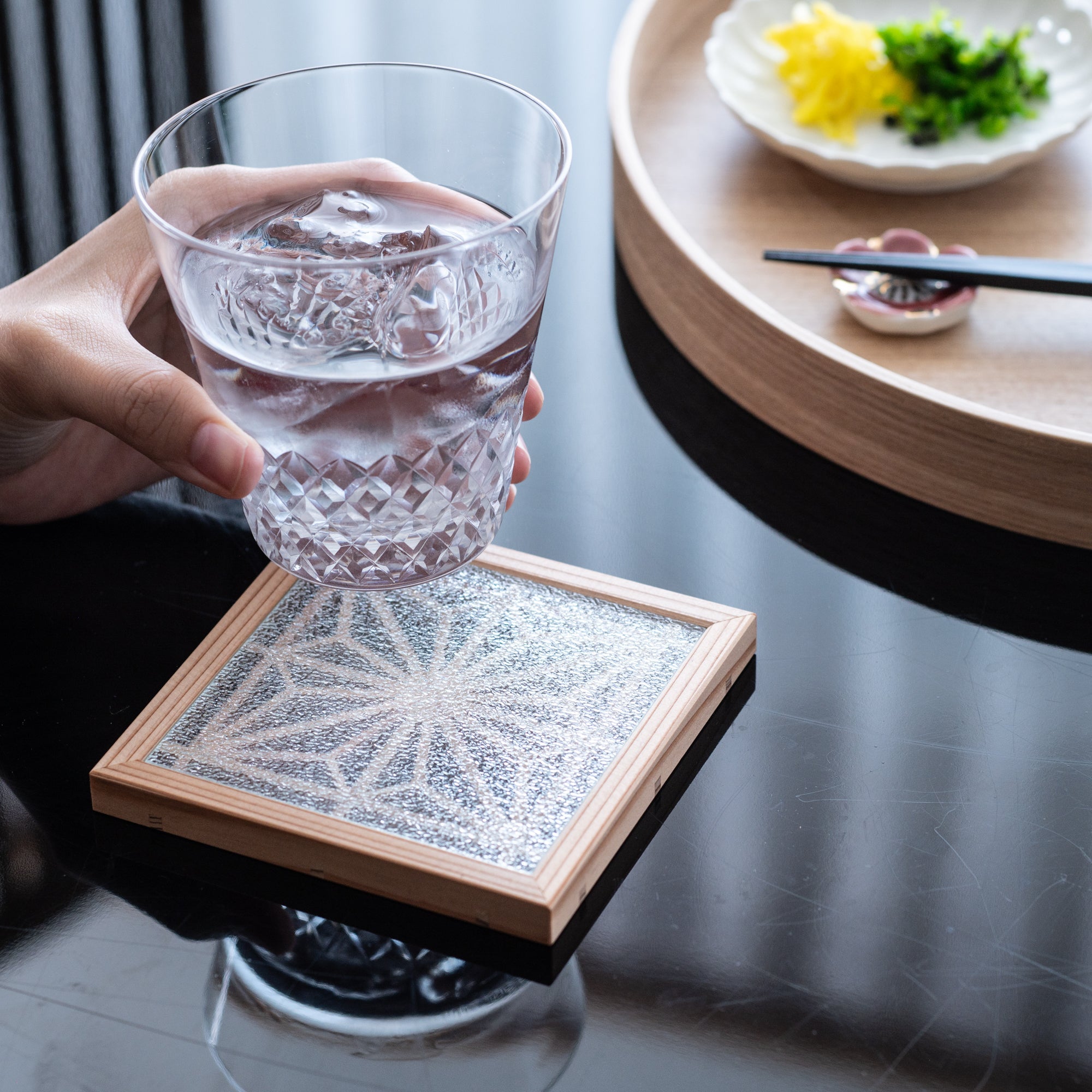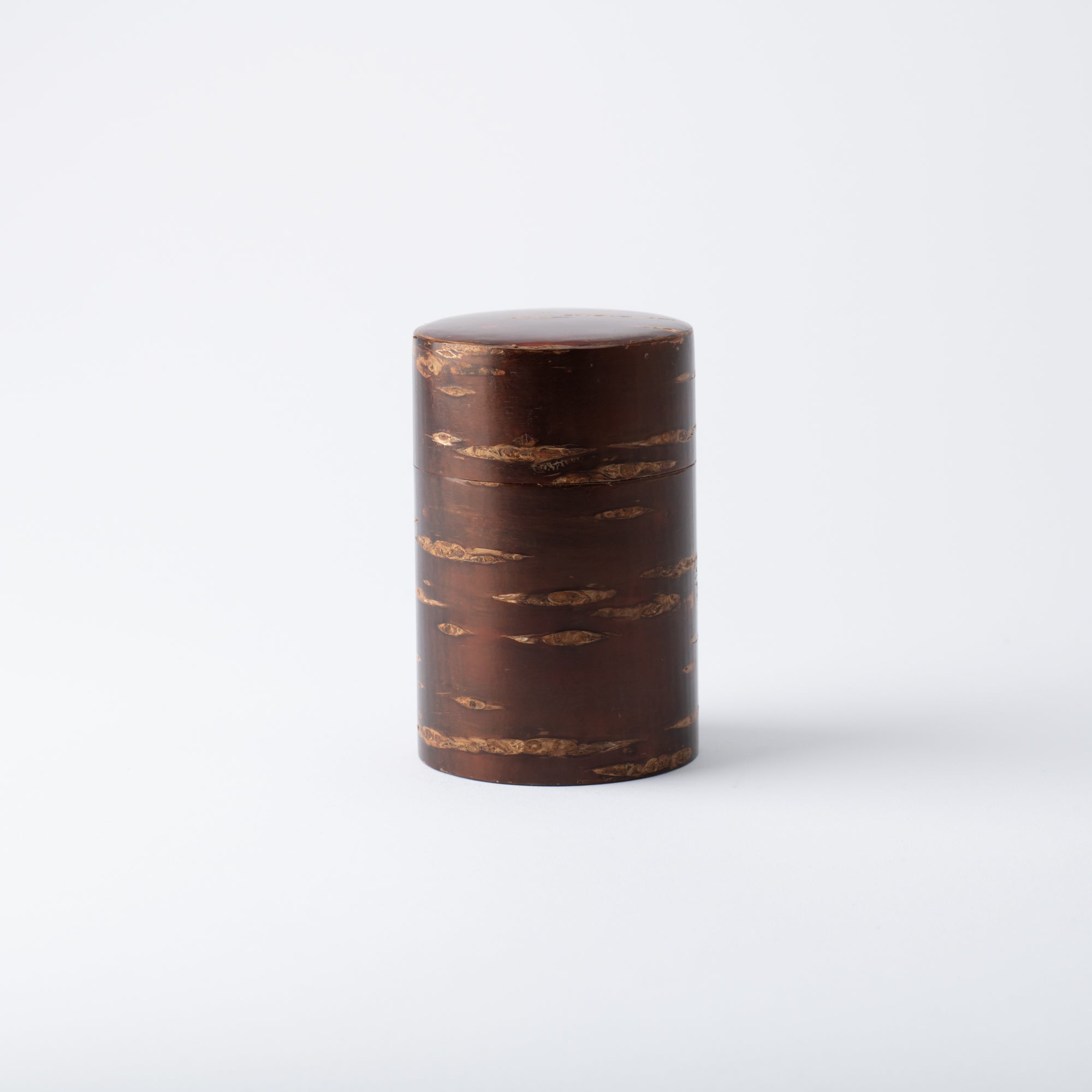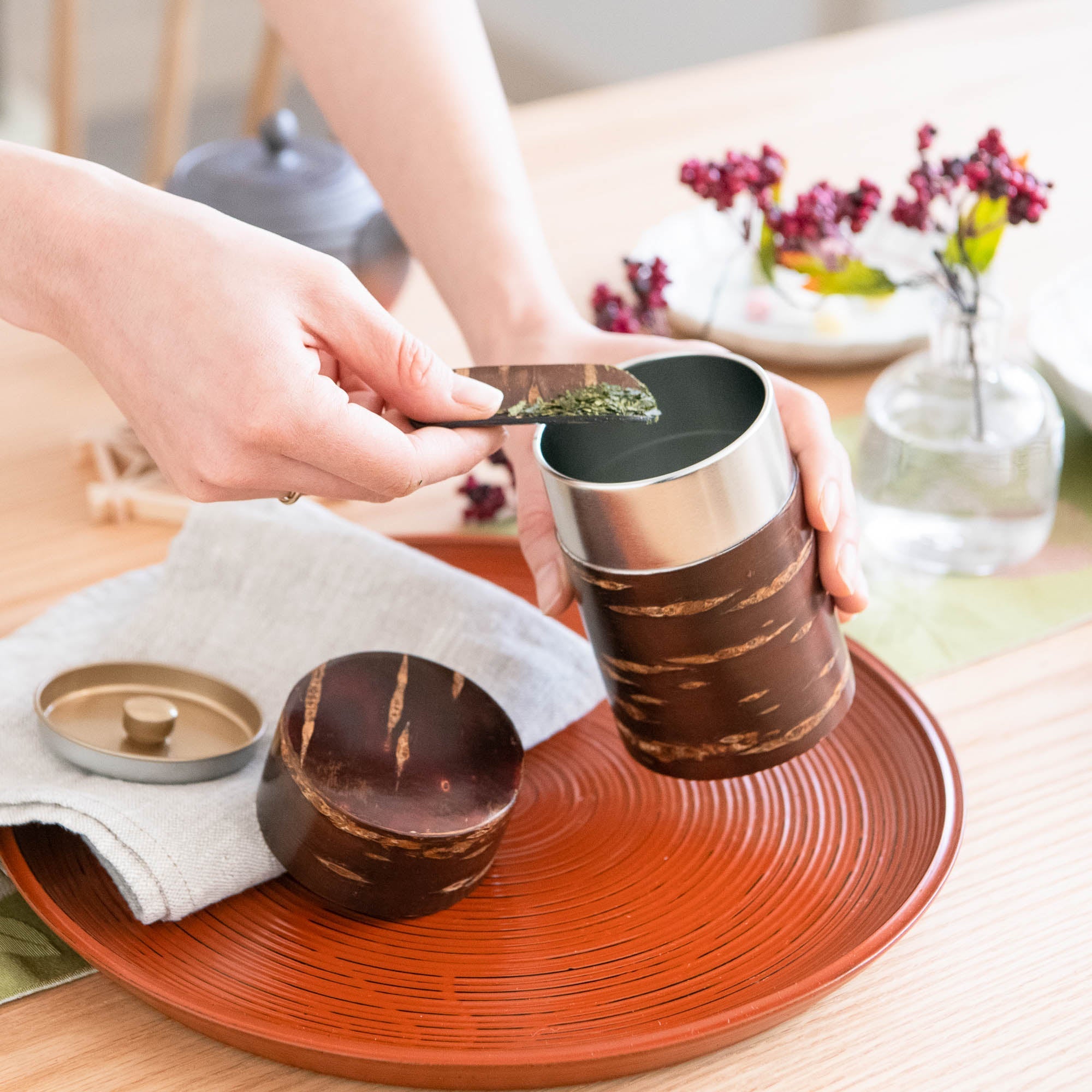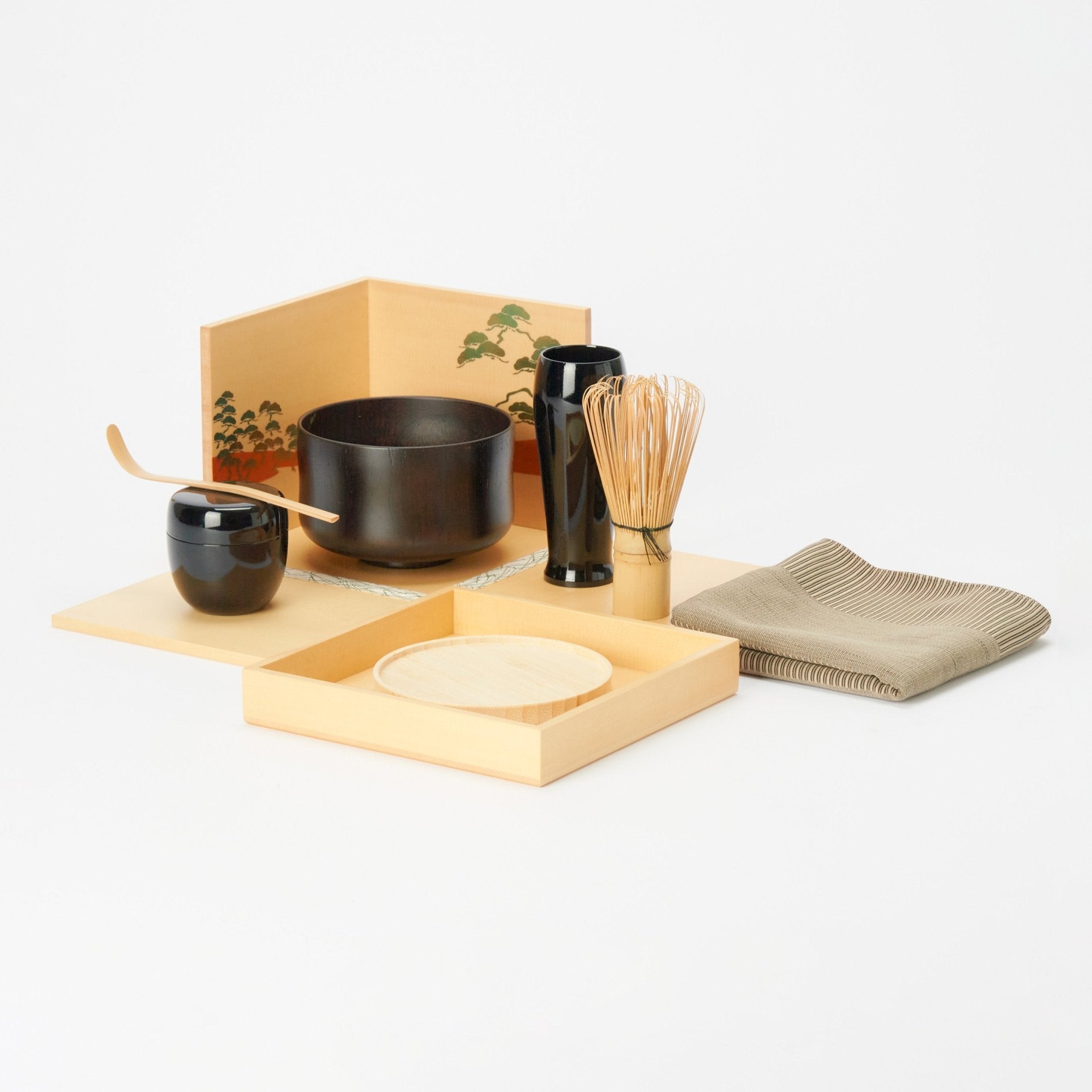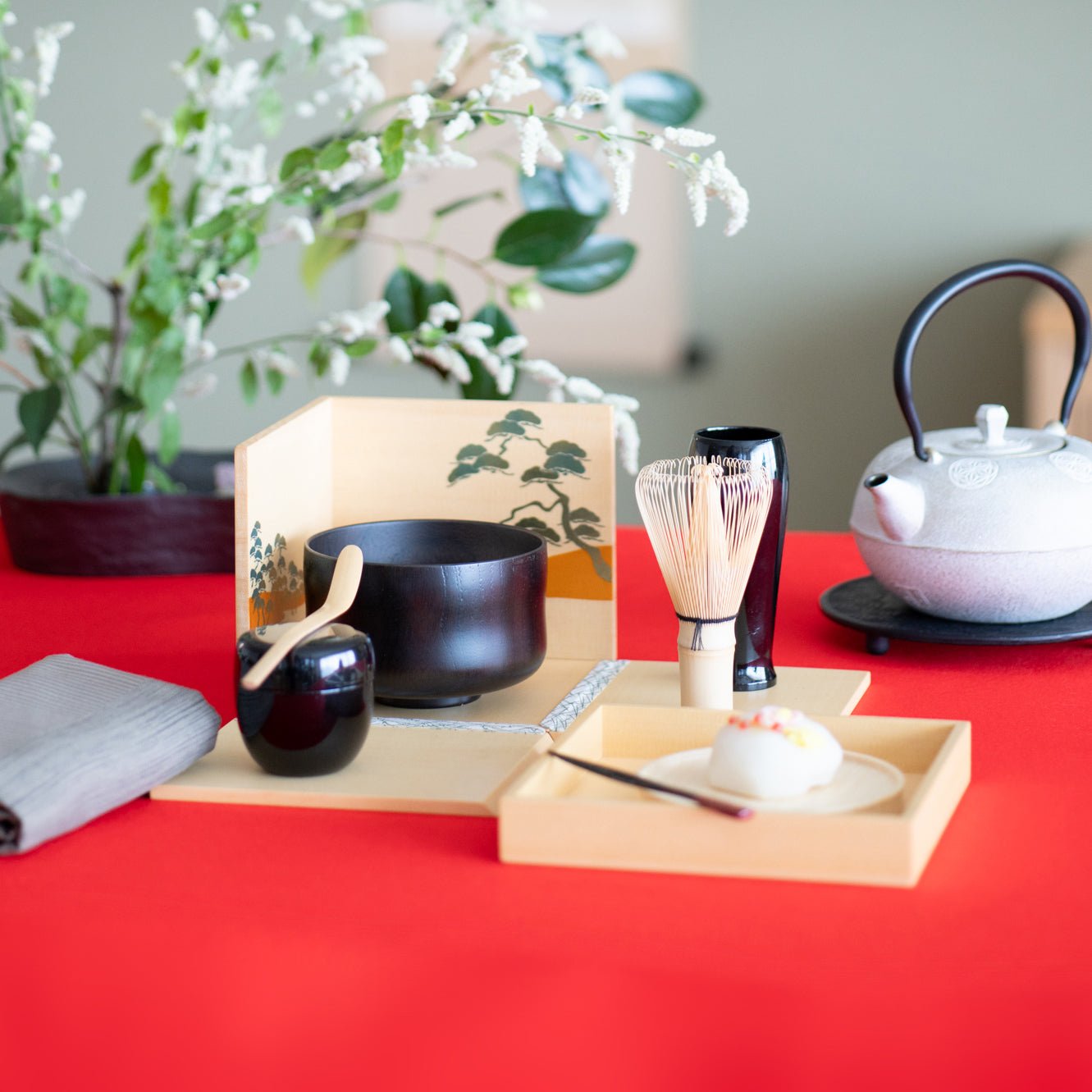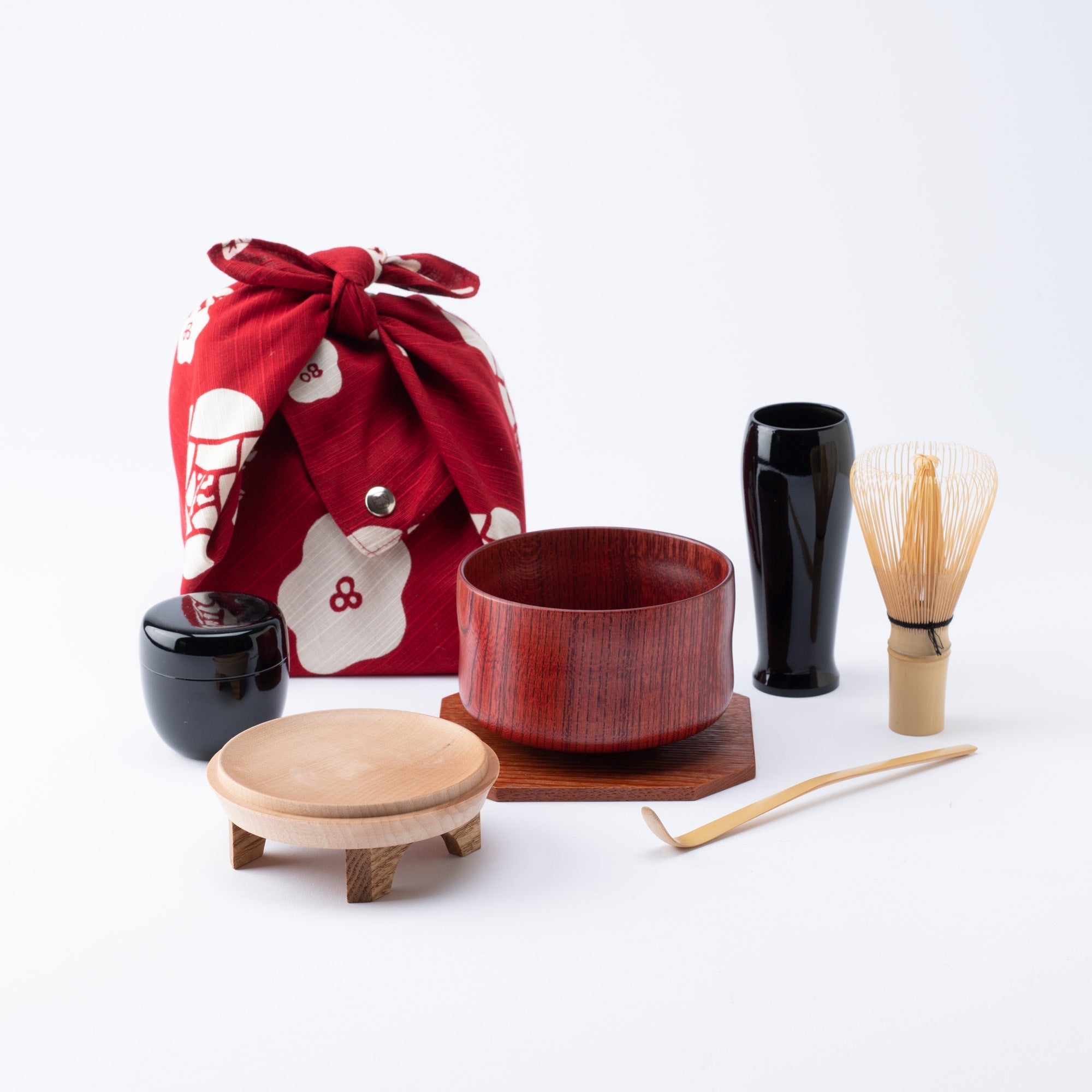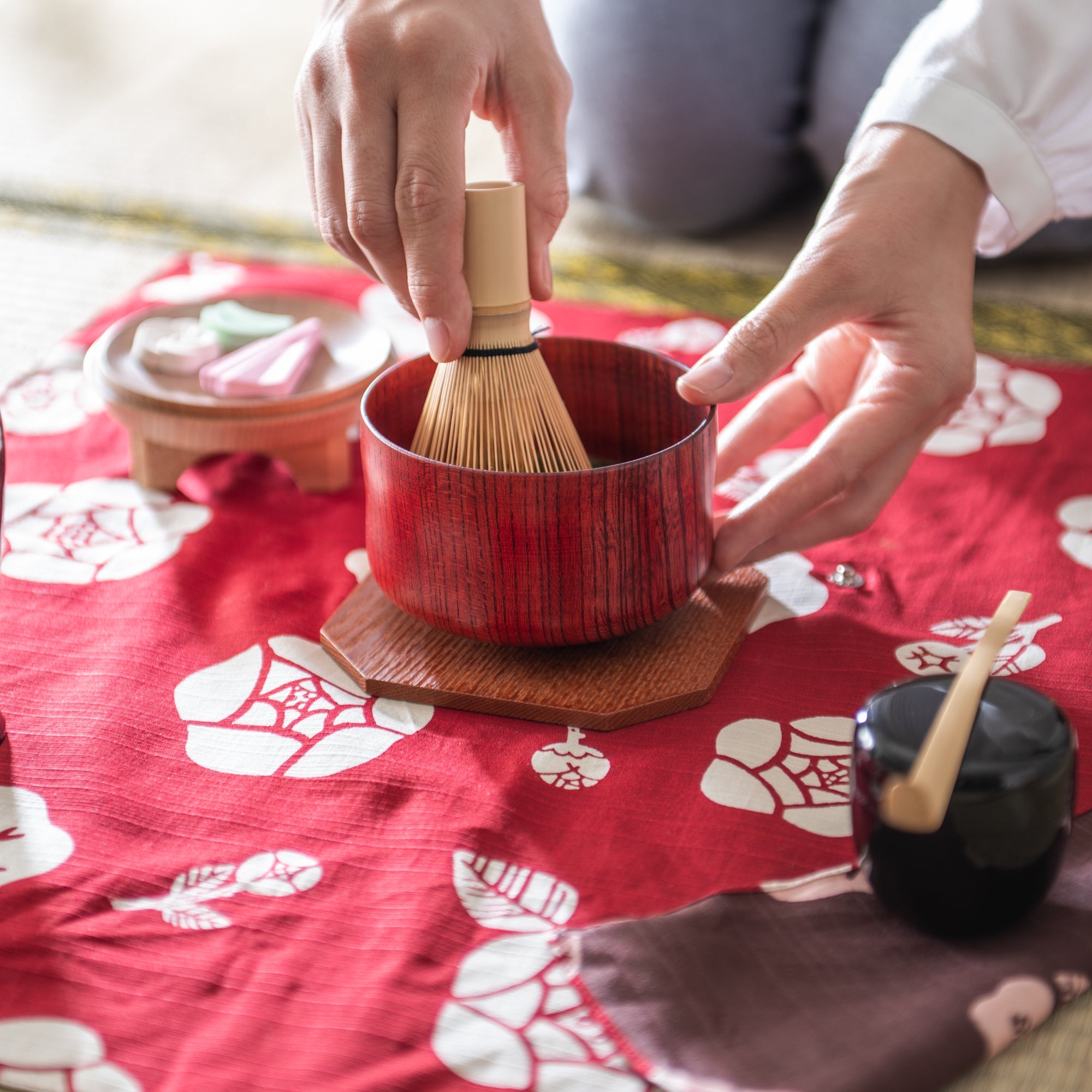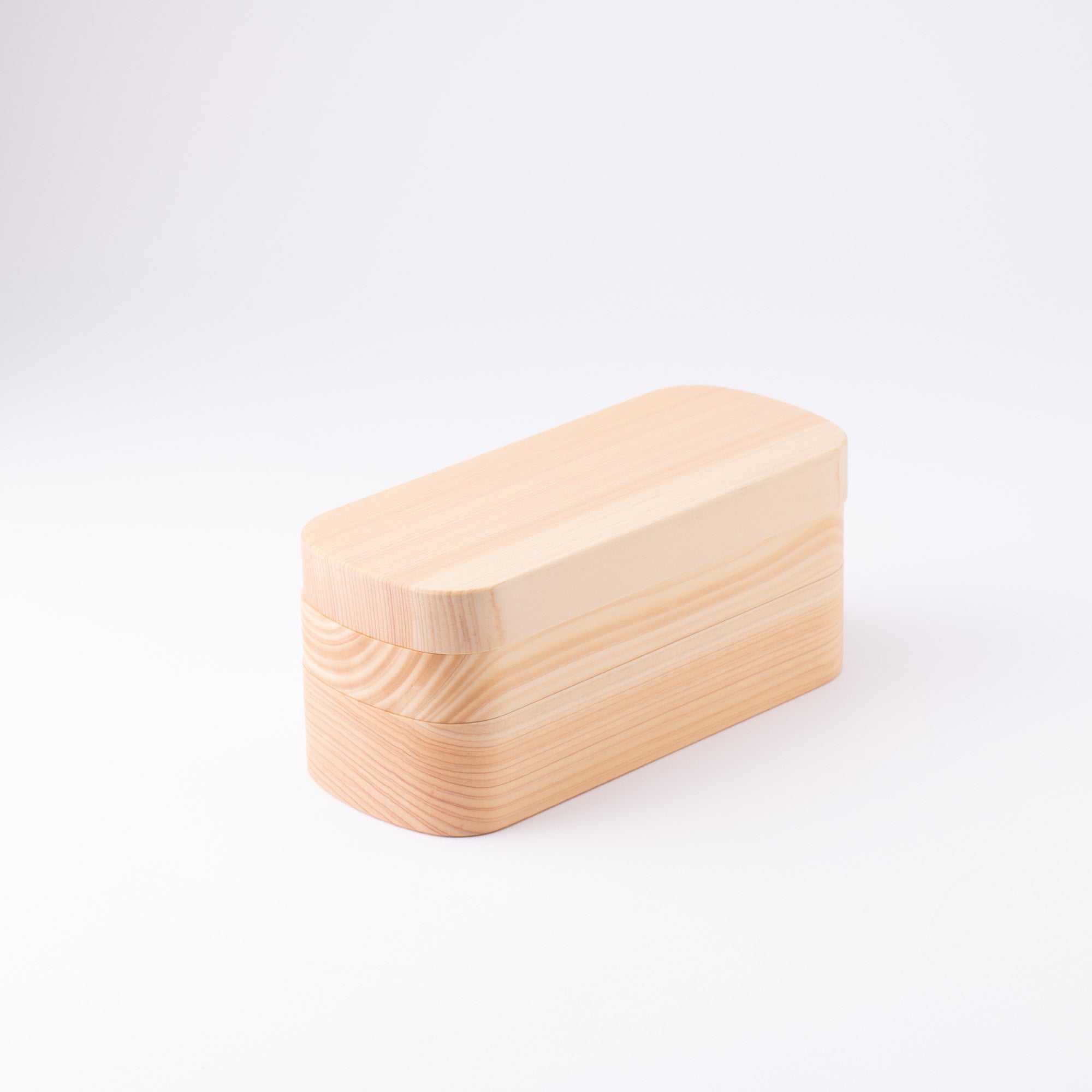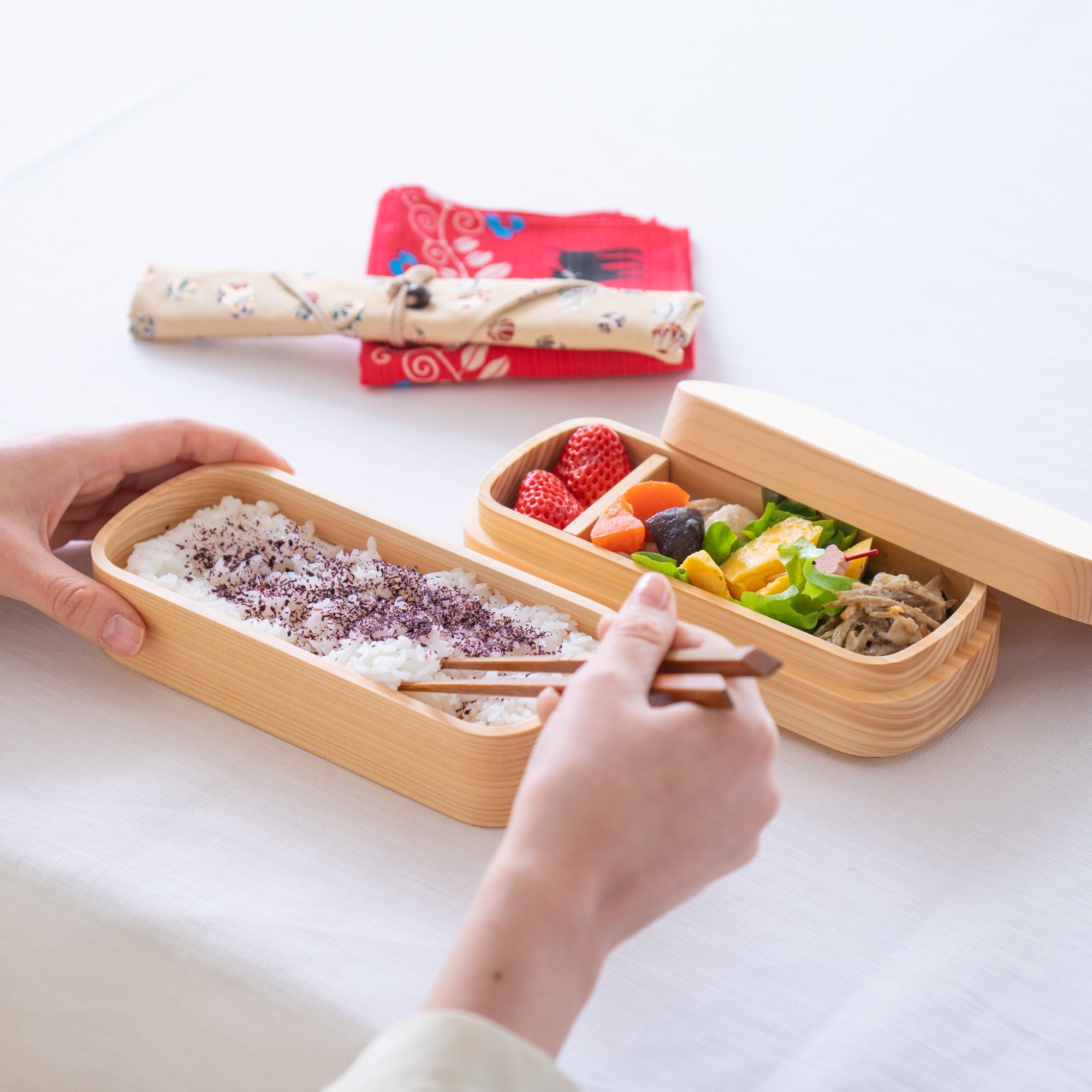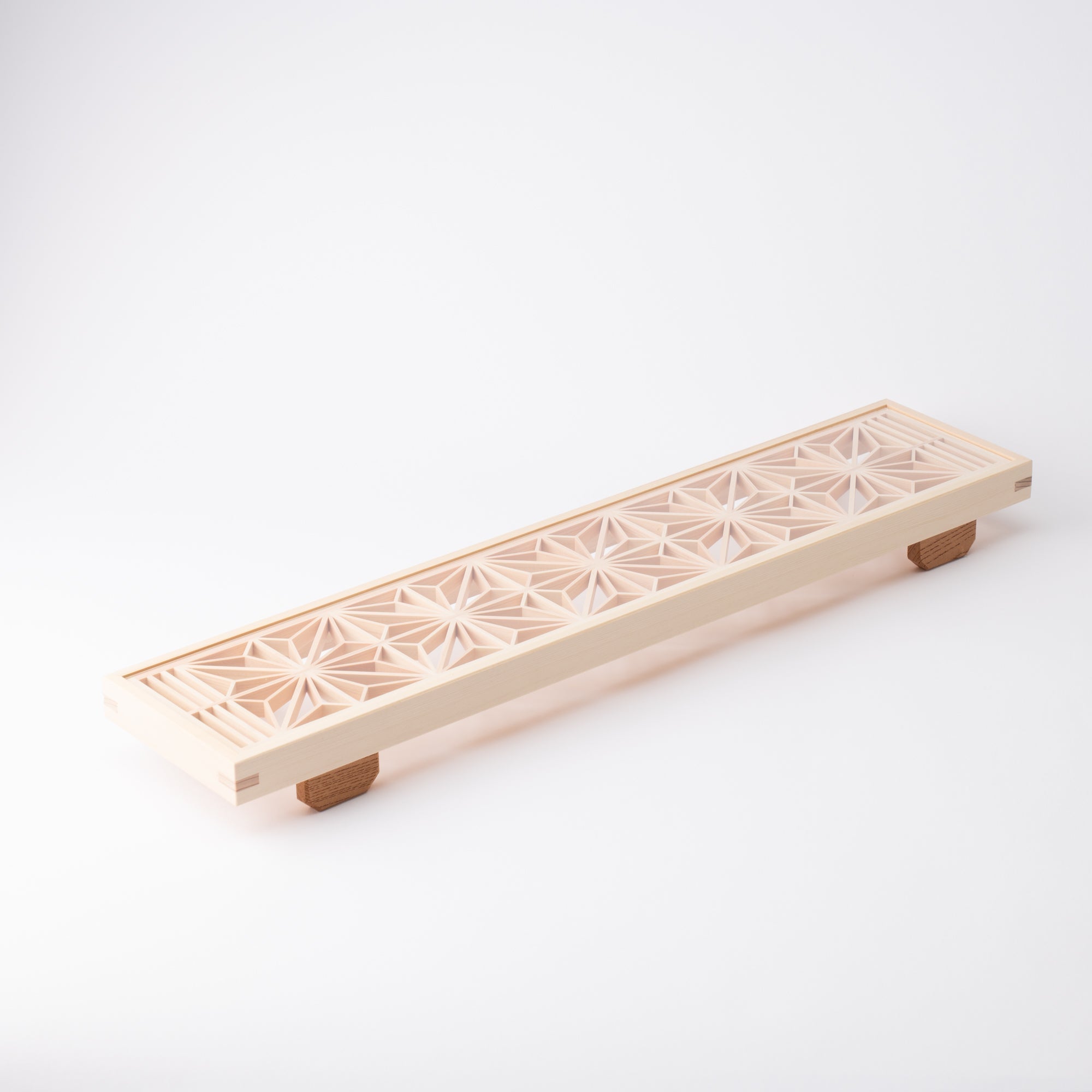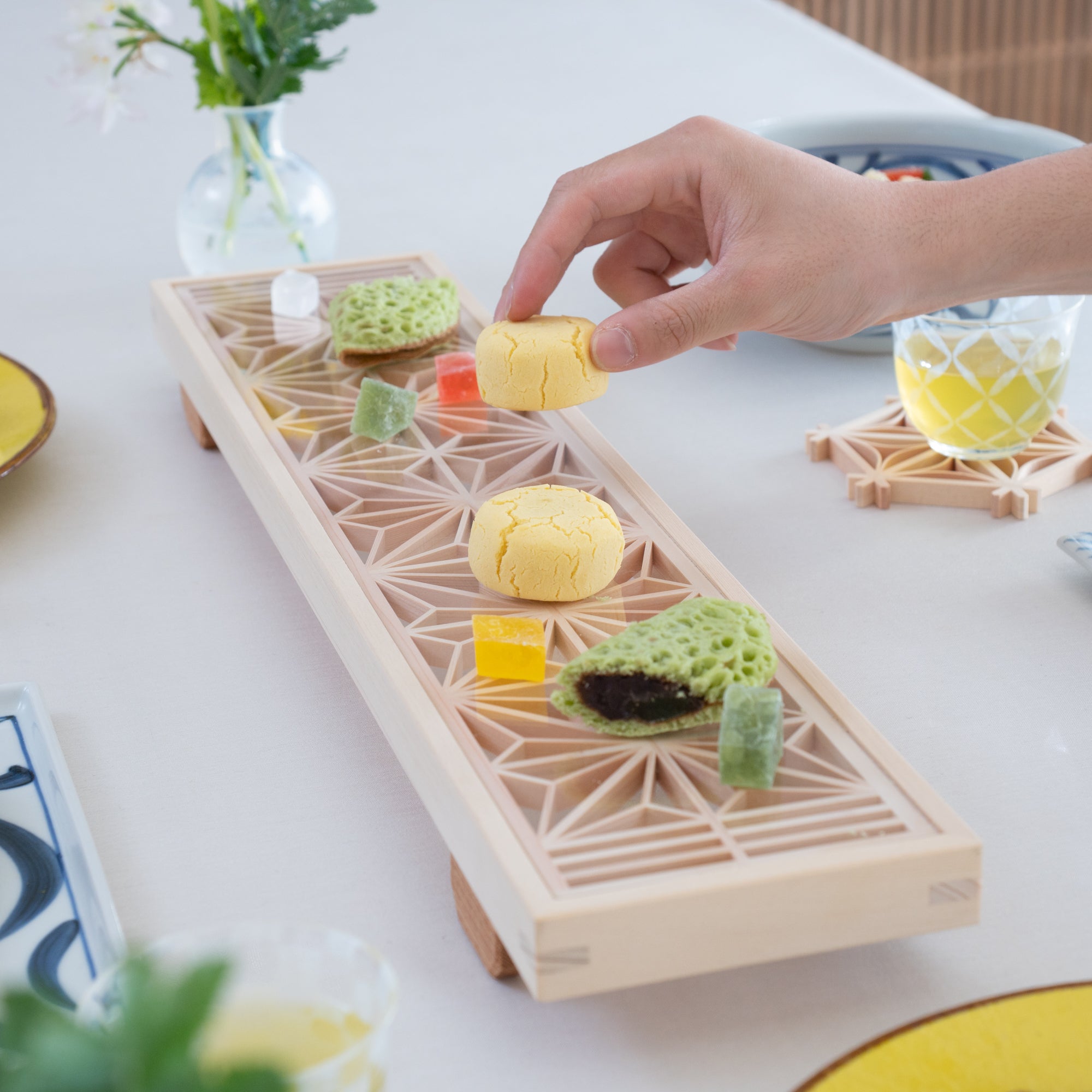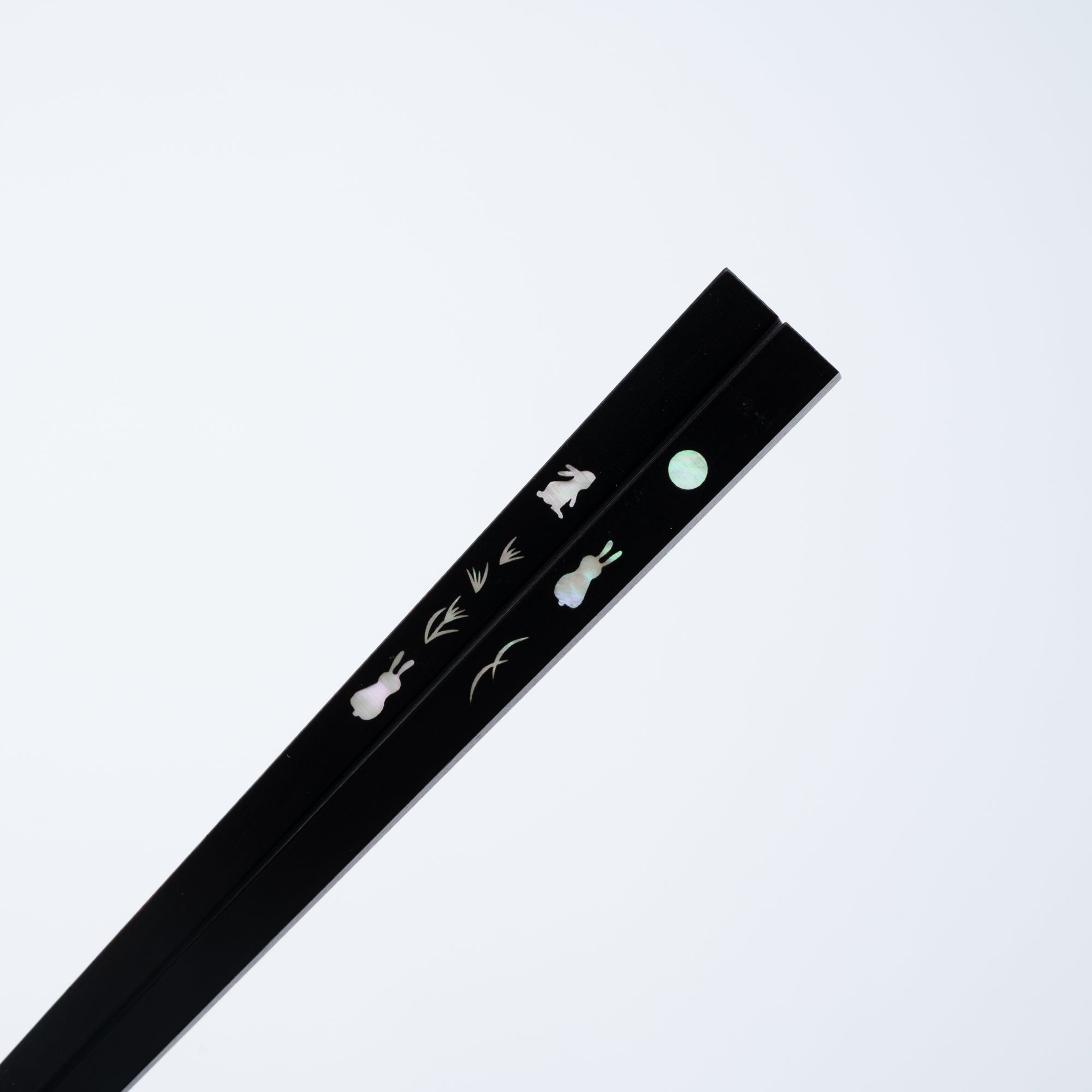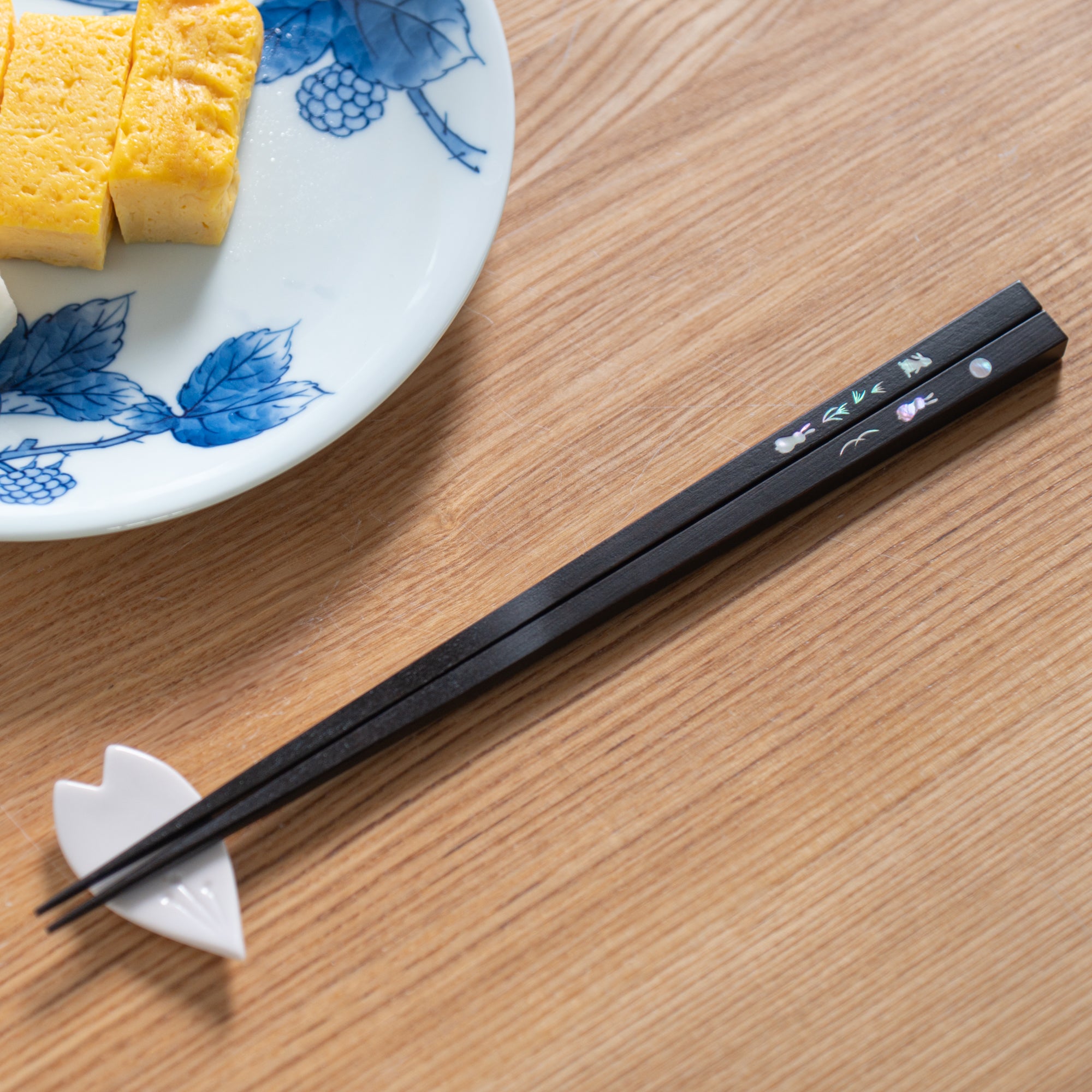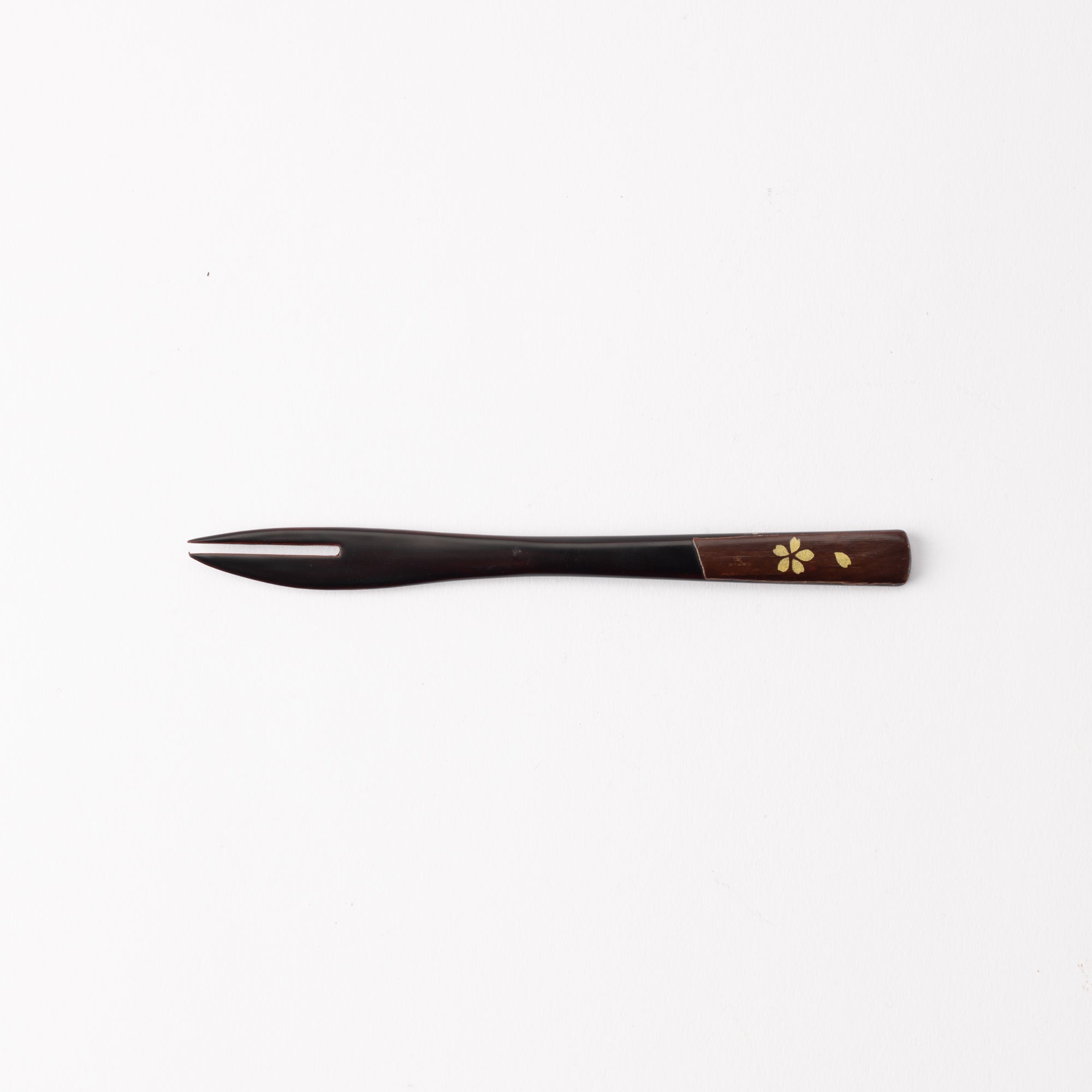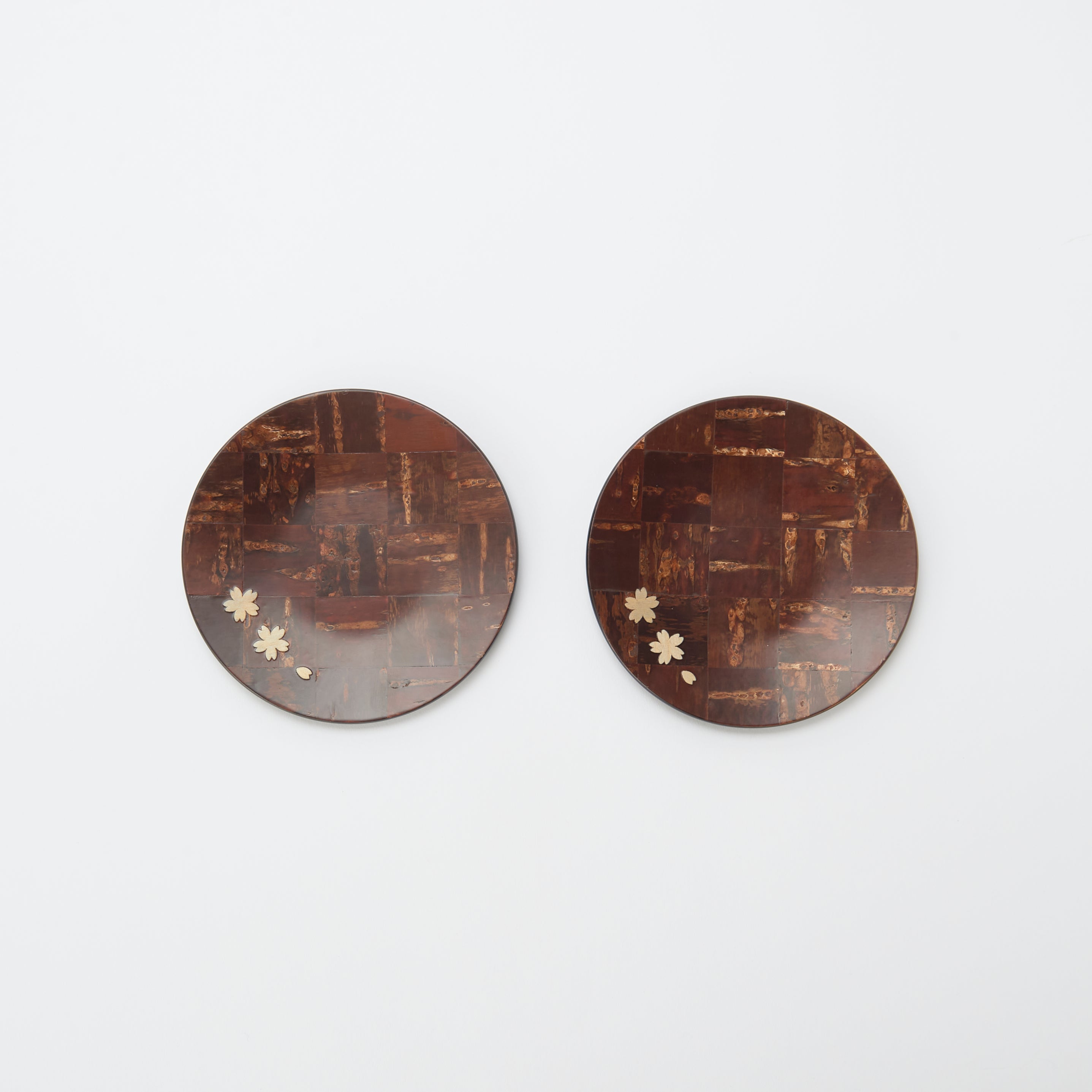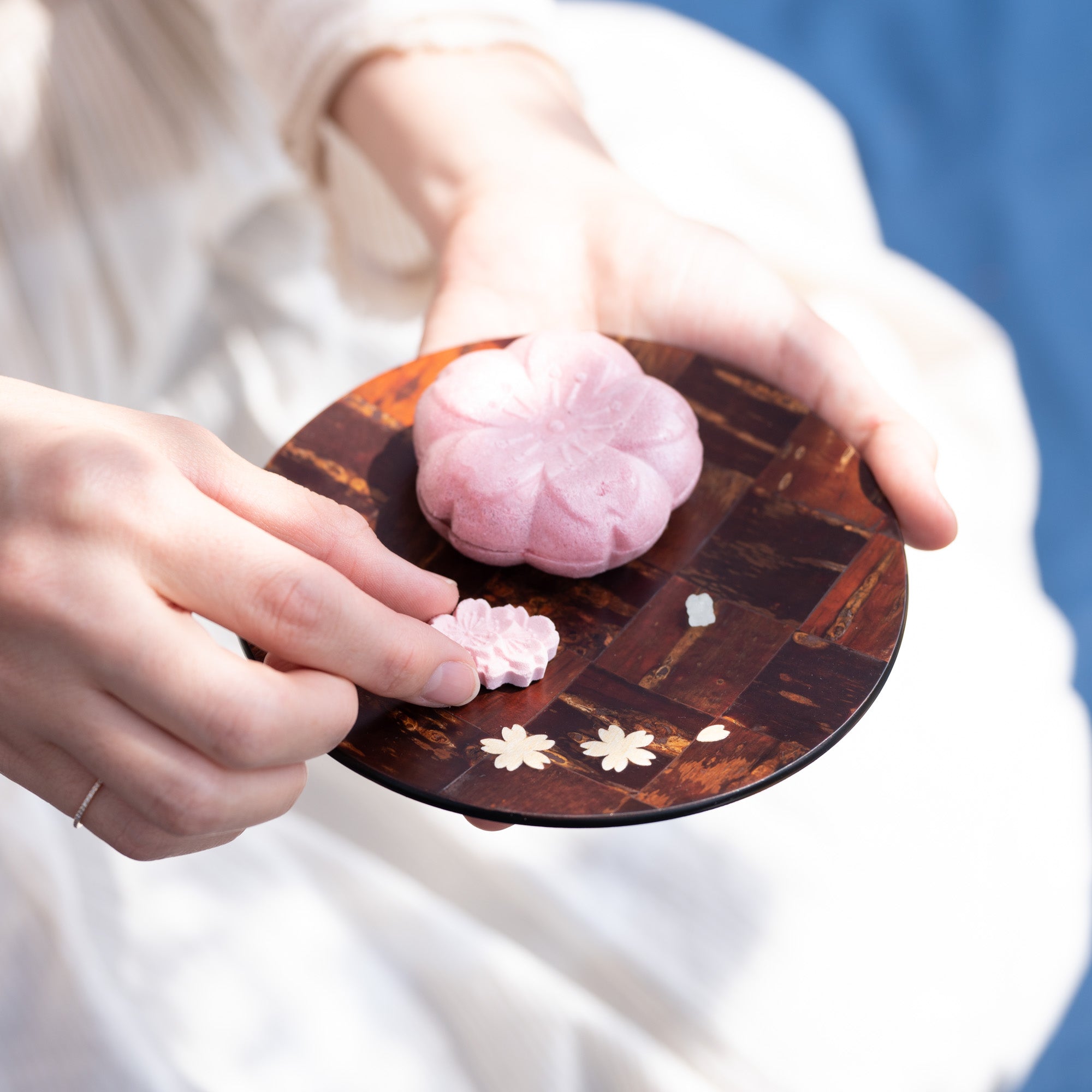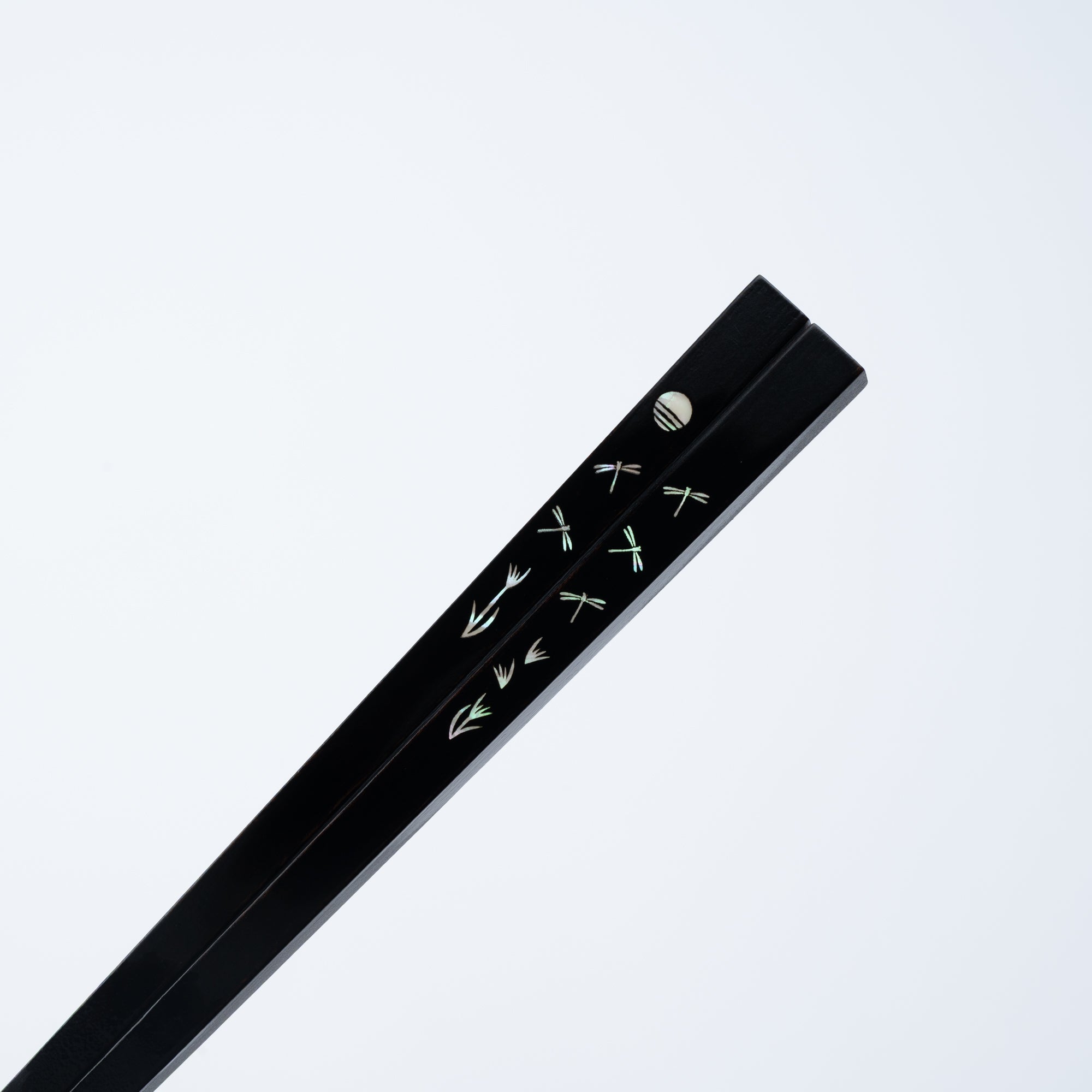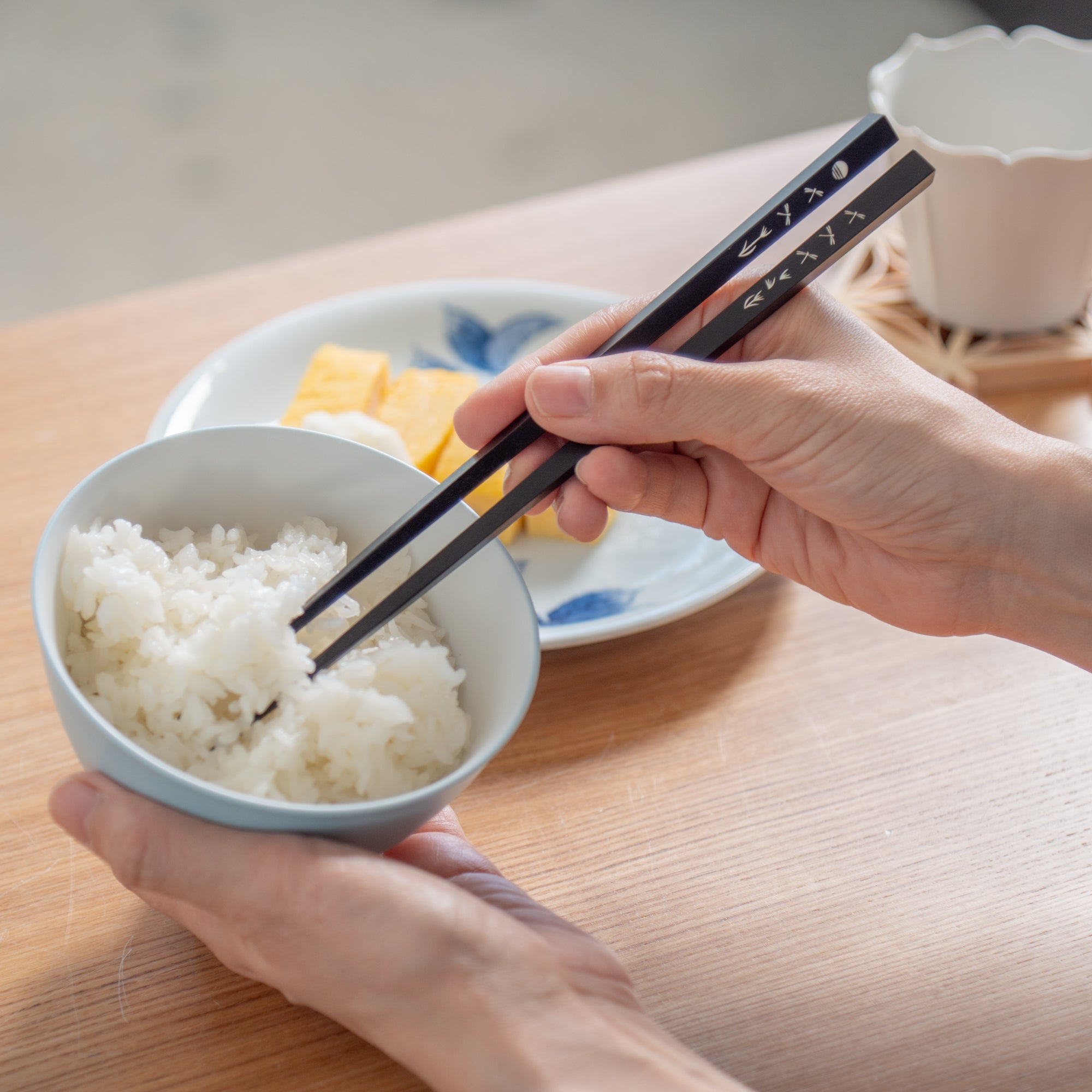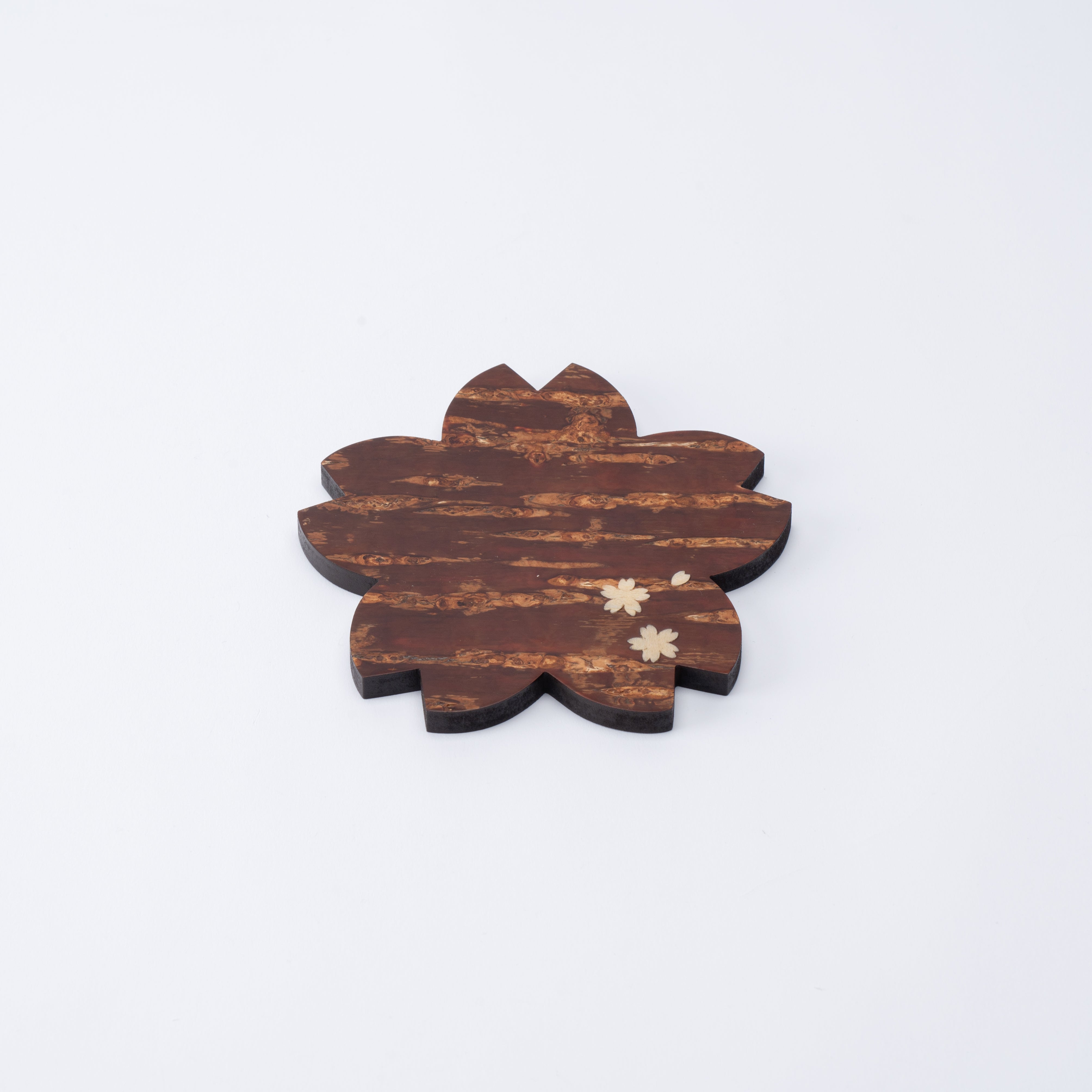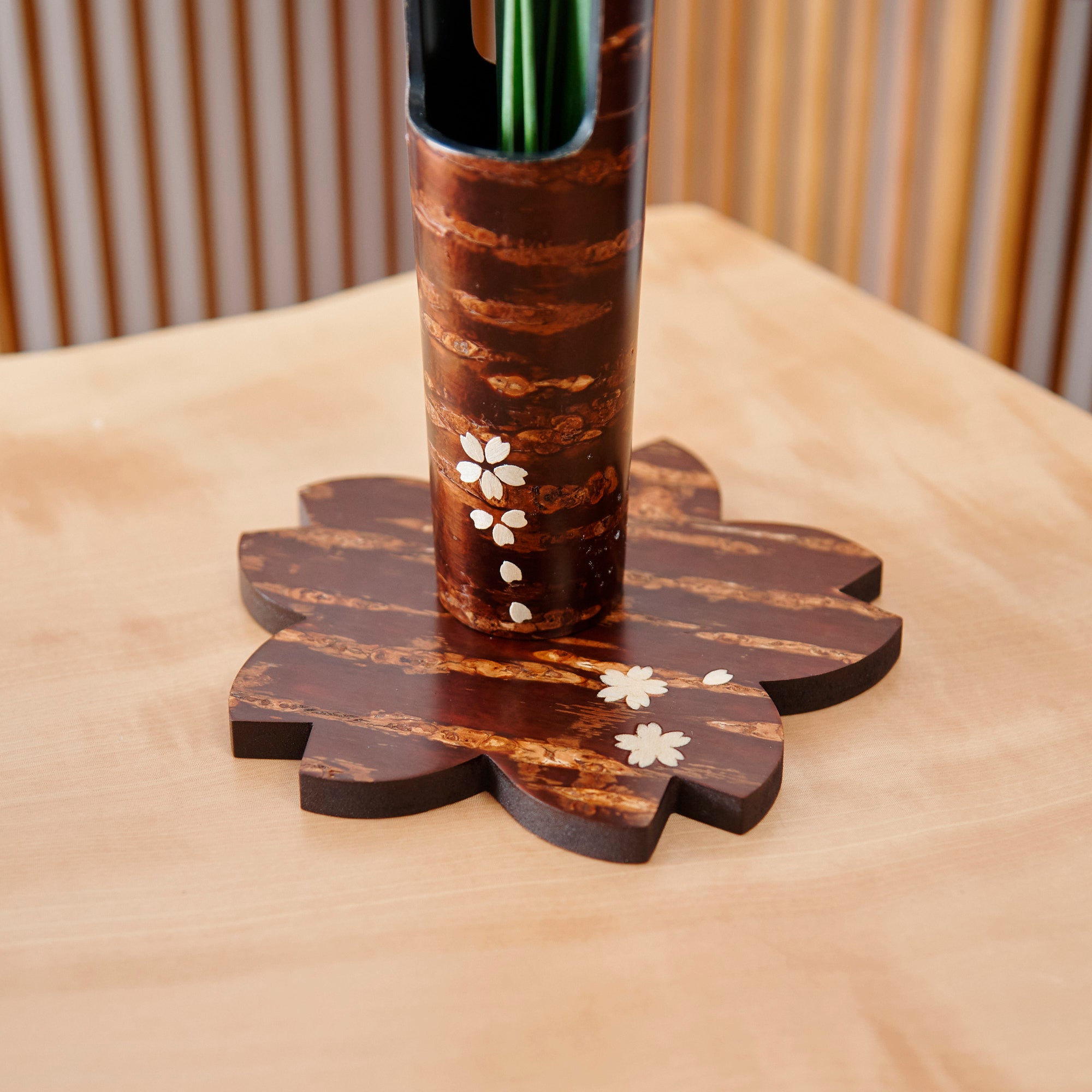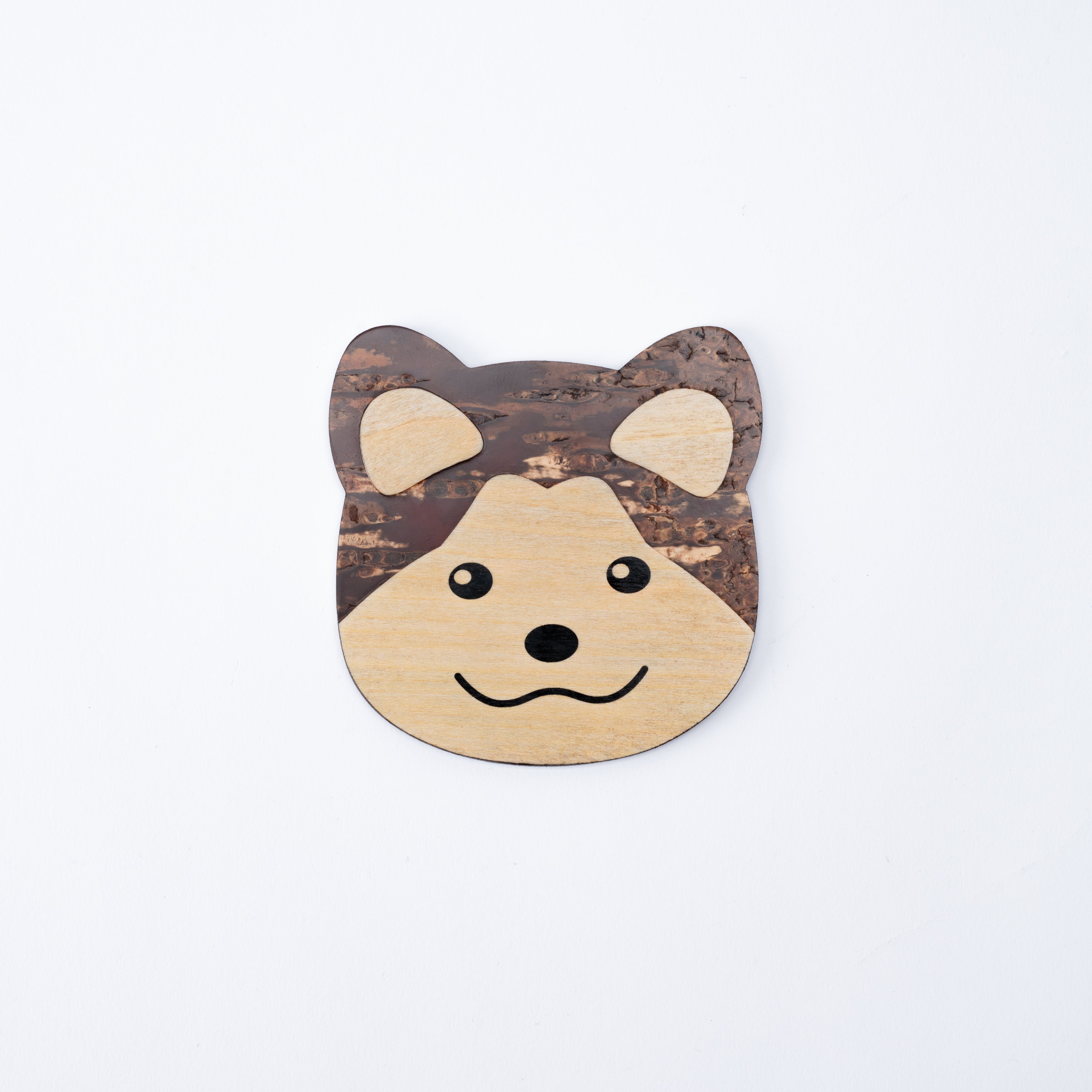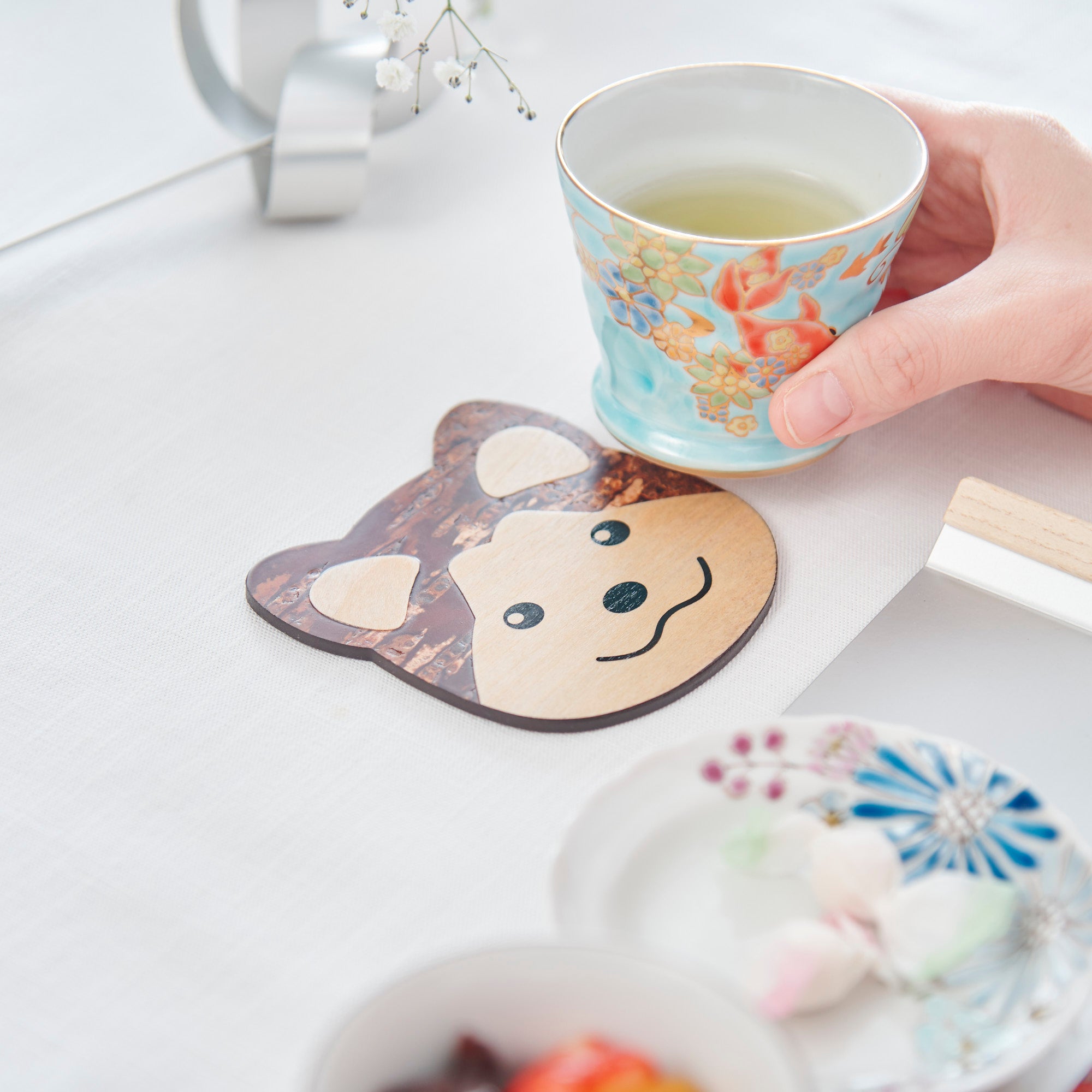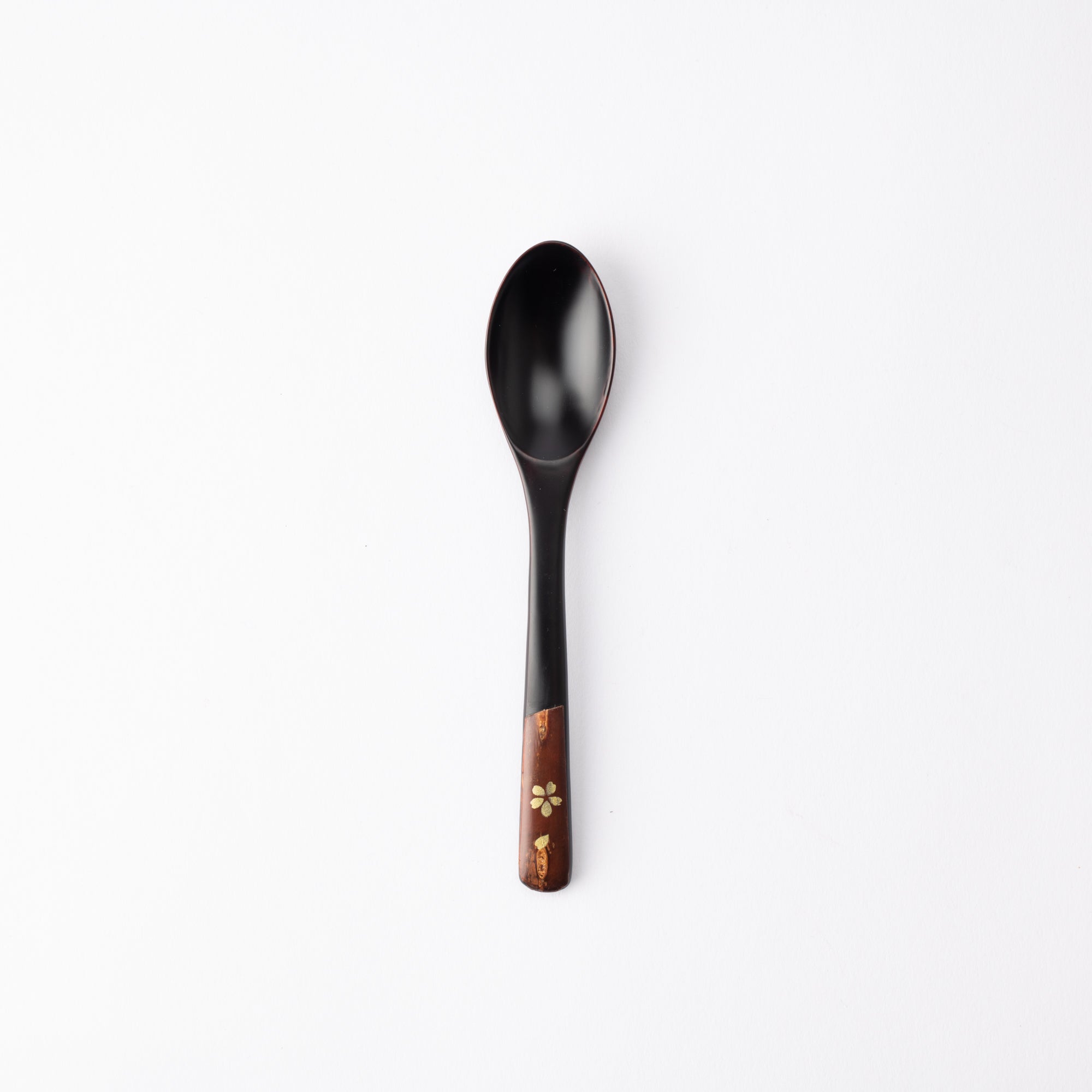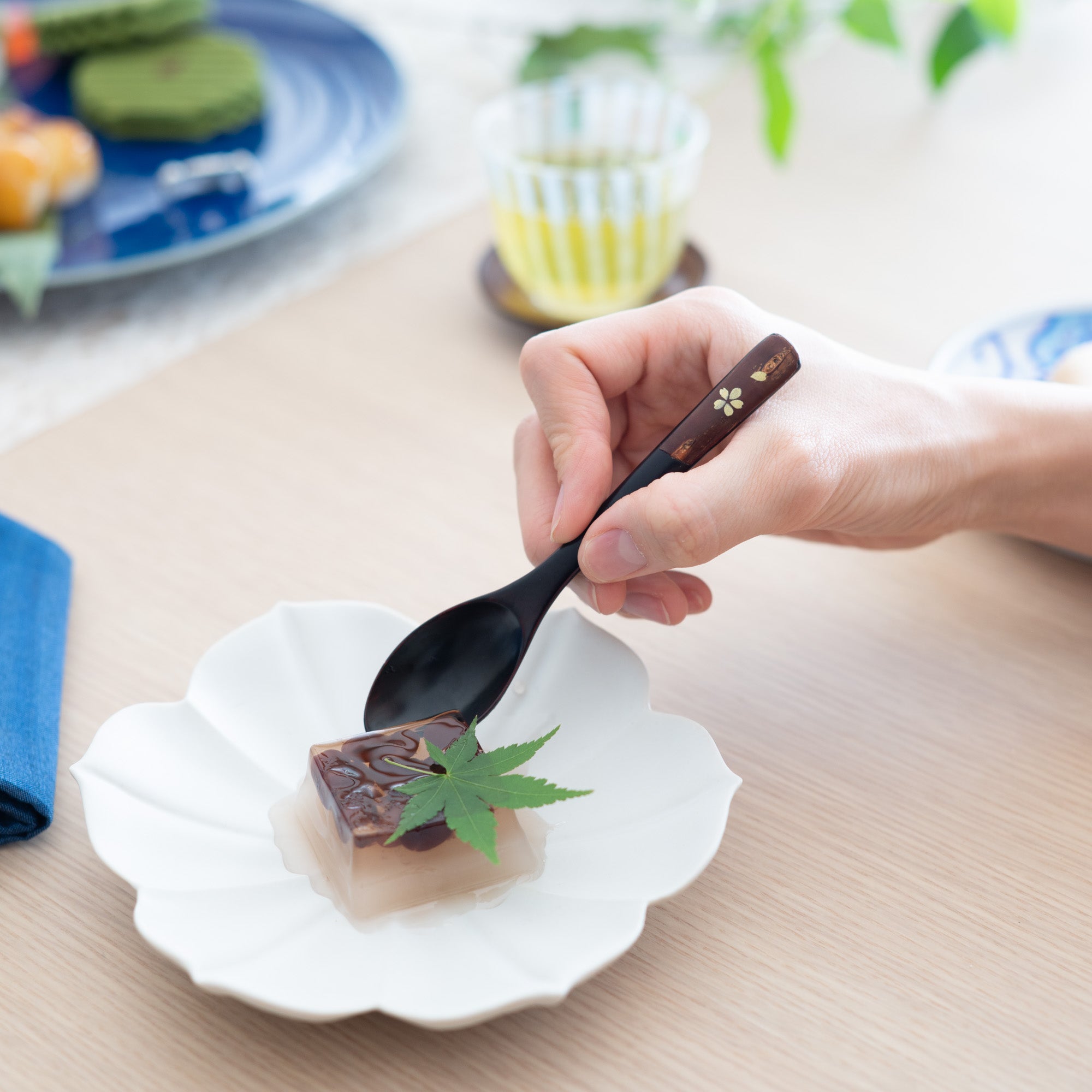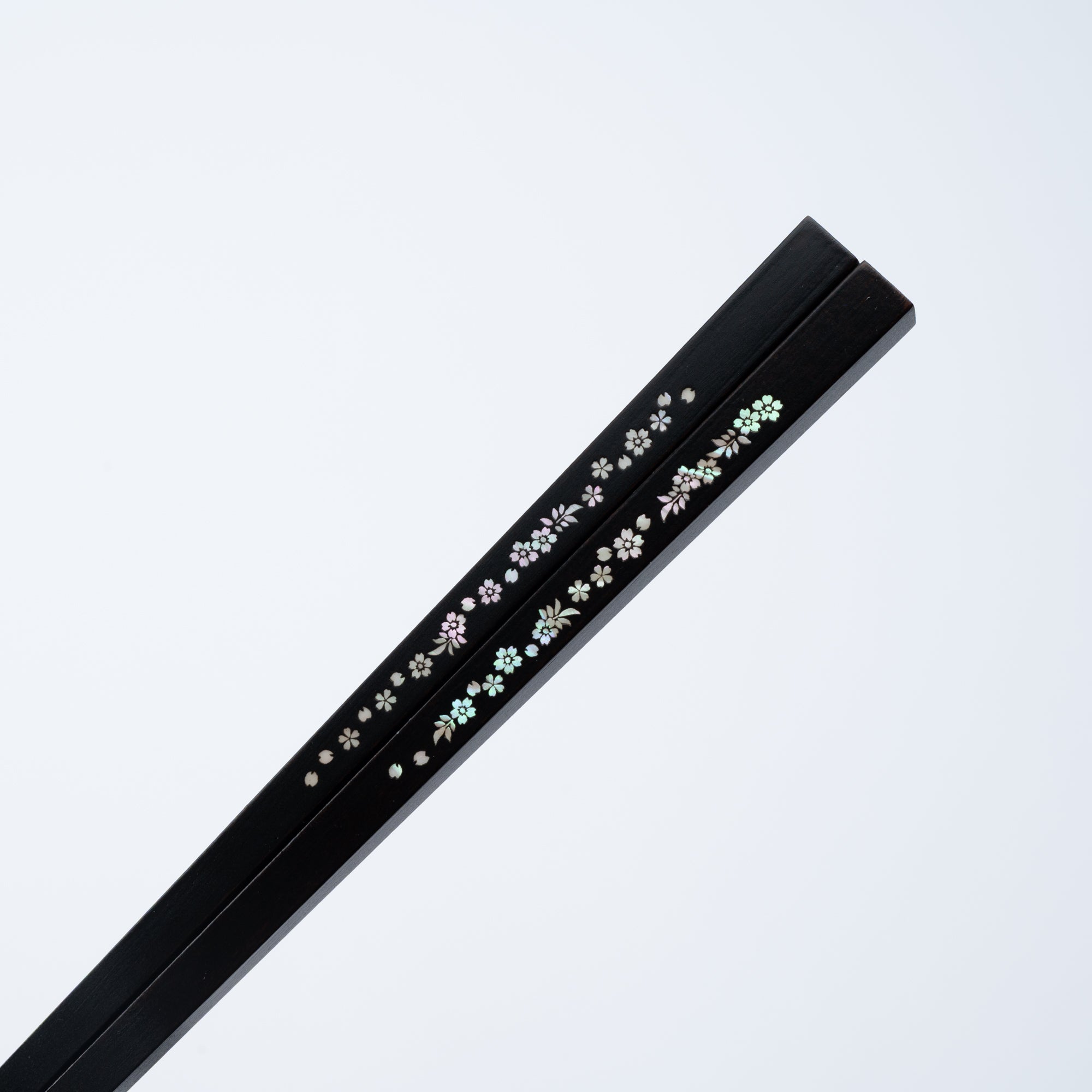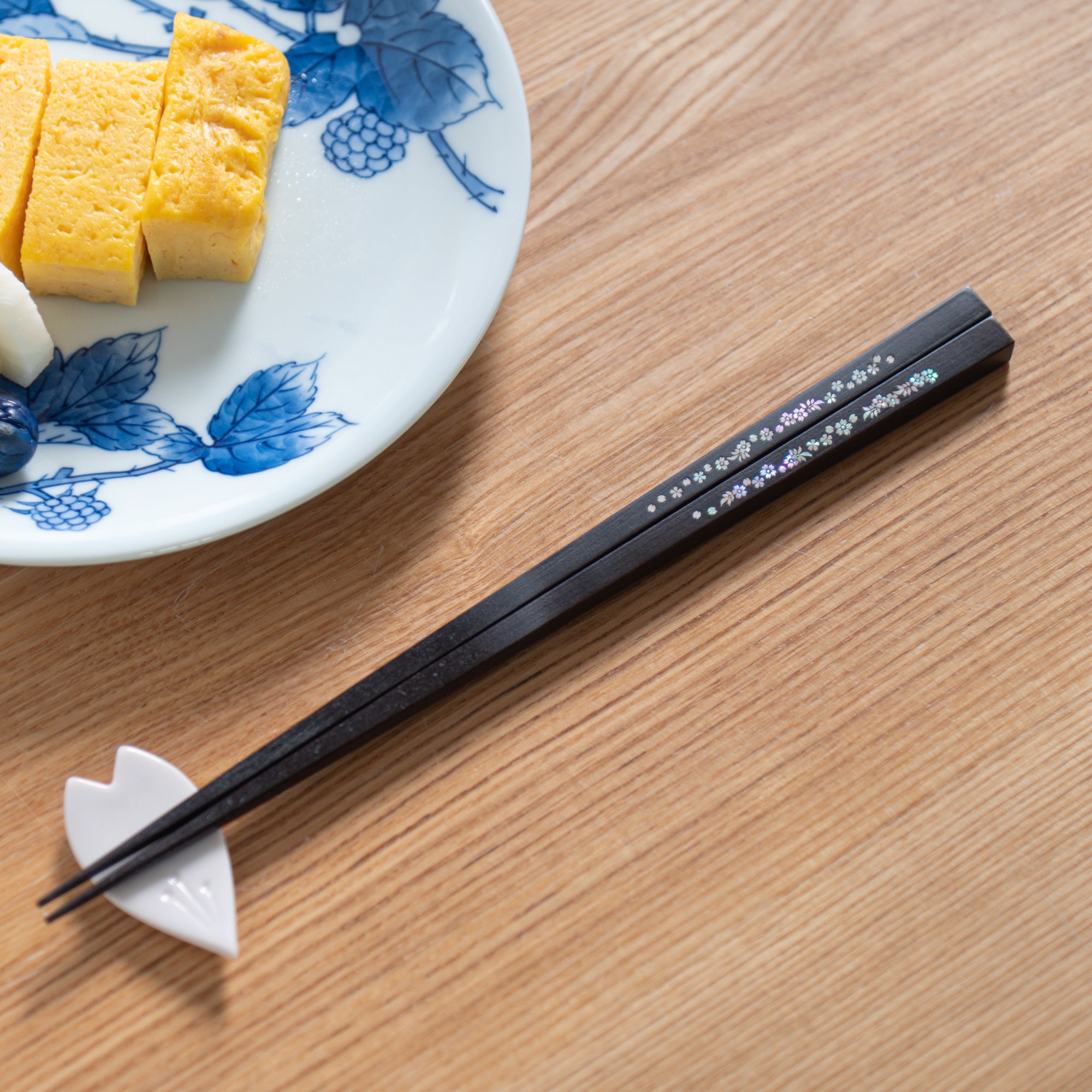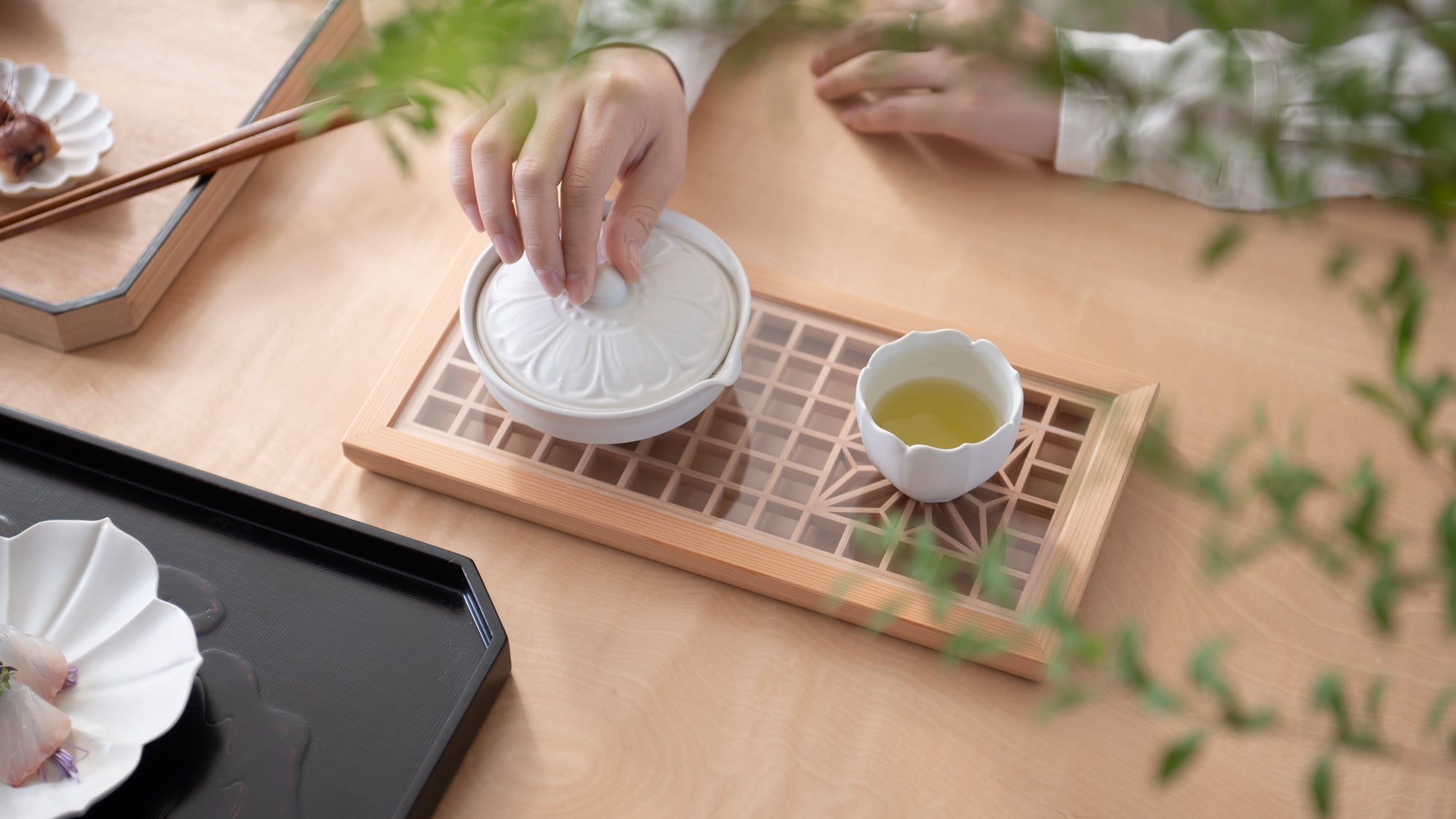
Woodcrafts
In Japan, 70% of the land is covered with forests, and there are said to be as many as 200 species of trees, including coniferous trees such as cedar and cypress, and broad-leaved trees such as zelkova, chestnut, and horse chestnut, that are used for construction and woodworking. Japanese wood crafts are made by making the most of the characteristics of the wood from each production area. For example, bamboo crafts in Kyushu, Japanese cypress products in Gifu, and cedar products in Akita are famous.
Filters
Pink Shell Inlay Sakura Fubuki Tea Canister
Sale price$217.00 USD
Yatsuyanagi Shell Inlay and Wood Sakura Akita Cherry Bark Work Rectangle Tea Tray
Sale price$117.00 USD
Nishimoto Ippuku Black Pine Yamanaka Lacquerware Matcha Tea Set
Sale price$465.00 USD
Yatsuyanagi Sakura Akita Cherry Bark Work Rectangle Tray With Handles
Sale price$233.00 USD
Yatsuyanagi Inlay Falling Sakura Akita Cherry Bark Work Tea Canister
Sale price$217.00 USD
Miyabi Urushi Nezuko Kiso Woodwork Japanese Soba Tray
Sale price$62.00 USD
Yatsuyanagi Shell Inlay Original Akita Cherry Bark Work Tea Canister
Sale price$194.00 USD
Miyabi Urushi Nezuko Kiso Woodwork Seasoning Tray
Sale price$78.00 USD
Yatsuyanagi Sakura Akita Cherry Bark Work Hexadecagon Chabitsu Japanese Tea Box
Sale price$698.00 USD
Yatsuyanagi Frosted Akita Cherry Bark Work Tea Canister
Sale price$179.00 USD
Ominato Bunkichi Hemp Leaf Wazen Kumiko Tray S
Sale price$301.00 USD
Wooden Plate Stand
Sale priceFrom $22.00 USD
Nishimoto Ippuku Yamanaka Lacquerware Matcha Tea Set with Sakura Furoshiki
Sale price$419.00 USD
Yatsuyanagi Sakura Akita Cherry Bark Work Tea Canister
Sale price$75.00 USD
Black Rectangular Decorative Stand M
Sale price$50.00 USD
Black Rectangular Decorative Footed Stand
Sale price$93.00 USD
Yatsuyanagi Checked Pattern Akita Cherry Bark Work Round Coaster
Sale price$16.00 USD
Yatsuyanagi Sakura Pail Akita Cherry Bark Work Single-Flower Vase
Sale price$58.00 USD
Nishimoto Ippuku Yamanaka Lacquerware Matcha Tea Set with Purple Furoshiki
Sale price$419.00 USD
Yatsuyanagi Lacquered Akita Cherry Bark Work Chashaku Tea Scoop
Sale price$71.00 USD
Odate Kougeisha Magewappa Round Side Plate
Sale price$45.00 USD
Toyoda Woodcraft Hemp Leaf Kanuma Kumiko Long Tray
Sale price$403.00 USD
Yatsuyanagi Sakura Akita Cherry Bark Work Tea Tray Small
Sale price$93.00 USD
Tsunoda Seibee Kishu Cypress Square Bento Box
Sale price$194.00 USD
Yatsuyanagi Shell Inlay Sakura Akita Cherry Bark Work Hexadecagon Tray
Sale price$155.00 USD
Yatsuyanagi Checkered Pattern Akita Cherry Bark Work Square Coaster
Sale price$16.00 USD
Yatsuyanagi Lacquered Akita Cherry Bark Work Wooden Spoon
Sale price$44.00 USD
Odate Kougeisha Flower Magewappa Bento Box
Sale price$224.00 USD
Yatsuyanagi Shell Inlay Sakura and Cypress Akita Cherry Bark Work Tea Canister
Sale price$164.00 USD
Sakura Shell Inlay Cutlery Stand
Sale price$62.00 USD
Yatsuyanagi Checkered Pattern Akita Cherry Bark Work Round Coaster
Sale price$24.00 USD
Yatsuyanagi Shell Inlay Checkered Pattern Akita Cherry Bark Work Plate 12.7 in
Sale price$140.00 USD
Ominato Bunkichi Hemp Leaf Wazen Kumiko Coaster
Sale price$75.00 USD
Yatsuyanagi Long Akita Cherry Bark Work Tea Canister
Sale price$66.00 USD
Nishimoto Ippuku White Pine Yamanaka Lacquerware Matcha Tea Set
Sale price$503.00 USD
Nishimoto Ippuku Yamanaka Lacquerware Matcha Tea Set with Rose Furoshiki
Sale price$419.00 USD
Tsunoda Seibee Kishu Cypress Two Tiered Bento Box
Sale price$214.00 USD
Ominato Bunkichi Hemp Leaf Wazen Kumiko Tray L
Sale price$410.00 USD
Toyoda Woodcraft Square Hemp Leaf Kanuma Kumiko Long Tray
Sale price$403.00 USD
Moonlit Rabbit Chopsticks
Sale price$79.00 USD
Yatsuyanagi Sakura Akita Cherry Bark Work Lacquered Fork
Sale price$22.00 USD
Checkered Pattern Side Plate Set
Sale price$58.00 USD
Moonlit Dragonfly Chopsticks
Sale price$79.00 USD
Cherry Blossom Decorative Stand
Sale price$31.00 USD
Pink Shell Inlay Sakura Chasaji Teaspoon
Sale price$15.00 USD
Akita Dog Coaster
Sale price$22.00 USD
Yatsuyanagi Lacquered Akita Cherry Bark Work Wooden Dessert Spoon
Sale price$22.00 USD
Fleeting Sakura Chopsticks
Sale price$79.00 USD


